Georgia part 1: From the border to Tbilisi
Journey through the South of Georgia (26)
Gamarjoba from Georgia, the small country between Russia and the West with its rich culture, astonishingly diverse landscape, great cuisine and (supposedly) 8000 year old history of wine-making. We crossed the border to Georgia exactly one month ago and it was a special feeling standing at a border again after 8 months in Turkey. Miles of trucks from all over Central Asia lined the busy road and yet we got across the border pretty smoothly and learned that we could even stay in Georgia visa free for 365 days. Full of adrenaline and anticipation for something new, we walked out of the architecturally very special border post and once again arrived in a different world: We saw casinos and churches in Sarpi and in Kvariati our first beach with bathers and beach bars for quite some time.
We first had to get used to the different and more liberal life here and rented an apartment in the port city of Batumi (population about 152’000) for almost a week. We were really looking forward to all the possibilities Batumi offered us after so many weeks spent in the Turkish back country. Right after our arrival we went directly to a restaurant, ordered our first Georgian meal, enjoyed the delicious wine and just looked at each other in disbelief that all this was now suddenly possible again. Under other circumstances, we probably would have stayed only a short time in Batumi and then immediately moved on to the mountains, but we really graved for some urban comfort and, moreover, we liked Batumi surprisingly well.
Batumi: A City of Contradictions
Batumi is a city full of contrasts. On one hand, there is a construction boom with new hotels, casinos and tower blocks transforming the skyline and on the other hand, there are many half-ruined blockhouses and shabby buildings that have nothing to do with the sophisticated Batumi that attracts tourists. Soviet bunkers stand next to new high-rise buildings with glass facades and in the old town there are many beautifully restored belle-époque buildings. Certain squares resemble those in Southern Europe with their fountains and cafés, but seem rather out of place. It’s an architect’s playground with art nouveau buildings mixed with pseudo-classicism and futuristic works and you could spend hours just walking and marveling at the city. Batumi is often referred to as the Las Vegas of the East and the nighttime spectacle and all the hustle and bustle definitely make you think of a smaller imitation of the famous gambling city. For example, there is a skyscraper with an integrated Ferris wheel or the tower of the Georgian alphabet and obviously there are many casinos mostly attracting Turkish guests as gambling is prohibited there.
Of course, a few art installations, a large Ferris wheel and a cable car cannot be missing. But what we like particularly is the sculpture "Ali & Nino", named after a well-known book about the love story between the Muslim boy Ali and the Georgian Christian Nino. The 8 m high moving steel sculpture consists of two figures, a man and a woman, who slowly move towards each other, briefly touching and then separating again, in an eternal cycle.
In the evening you can stroll along the 7 km long boulevard and everywhere there is something to consume, while street musicians try their luck and a few elderly people sit very quietly on the ground and beg at the same time. Children are running around with their ice cream and you see many guests from Turkey or Iran who spend their vacations in liberal Batumi. In the surprisingly beautiful old town many good restaurants, boutiques and trendy backyard bars are waiting for tourists and in the spacious parks you find pelicans and people are playing ping-pong. Of course, you can swim in front of Batumi's skyline and loll about on the warm stones, but in our opinion it’s not attractive enough to spend a beach holiday here. Somehow you don't really know what to think of the city and yet it has something.
We take a trip to the Botanical Garden with our bicycles and realize that the Georgian way of driving is definitely worse than imagined. The drivers are reckless and rules don’t seem to exist as overtaking at high speed on single-lane roads and crossing solid lines seems to be normal. Fortunately, there's just sparse traffic on the countryside. We manage to arrive safely at the Botanical Garden, an oasis of tranquility after the traffic madness. The various paths and terraces offer beautiful views of the Black Sea Coast and Batumi in the distance. The subtropical climate is ideal for various plant species and we even see a bamboo forest.
Back in the city we meet our new friends Nicole & Beni (https://kommt-zeit-kommt-rad.ch/en/) for the first time. They are from the same corner in Switzerland, left in April and just arrived in Georgia by ferry from the Ukraine. They contacted us via Facebook and we happen to be in Batumi at the same time. We spend an evening together, go out for dinner and drinks and get along so well that we spontaneously decide to continue cycling together towards Tbilisi. We want to take a route through southern Georgia and after almost a week in quirky Batumi we’re ready again for nature and mountains and are looking forward to finally exploring the Georgian back country.
Ottoman stone bridges, Chacha and wandering cows everywhere
The four of us leave Batumi together and by the time we have our lunch at a cozy river restaurant it feels almost like being on a holiday. The traffic gradually decreases and the landscape gets more and more scenic. As in Turkey we follow the river Çoruh again, which is now called Tschorochi and flows into the Black Sea. For the next few days, the road climbs steadily until we reach our next destination, the Goderdzi Pass at an altitude of 2025 meters. We cycle along green forests through a lovely valley and slowly start to get used to the Georgian back country, which seems far away from the hustle and bustle of Batumi. People continue to react positively to us, they're honking and talking to us, but it isn’t comparable to the hospitality and openness in Turkey. It’s a different mentality and we also quickly realize what influence alcohol probably has in everyday life.
On the first evening we find a nice campsite by the river and immediately end up at a small supra, the well-known Georgian feast. The tamada regularly encourages the guests to raise their glass with his toasts. We’re immediately invited and Beni and Dario receive their share of Chacha, the strong Georgian liquor made from grape marc. The first toast goes to all the women and then to…well…it could have gone on for a long time, but we’re sweating and want to cool down, so we have a good excuse to sneak away just in time before we get offered more Chacha. We jump into the river with local guys and then cook our dinner. It's nice to catch up with Nicole & Beni and we enjoy talking about our experiences. A perfect day comes to an end, if only cycle touring was always this relaxing.
From Khulo to the Goderdzi Pass
Sadly, after reaching the small village of Khulo we have to go separate ways again, as Beni isn’t feeling well and we’ve already reserved our apartment in Tbilisi and can’t take a longer break. Unfortunately, there also wasn’t enough time to take the rustic cable car from Khulo to the other side of the valley to Tago. The locals still use this dizzying 1700 meter long cable car as their daily means of transport.
After a last breakfast together we continue along a 30 km long gravel road that leads up to the Goderdzi Pass. The route is exhausting even by car and even more so with packed bikes. Since the Albula Pass we haven’t made so many meters in altitude. We need a day and a half for the climb and are so relieved when we finally see the sign at the top and just behind it the restaurant Edelweiss. Ironically, we even get a Georgian version of a Swiss Cheese fondue that is also eaten with bread.
After reaching the pass, we’re physically exhausted and decide to cycle to the nearby Green Lake that other cyclists recommended to us. Unfortunately, the way is longer than expected and there are still some additional meters of altitude waiting for us. But we get an insight into the simple life in the remote mountain villages. We reach the emerald Green Lake, which lives up to its name. It’s incredibly beautiful up here and the strenuous detour was worth the effort. We go for a swim and then pitch our tent in a flowery meadow overlooking the lake.
You might think that the descent from the Goderdzi Pass would be a reward after everything, but you’re mistaken. There’s another 20 km of gravel road ahead of us, partly in bad condition and we only progress slowly. We pass several construction sites and once we even have to cross a waterfall that flows over the road. It’s quiet a relief to reach a good tarmac road again at the end of the descent.
A renovated castle, a fortress and an impressive cave monastery
We stay overnight in a cheap guesthouse in the next bigger town Akhaltsikhe and visit the lavishly restored Rabati Castle in rainy weather. Otherwise there isn’t much to see in here. The castle consists of two parts, in the lower part there are stores and a hotel and in the upper part a mosque, a church, a museum, the palace and a garden. From the towers one could have a beautiful view, but it was raining cats and dogs and we quickly left. We didn’t find the castle that inspiring and it reminded us a little of Disneyland.
The next day is all the more impressive as we get to cycle through a stunning landscape in wonderful weather. We follow a river further and further to the east until we stand in front of the former fortress Kvertvisi, which lies impressively at a crossroad and is supposed to be one of the oldest fortresses in Georgia. On the left the road goes up towards Tbilisi and on the right to the cave monastery Vardzia. Of course, we decide to turn right and the last 16 km are another scenic highlight.
We decided to take the southern route to Tbilisi so that we could visit Vardzia on the way and we take a full day to visit the iconic monastery. Even though it’s sparsely populated today, this area was once very important and being so close to Armenia and Turkey it’s no wonder that King Giorgi III built a fortress in this strategic position in the 12th century. His daughter, the popular Queen Tamar, later turned it into a cave monastery for about 2000 monks. The inhabitants lived in dwellings built in the rocks and connected by a labyrinth of tunnels, staircases and terraces.
Originally, the cave city consisted of 3'000 dwellings on thirteen floors and provided space for about 50'000 people, but a massive earthquake destroyed most of the complex as early as 1283. It shaved away half of the cliff to reveal the site’s inner workings and today only a quarter of the original dwellings remain. In the 16th century Persian troops attacked the monastery and later on the Turks followed. However, since the end of the Soviet rule Vardzia once again is an active and inhabited monastery. A couple of monks and a cat still live here and masses are held daily in the church. However, the monks no longer earn their living with pilgrims, but with agriculture and they own various fields in the area. By the way, a few kilometers away there is also a nunnery, that we didn’t visit. Vardzia with its unique location on a 500 meter high rock face impressed us, even though we’re somewhat spoiled after visiting the cave churches of Cappadocia.
Along the Lake Route to Tbilisi
From Vardzia there isn’t an ideal way to continue our journey, either we have to go back 16 km or we climb 500 meters of altitude on a gravel road. We opt for the second option, as we don't like to cycle a route twice, but it’s very exhausting. There is no traffic, but there are always cows on the road and we need almost two hours until we reach the top. But at least we get to enjoy a beautiful view of Vardzia and the valley below.
The gravel road becomes a forest path and suddenly we reach a high plateau in a lonely and scenic area. Now it feels like we have truly arrived in the Georgian hinterland. The people live in very simple conditions and we only see children and elderly people in the villages, the young people have probably left for the cities. Tourism has not yet entered this corner of the country, but there is an initiative in Tsalka for the development of responsible tourism in the future and we think this beautiful region has definitely got plenty of potential.
The next days will be exhausting with strong headwind, rain and cool temperatures. Actually a pity, because on this route we pass three lakes, but we often can’t even see the other side of the lake due to the dense fog. The landscape reminds us partly of Iceland, even if we have never been there. Maybe not a coincidence, as the region of Samtskhe-Javakhetia is also called the "Georgian Arctic" with its harsh climate and temperatures around -40° Celsius in winter. Therefore, we can't really complain with the light rain and the 16° degrees Celsius we’re facing today. It’s once again a completely different scenery and so far away from the subtropical Black Sea Coast. Georgia is an ecologically extremely diverse place for its size of only 69,700 km².
We reach Lake Paravani, the largest lake in the country, and shortly afterwards return to lower elevations on well paved roads and it’s finally getting warmer again. We spend our last night in the tent and in the morning we are even surprised by a deer passing by. On our last stage to Tbilisi we meet Urs, another Swiss cyclist on a longer trip. And then it’s finally time for our 17 km long descent into the Georgian capital Tbilisi, where we’ve rented a Tiny House with a garden.
We have been on the road for three months since our winter break in Patara in southern Turkey and we realize that this rhythm is ideal for us. We find it very pleasant to have an apartment every now and then and to stay in one place for a longer time as a change to the many eventful days on the bike. Without the pandemic, we would probably already be much further east, but traveling slower allows us to get to know a region much more intensively and also to process what we have experienced.
We’ve spent a little more than two weeks in vibrating Tbilisi with its 1.5 million people and are absolutely thrilled. We have explored different neighborhoods, met Beni and Nicole again, danced at a music festival, got to know some expats and tried to learn basic Georgian phrases. We realized that we are still city people on the inside and are really enjoying our stay here. And obviously there’ll be a post about the Georgian cuisine and Tbilisi on its own in the future. But first, we’ll explore more of Georgia together with Lisa’s parents who arrive tonight. Together with a local guide we’ll be visiting the wine-producing region Kakheti, the great Caucasus and traditional Svaneti and are looking forward to this next chapter.

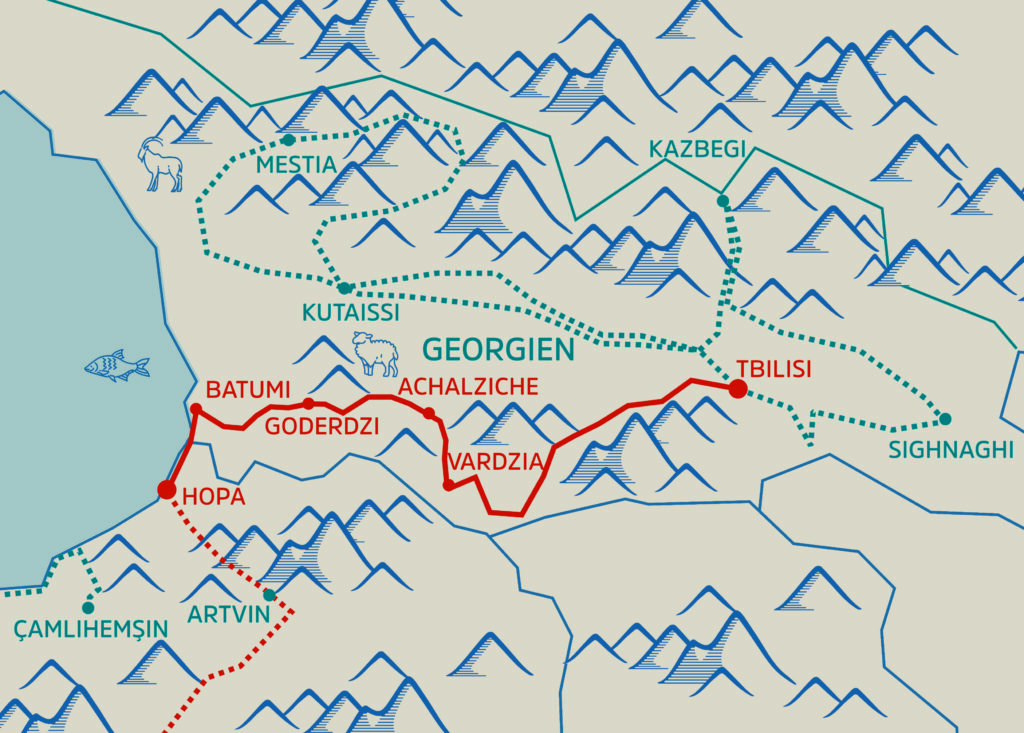
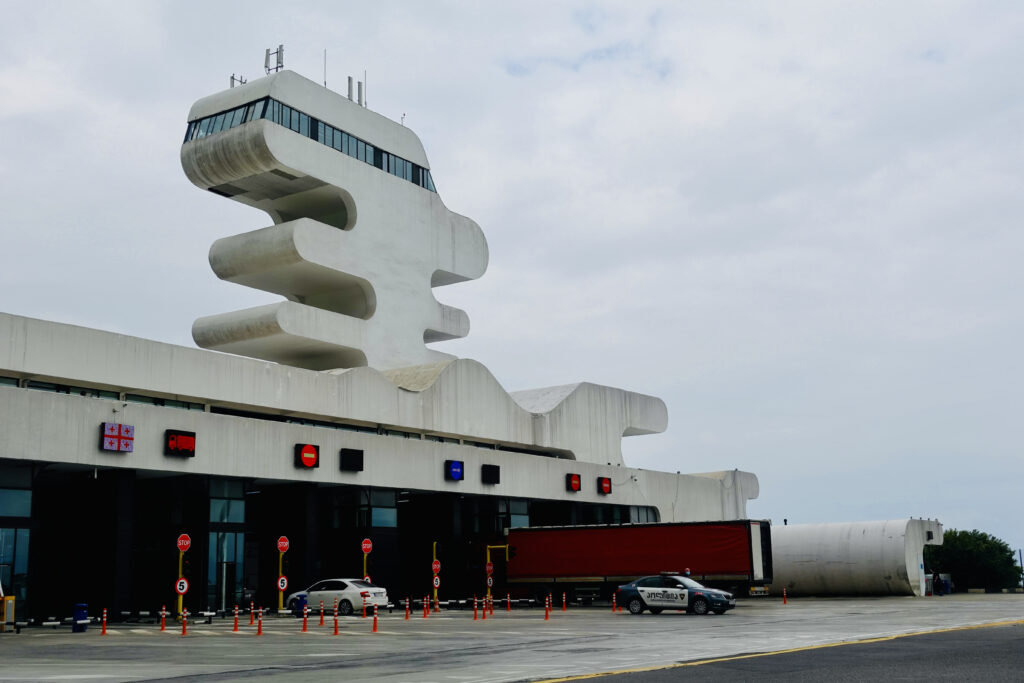

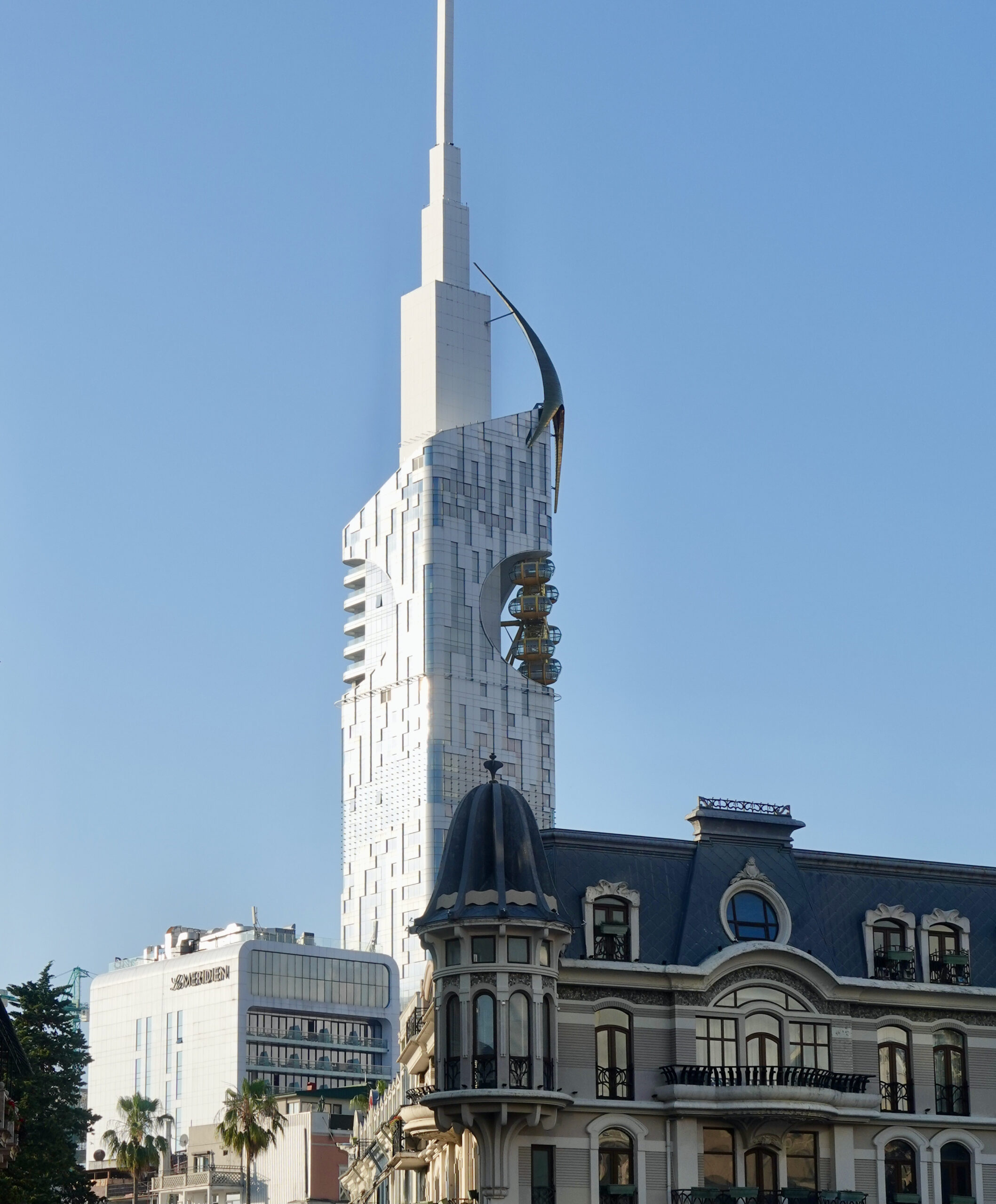


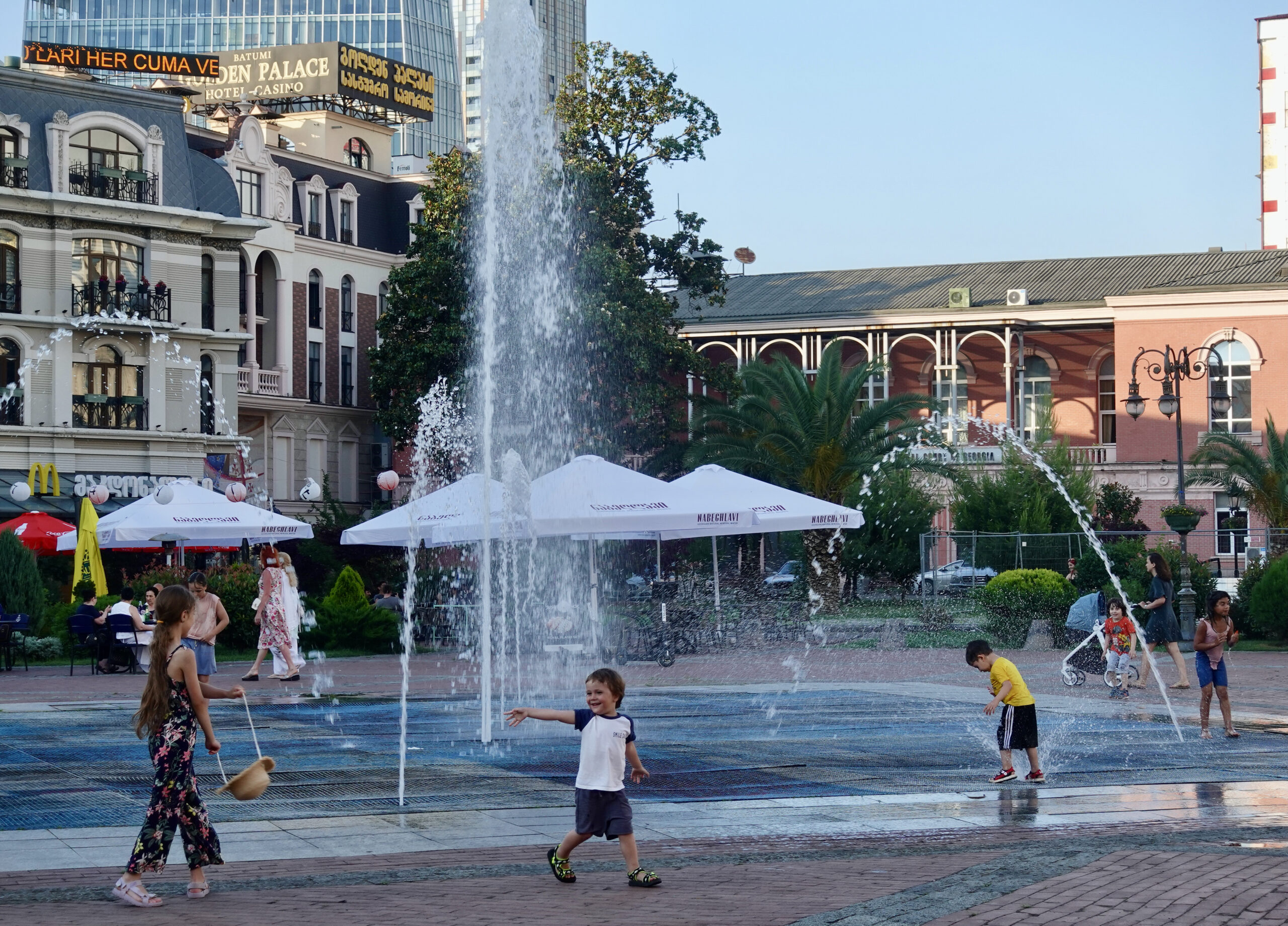
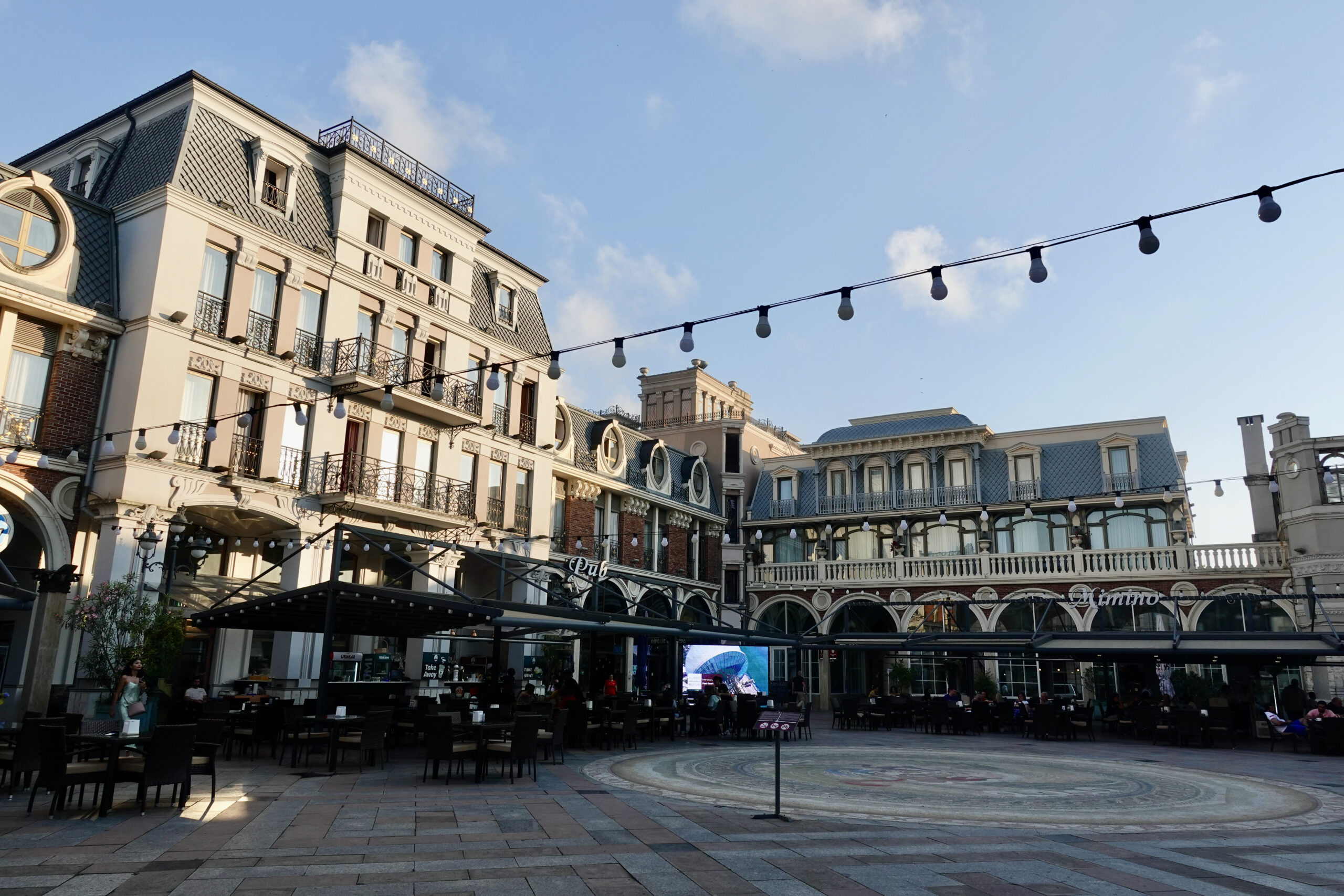
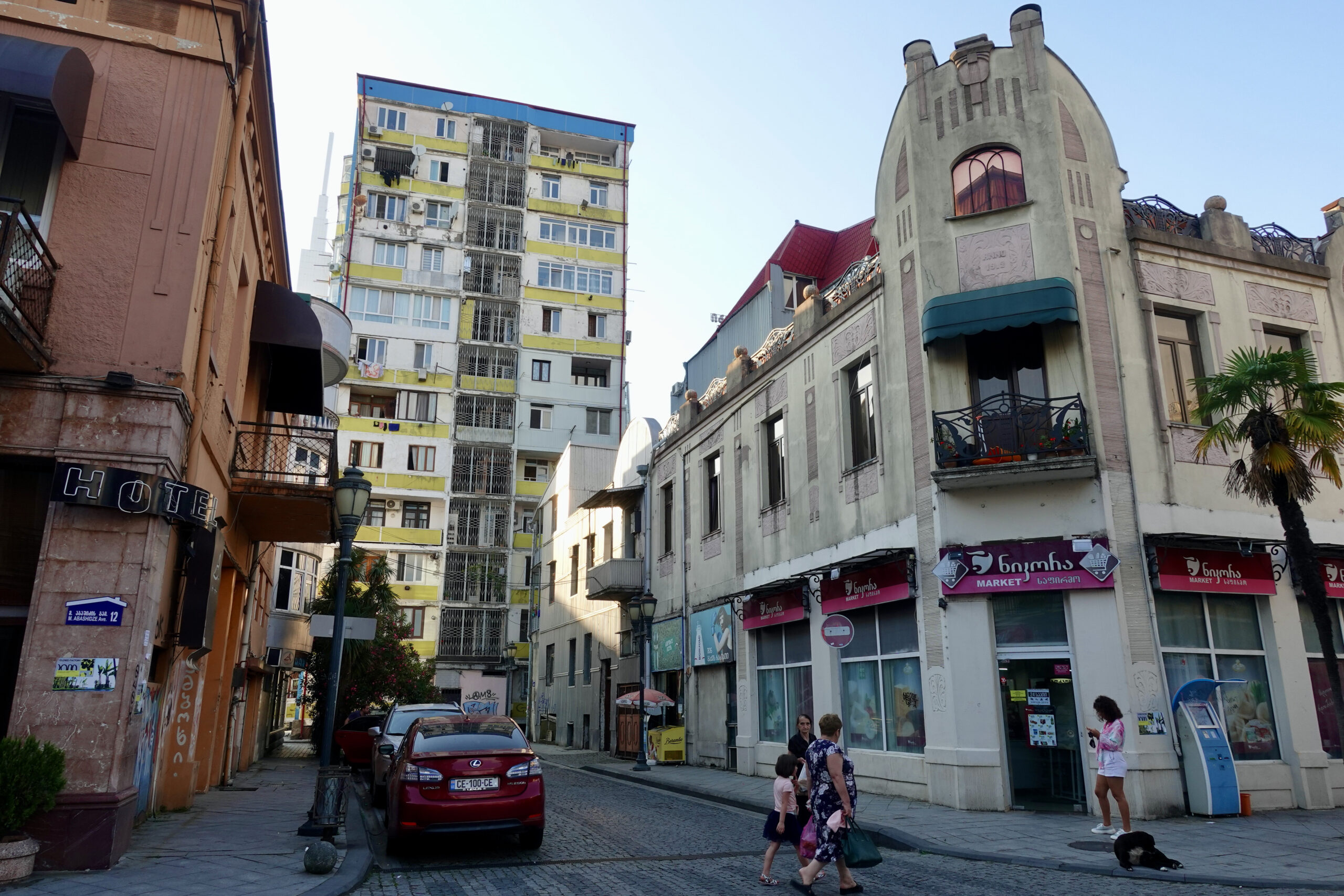
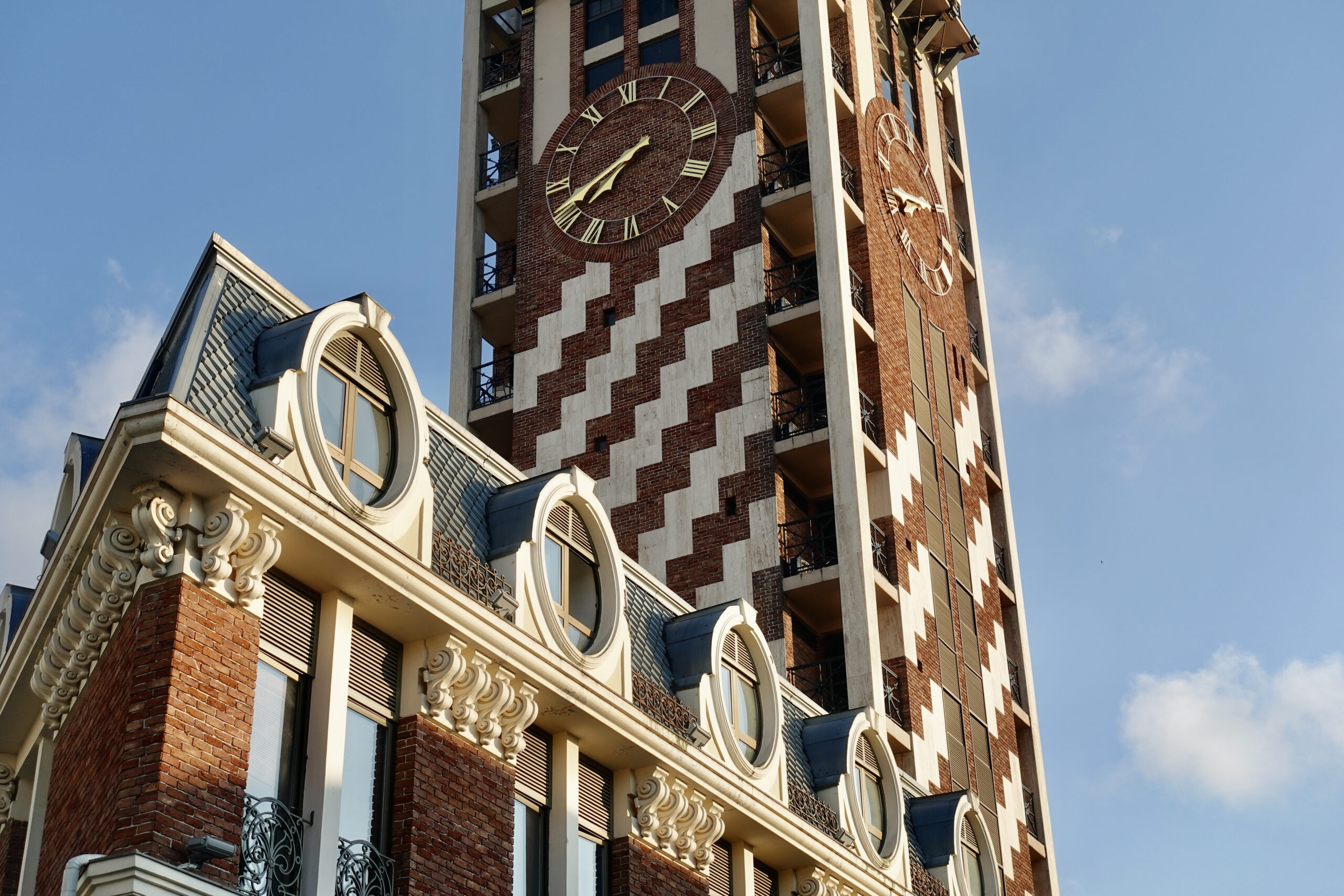
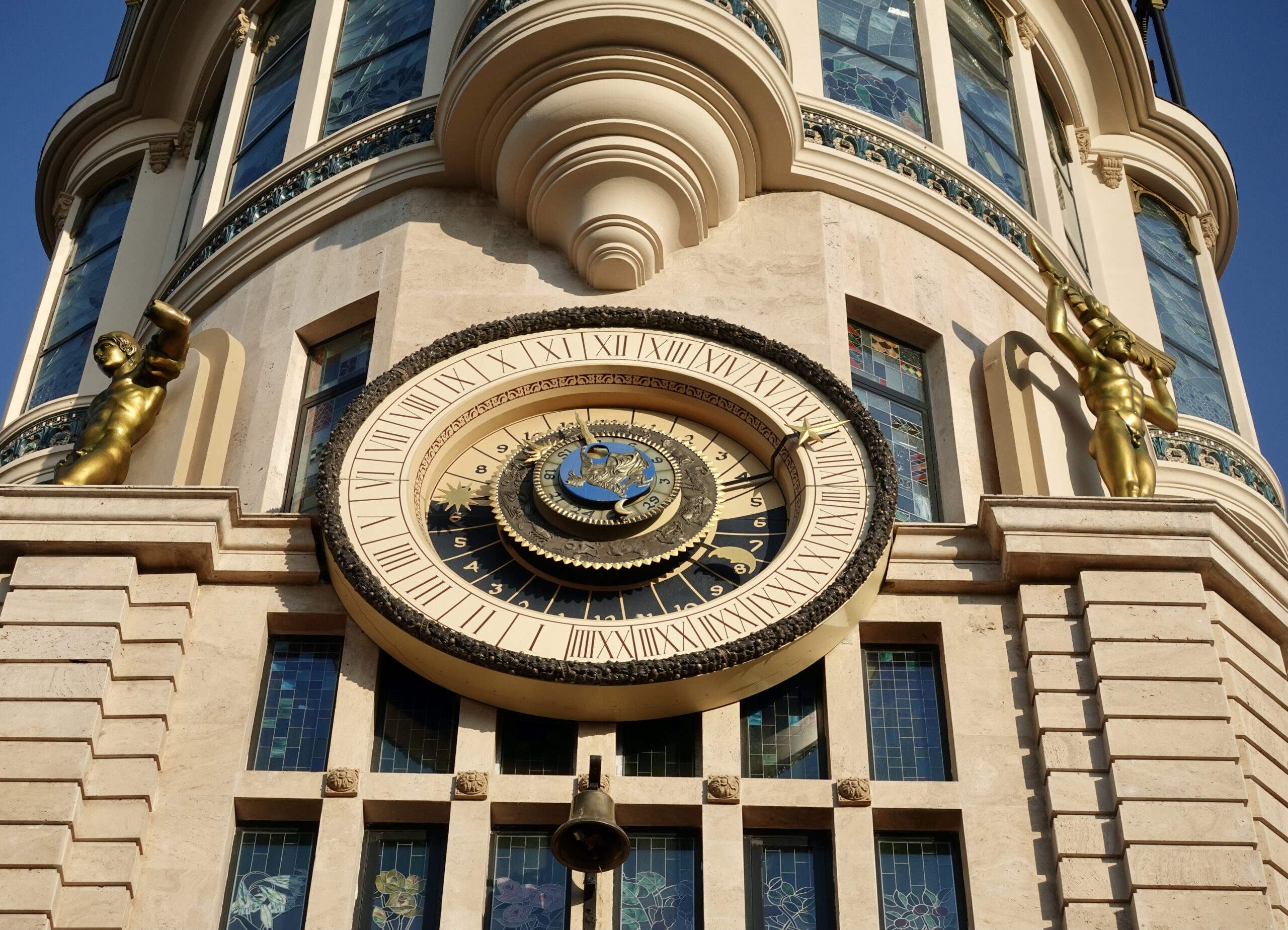
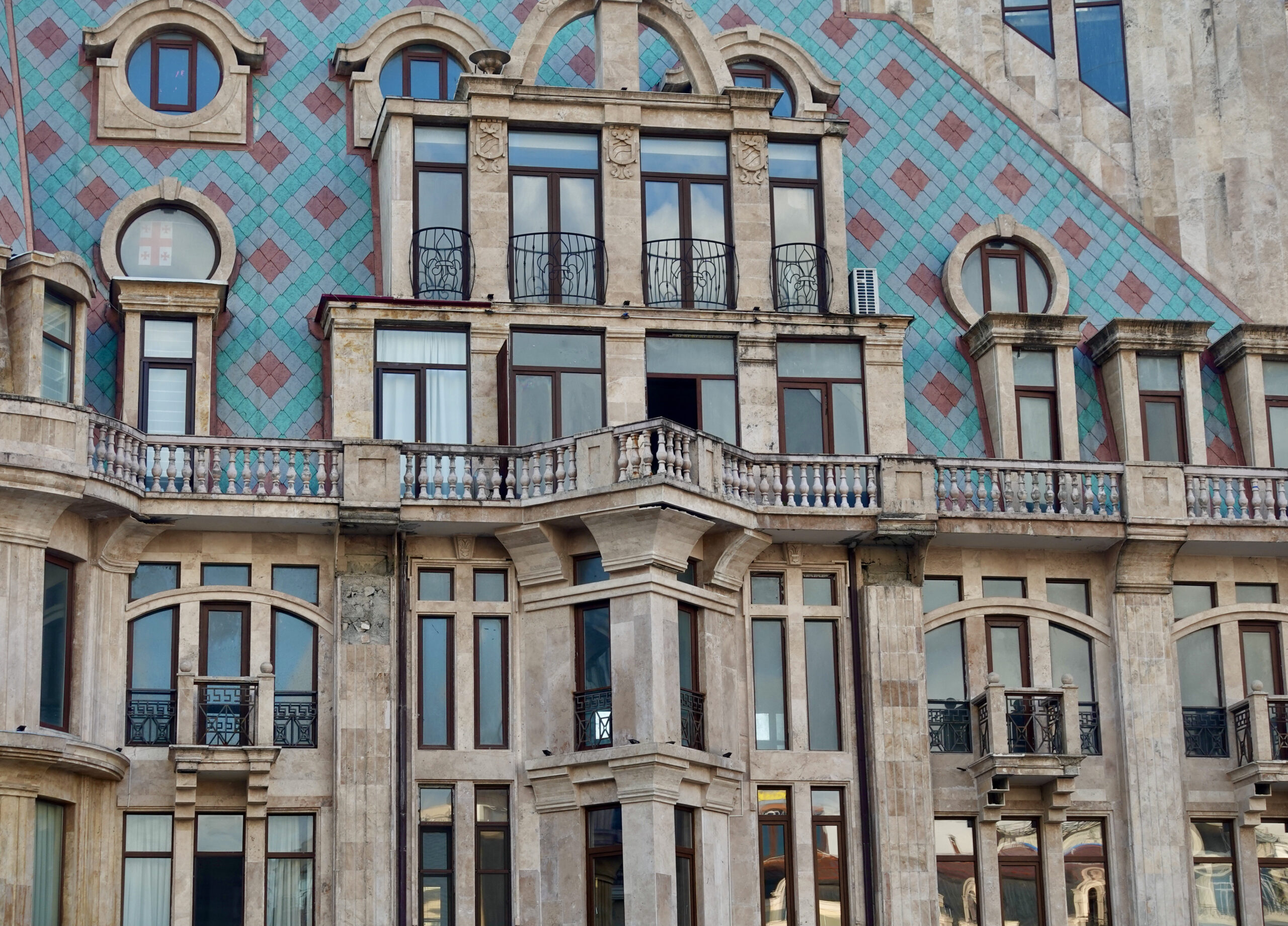
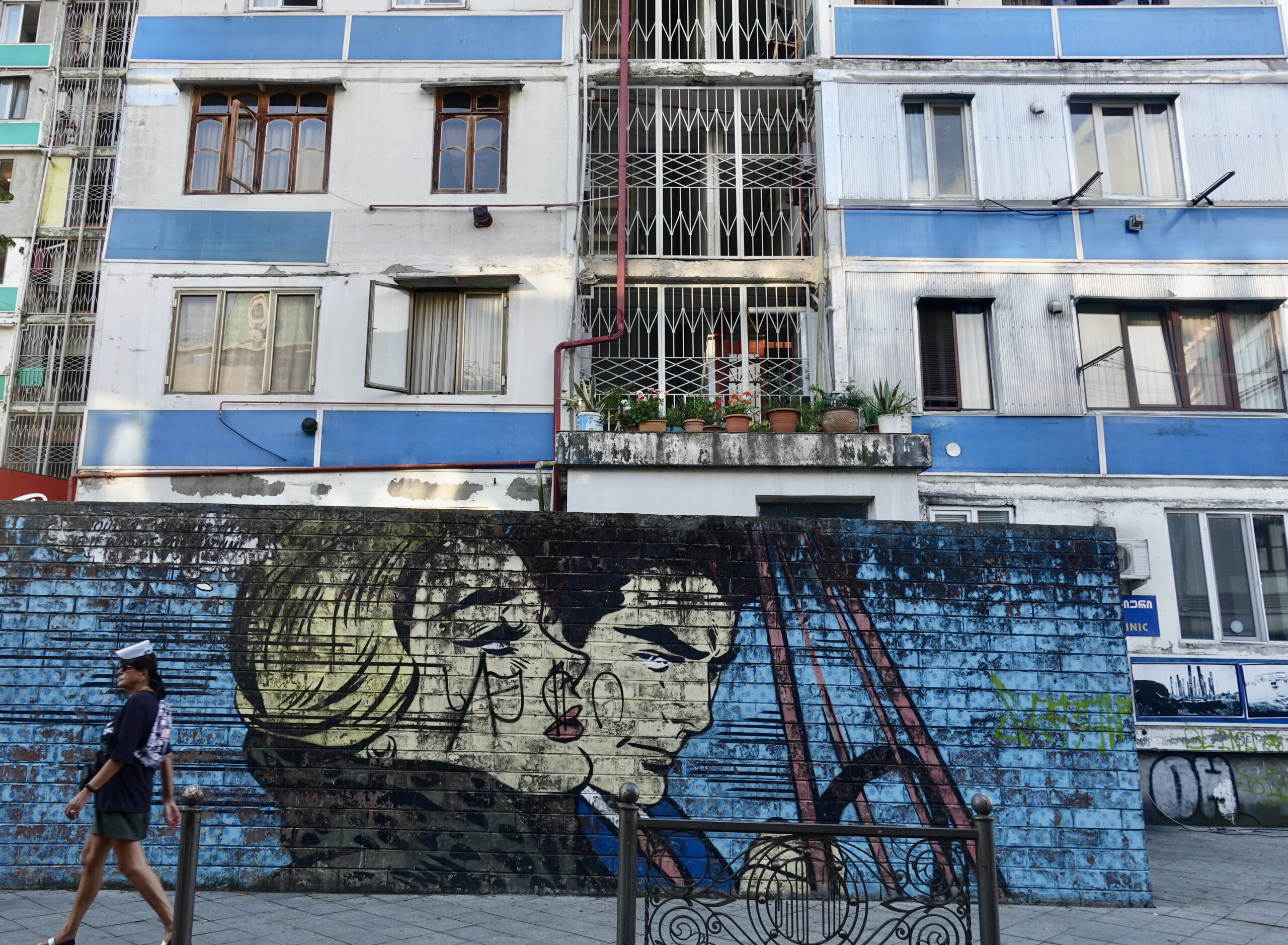
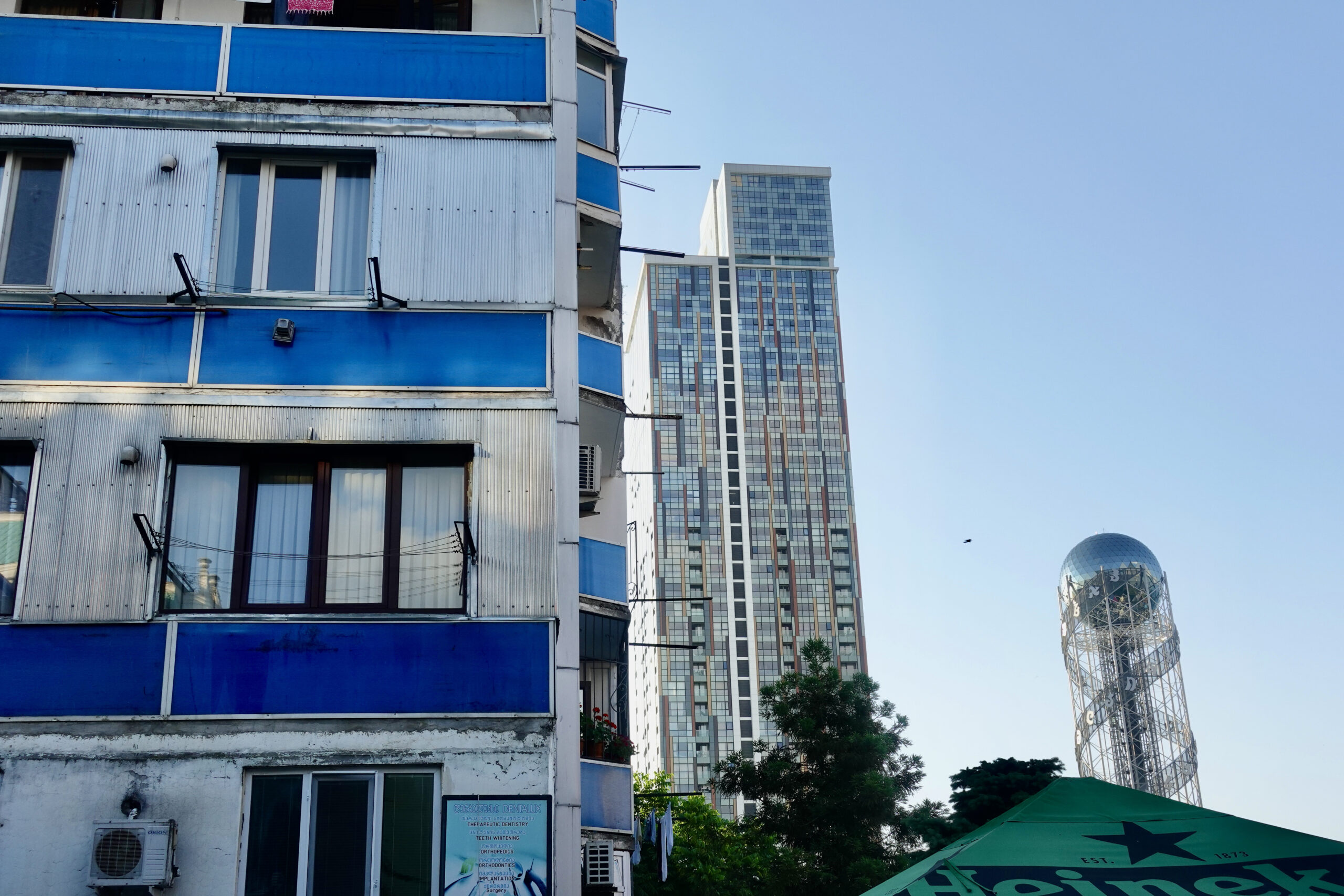

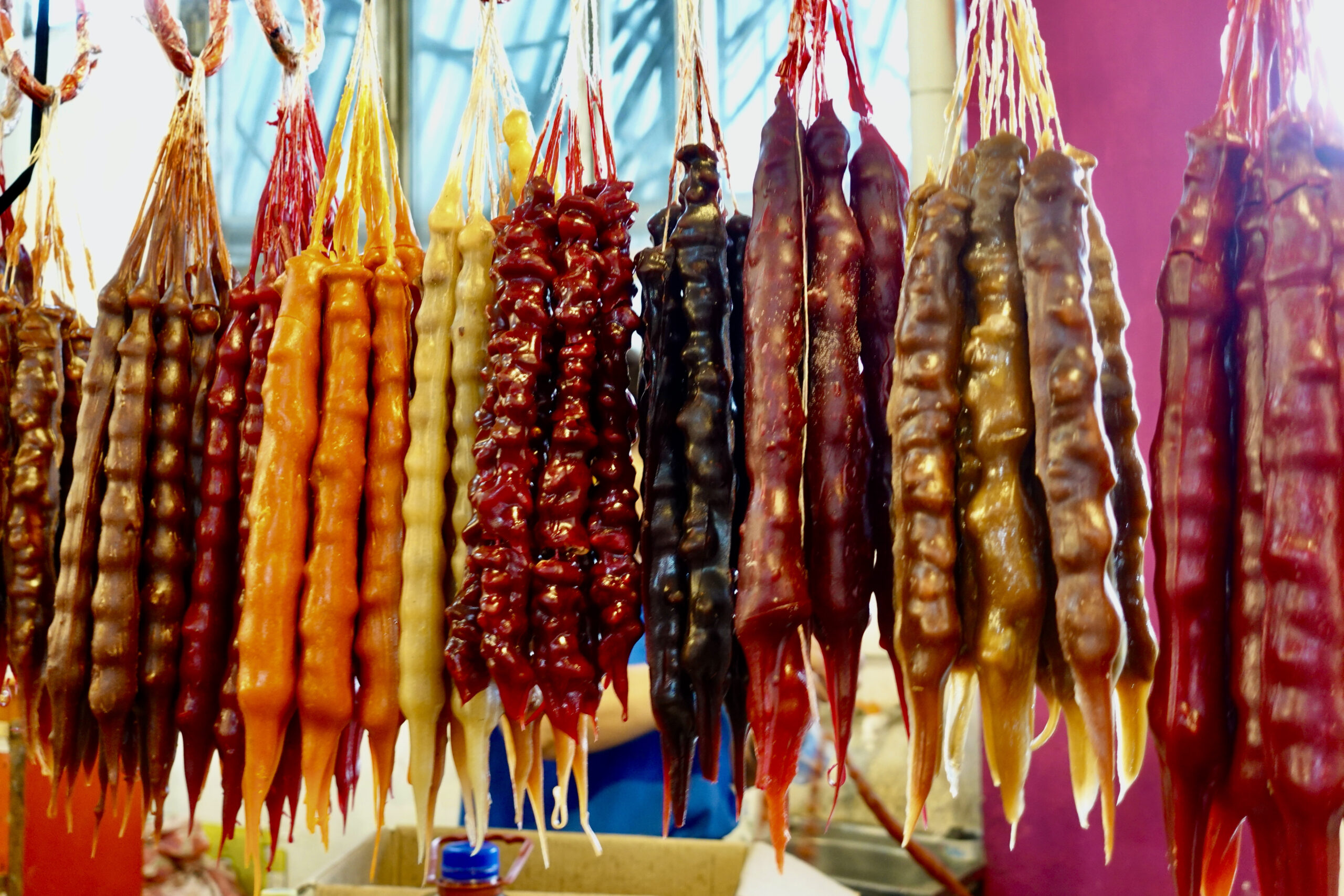
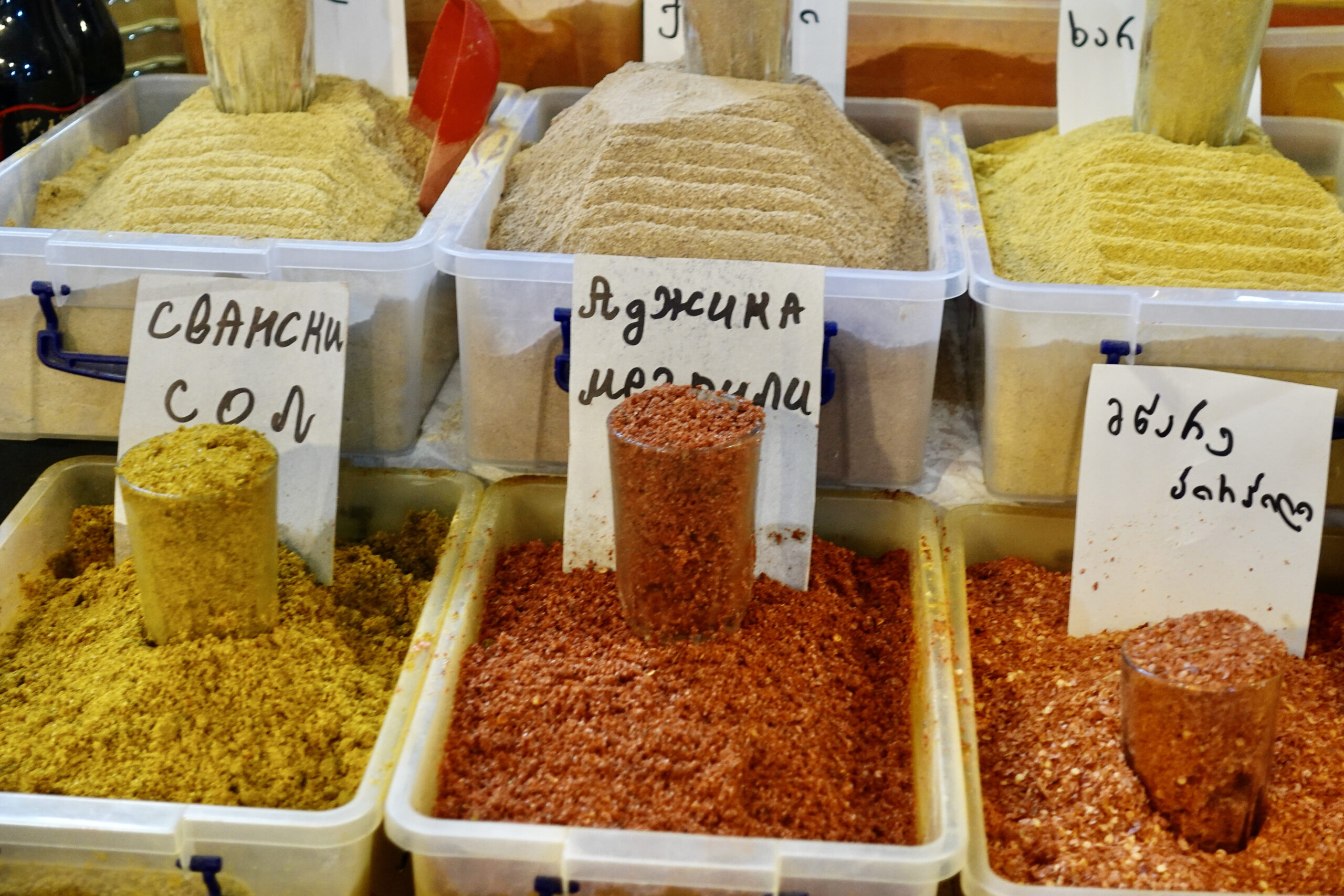
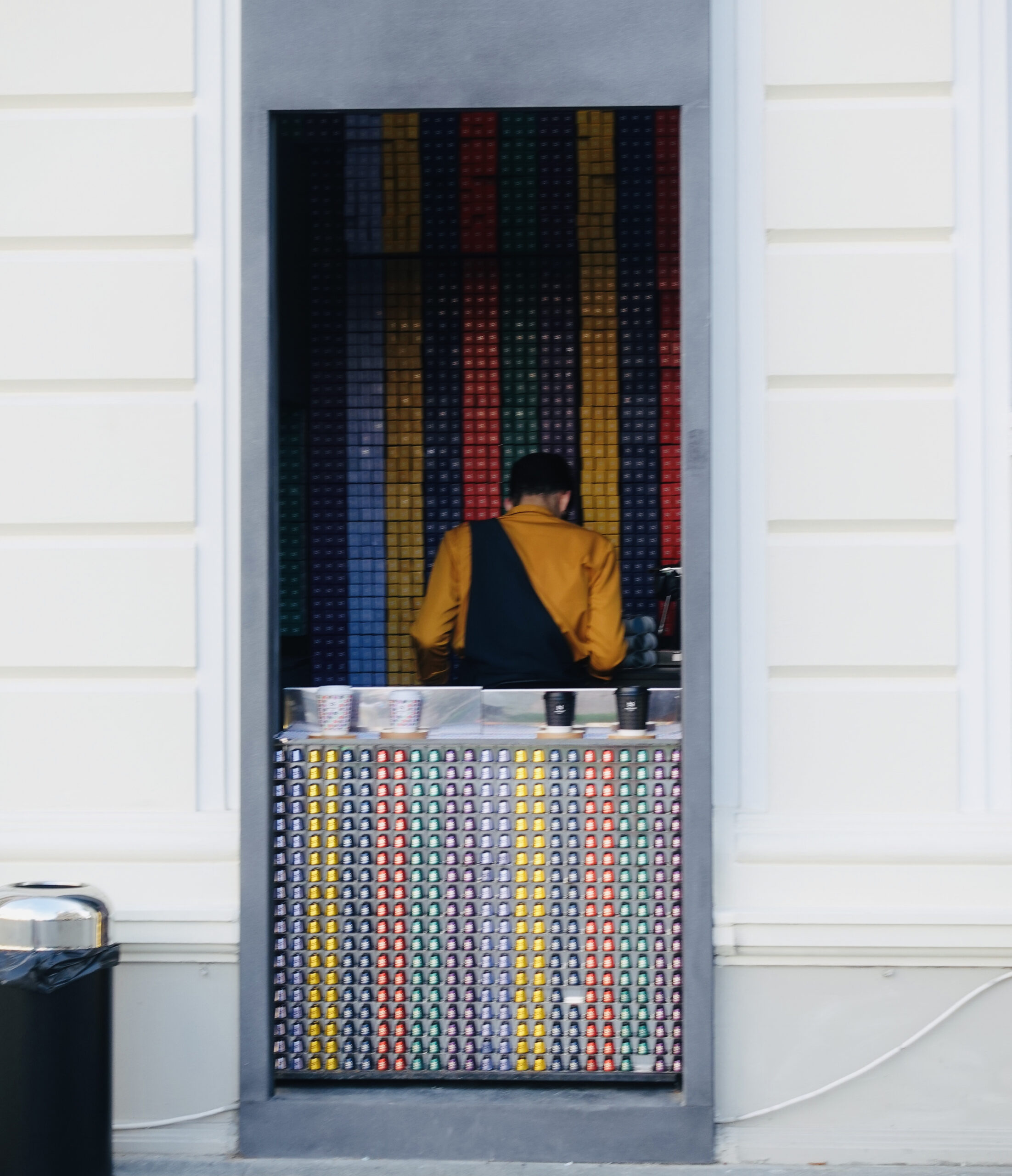
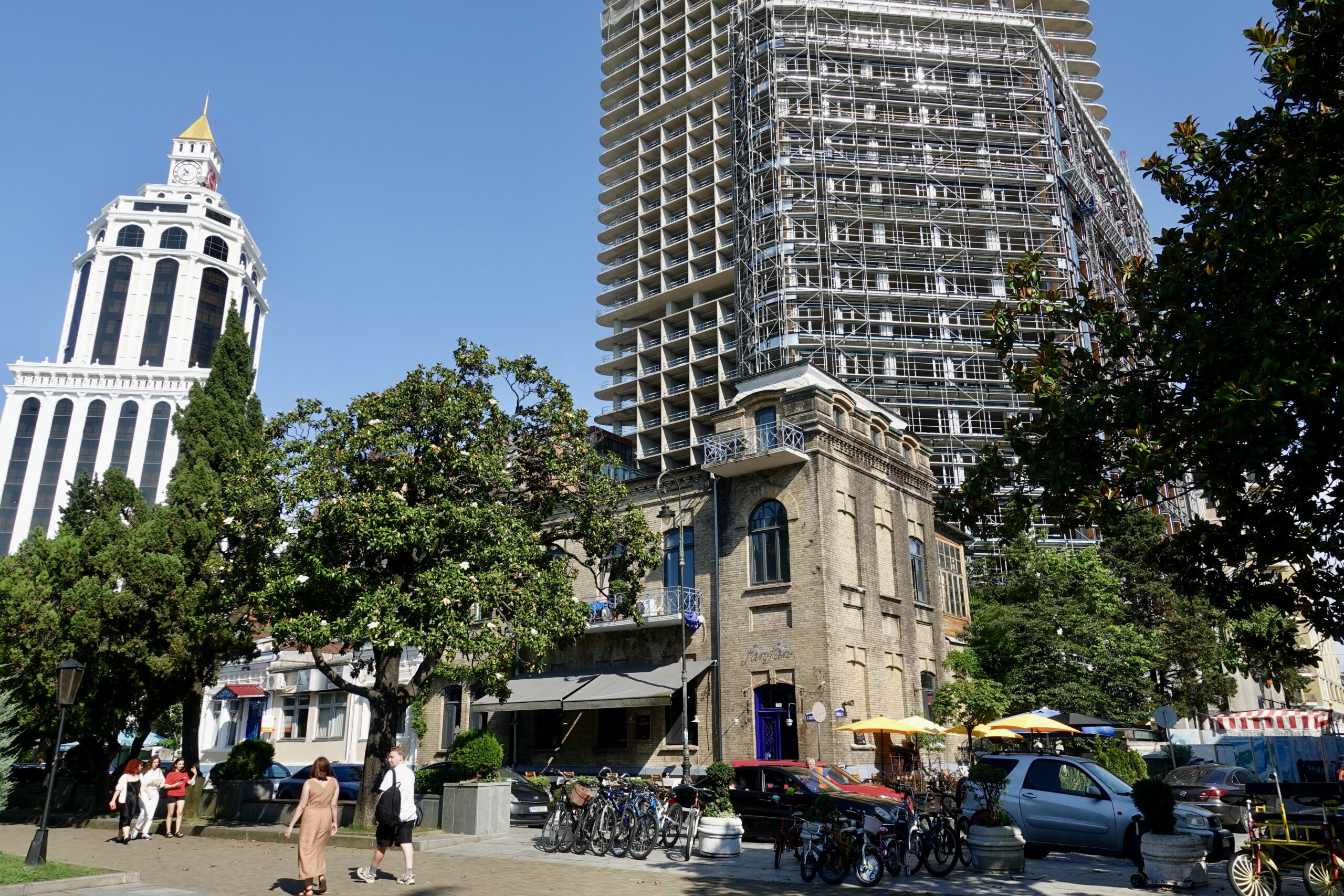
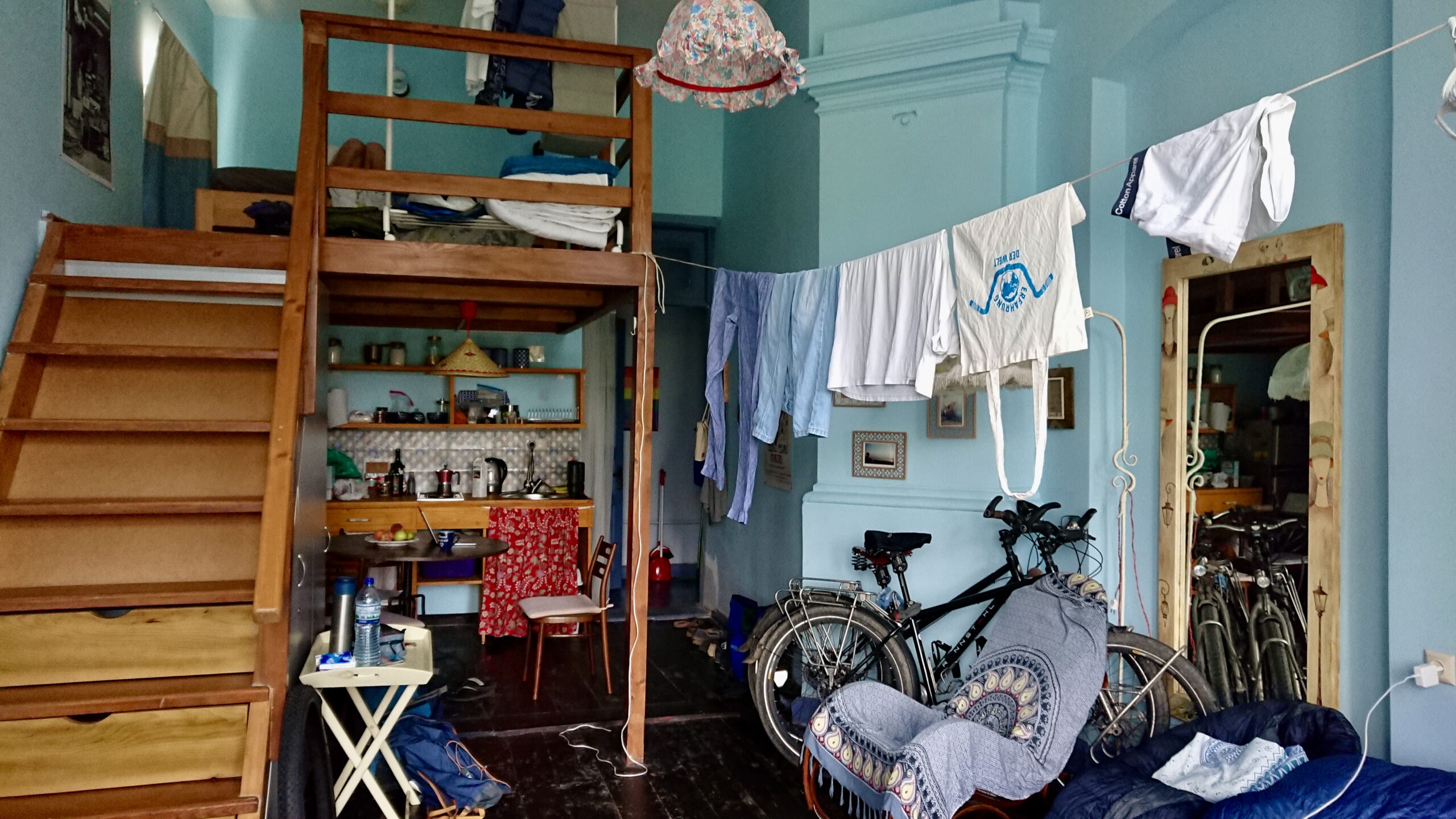
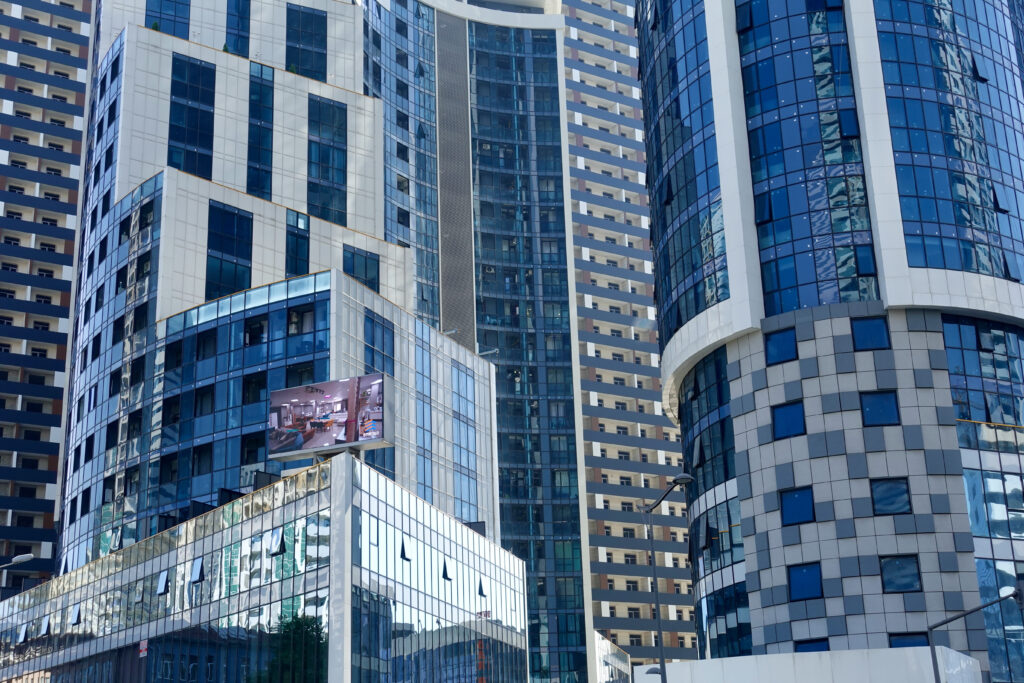

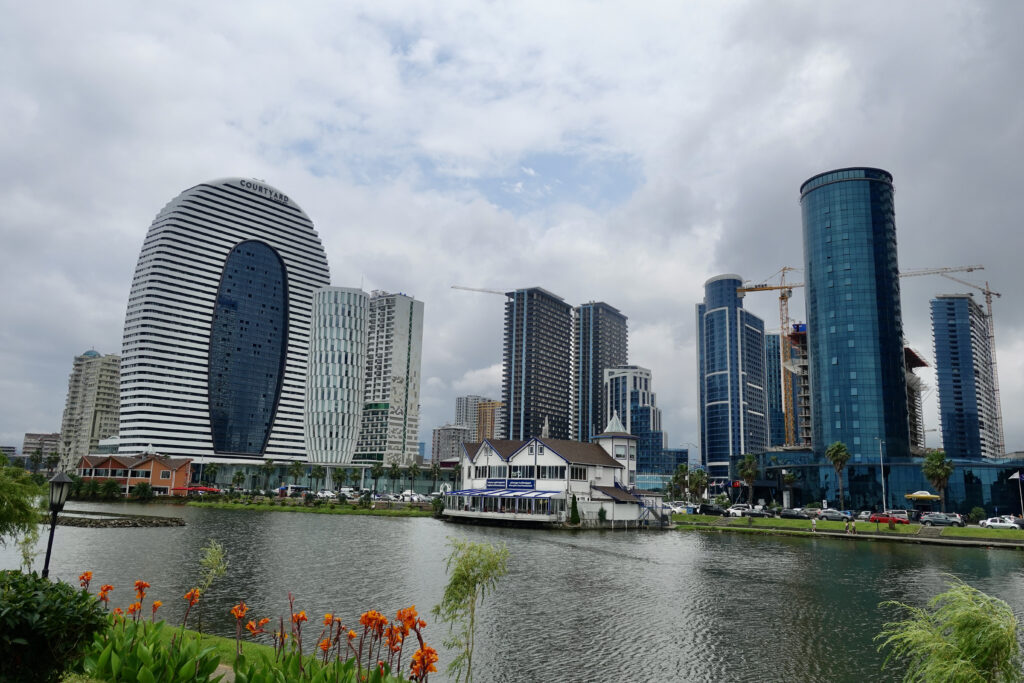

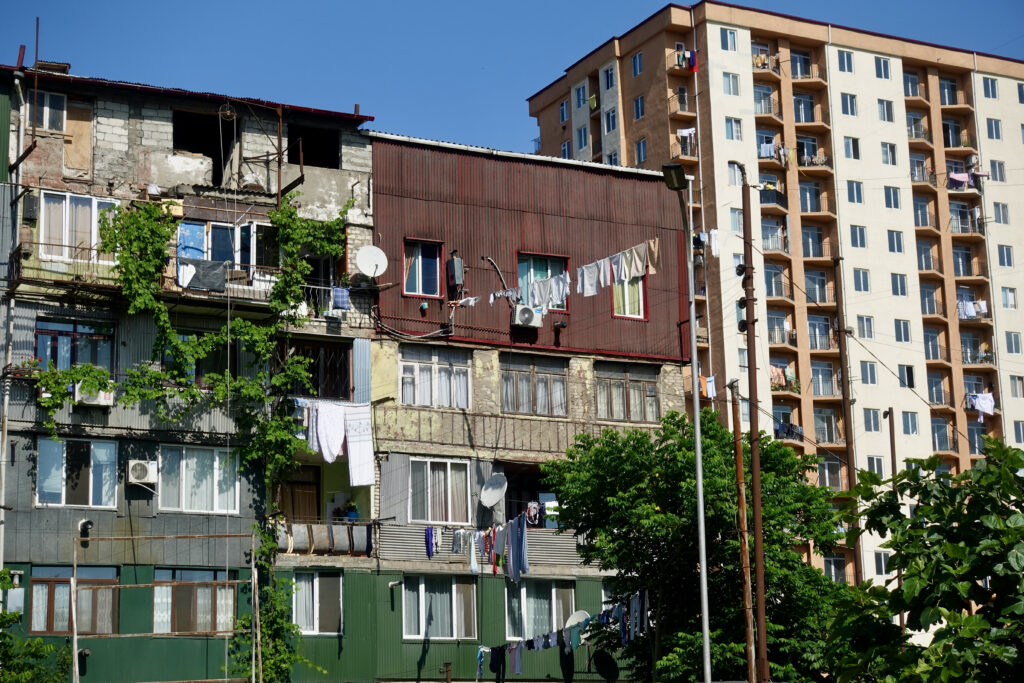
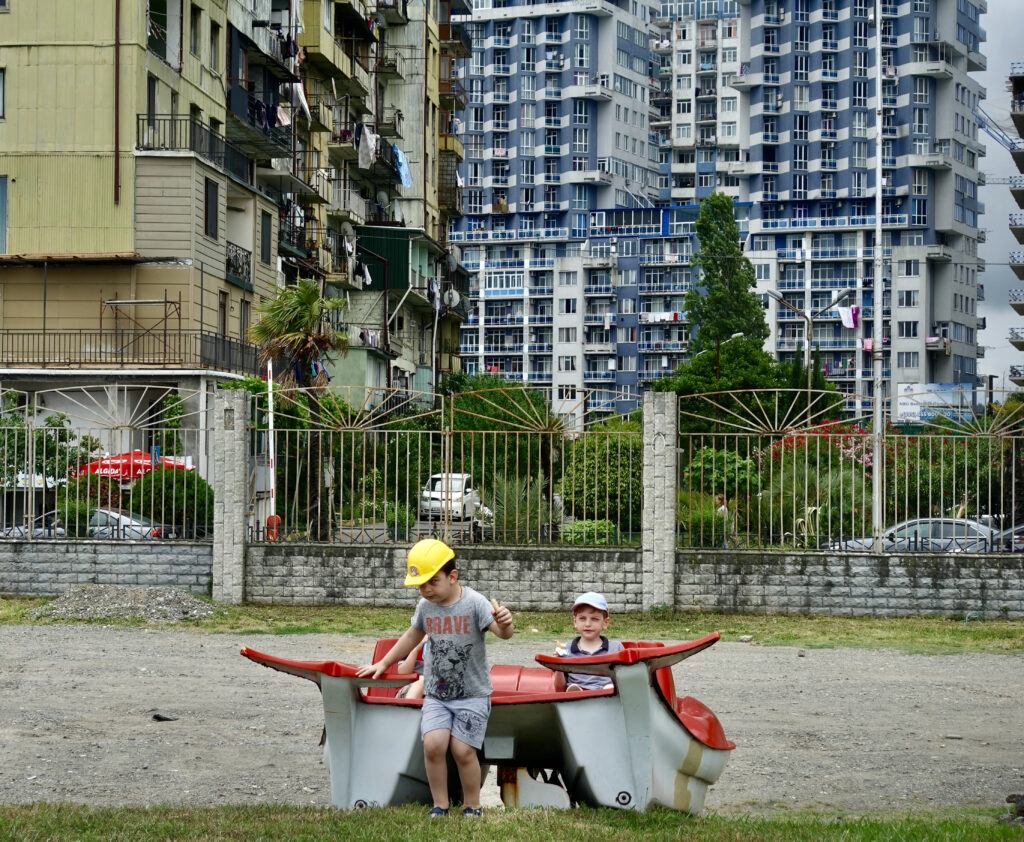
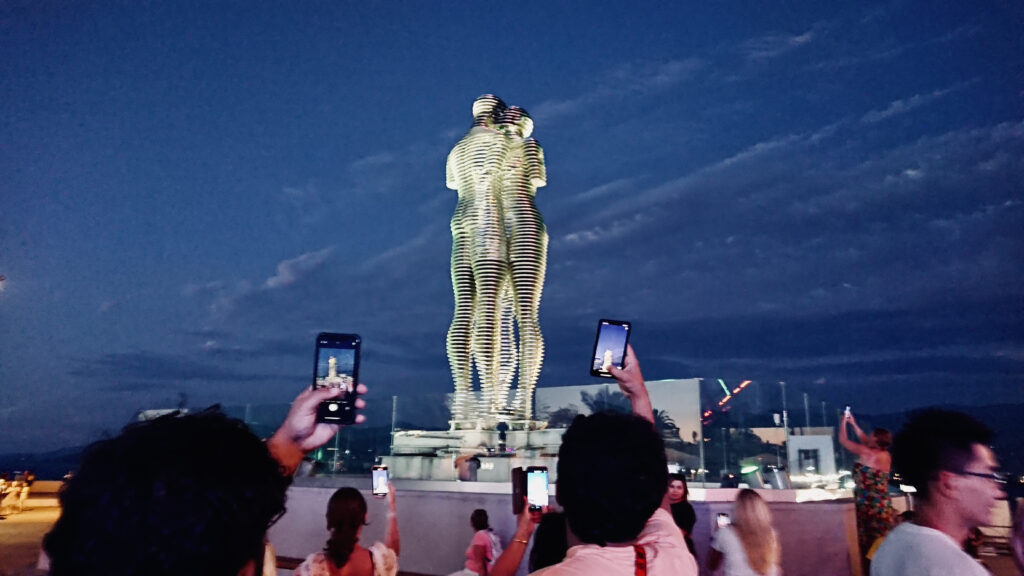
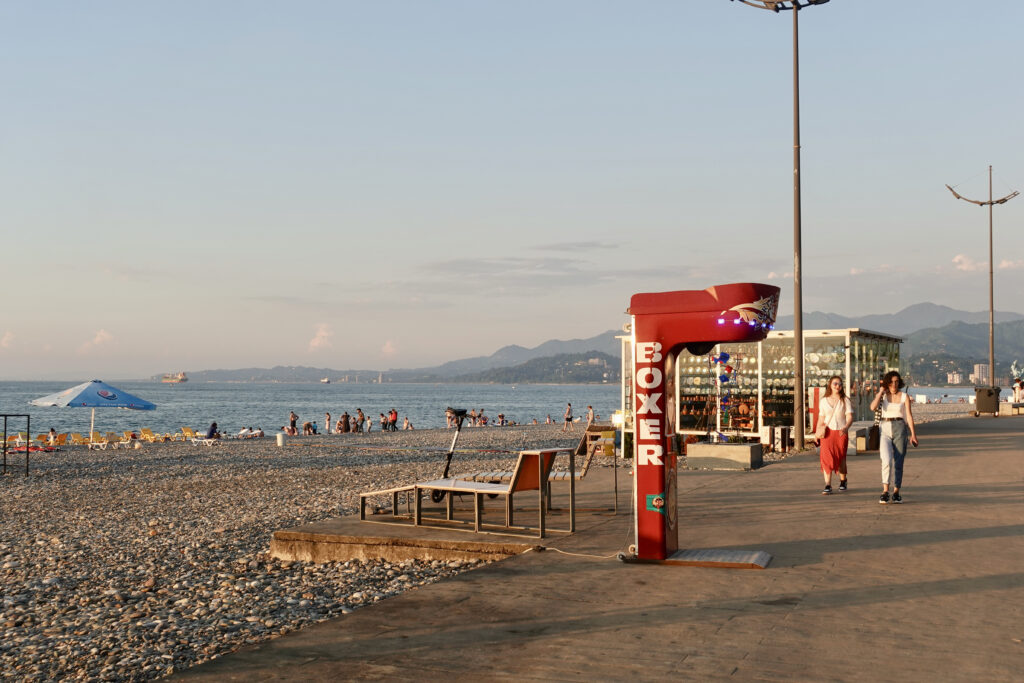

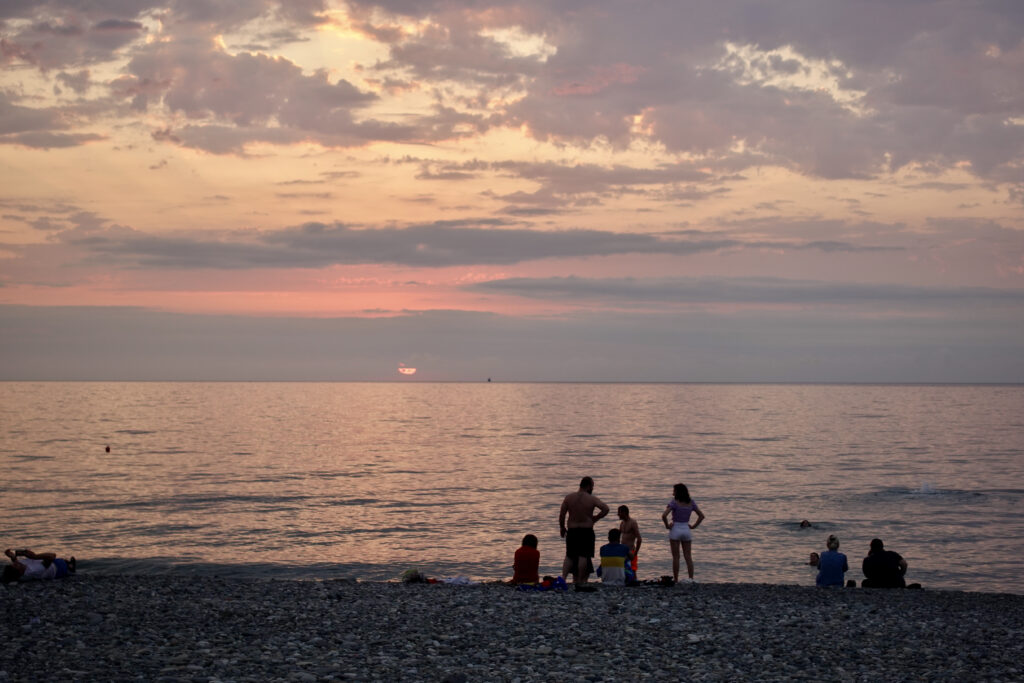
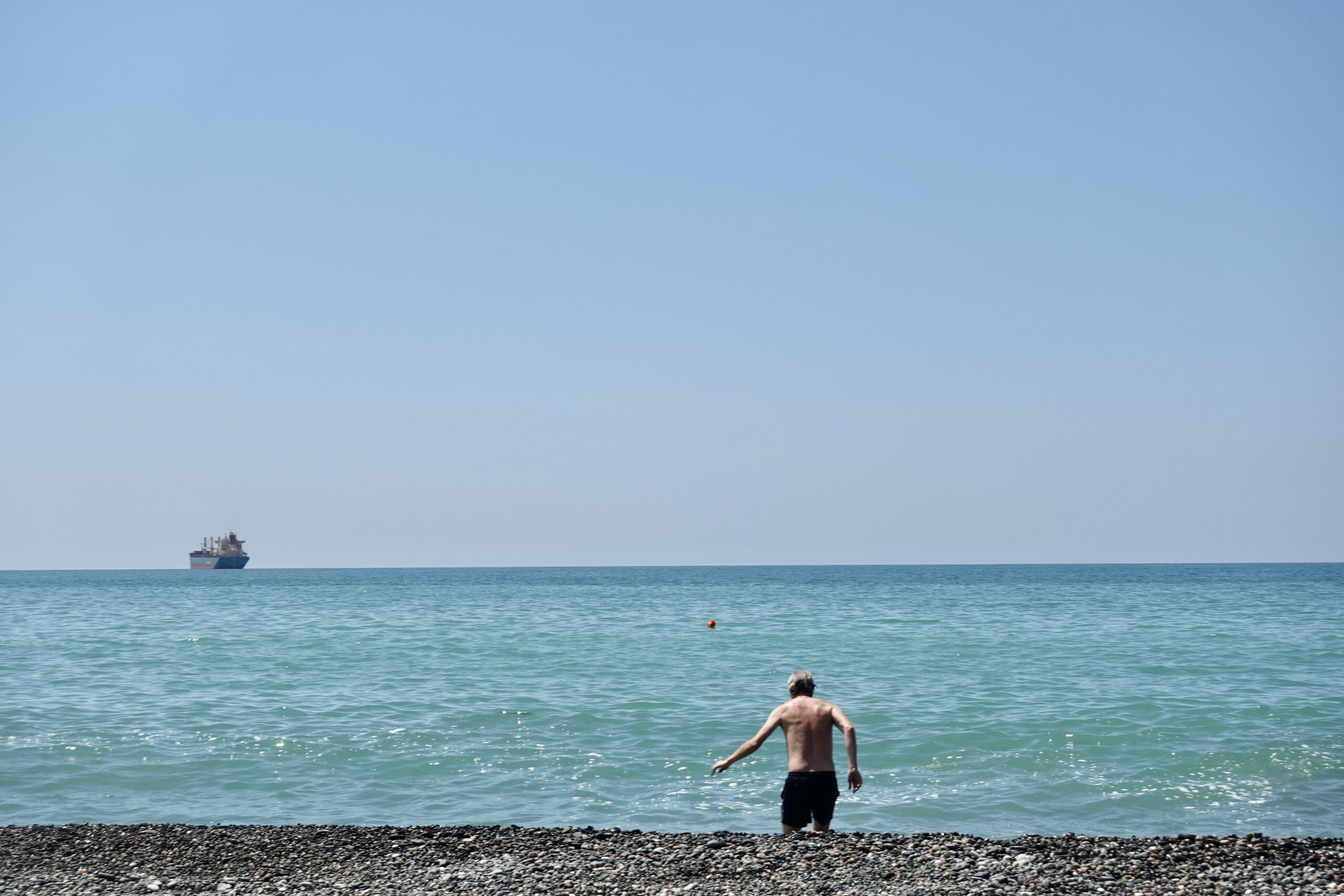
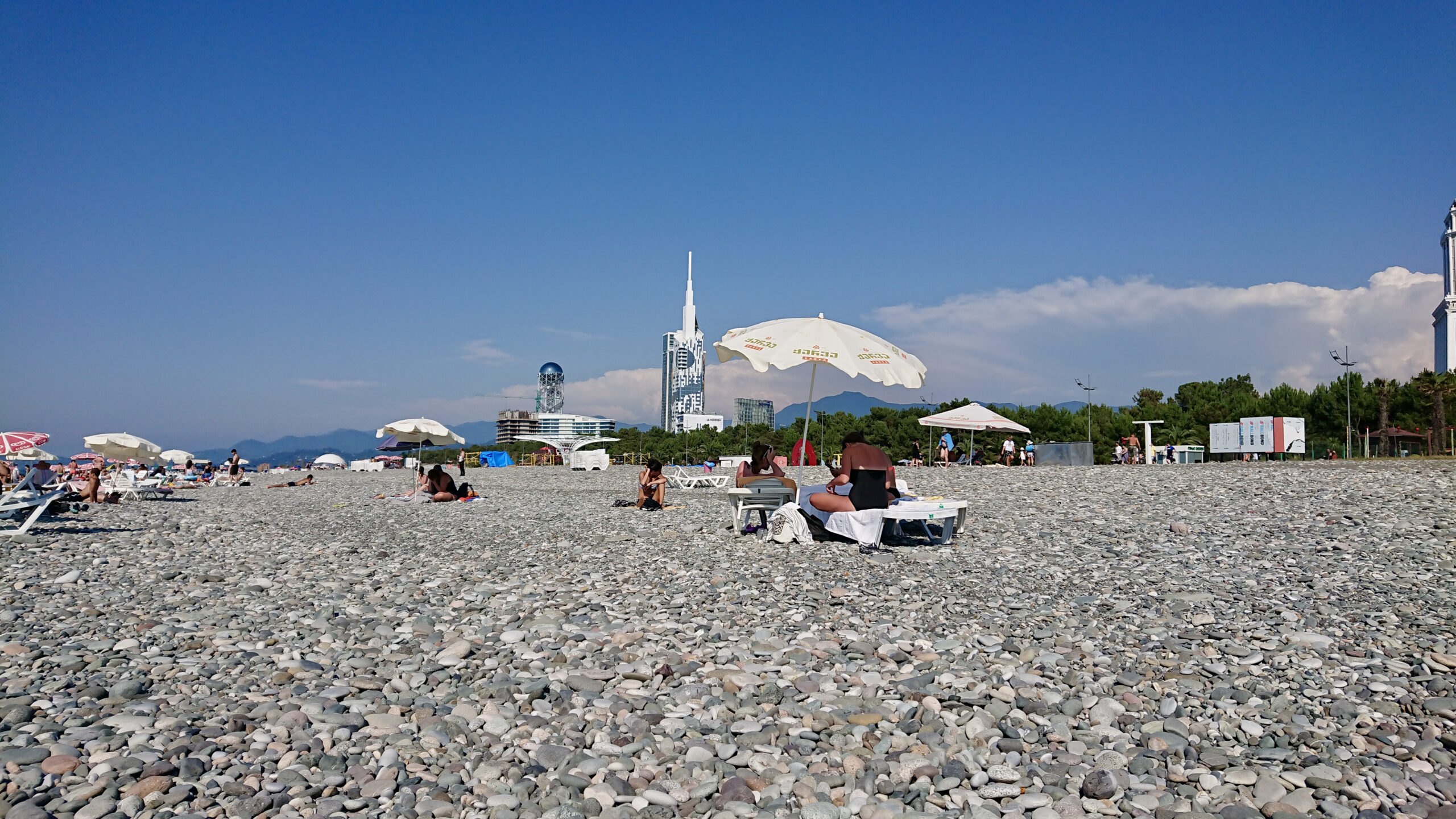

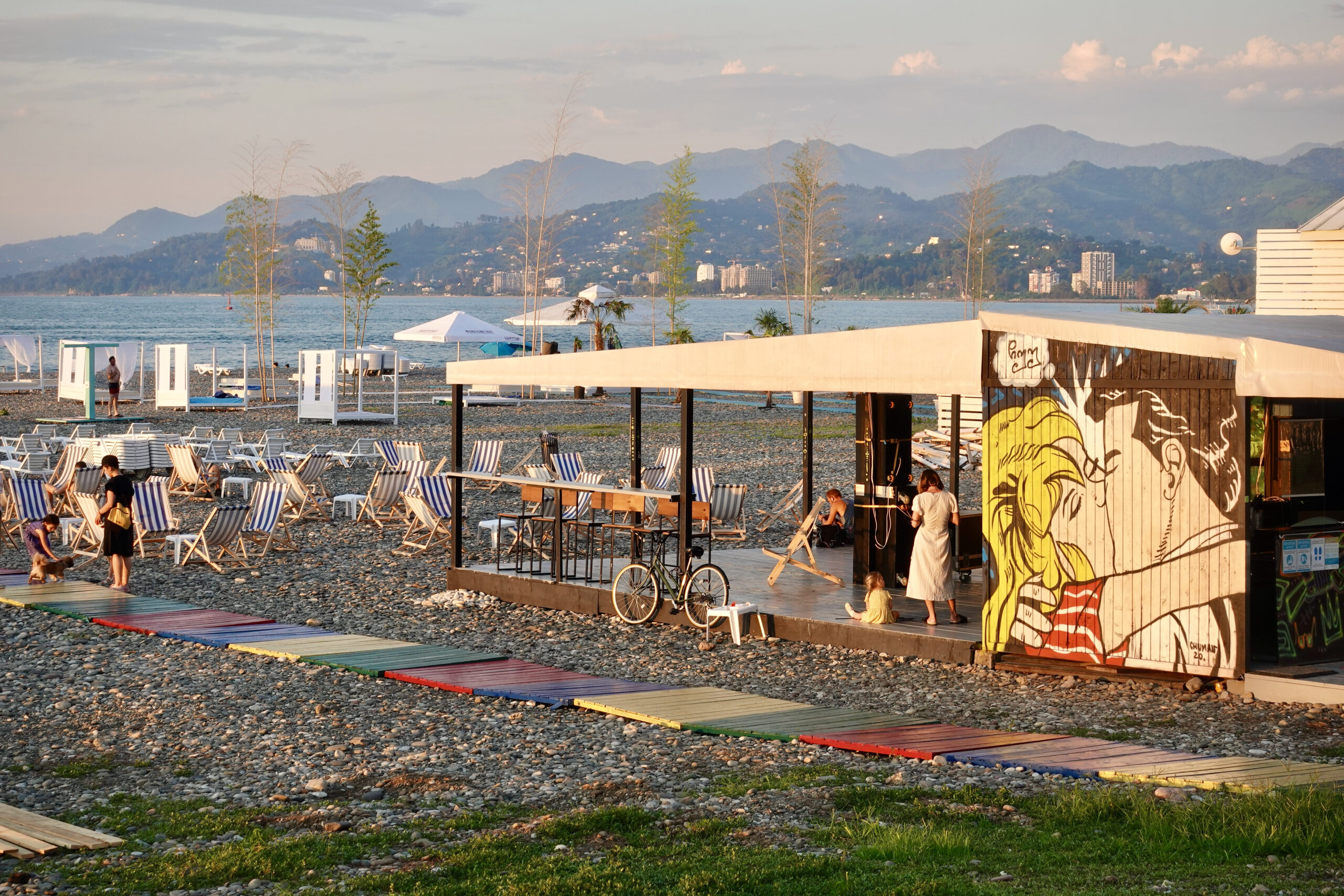
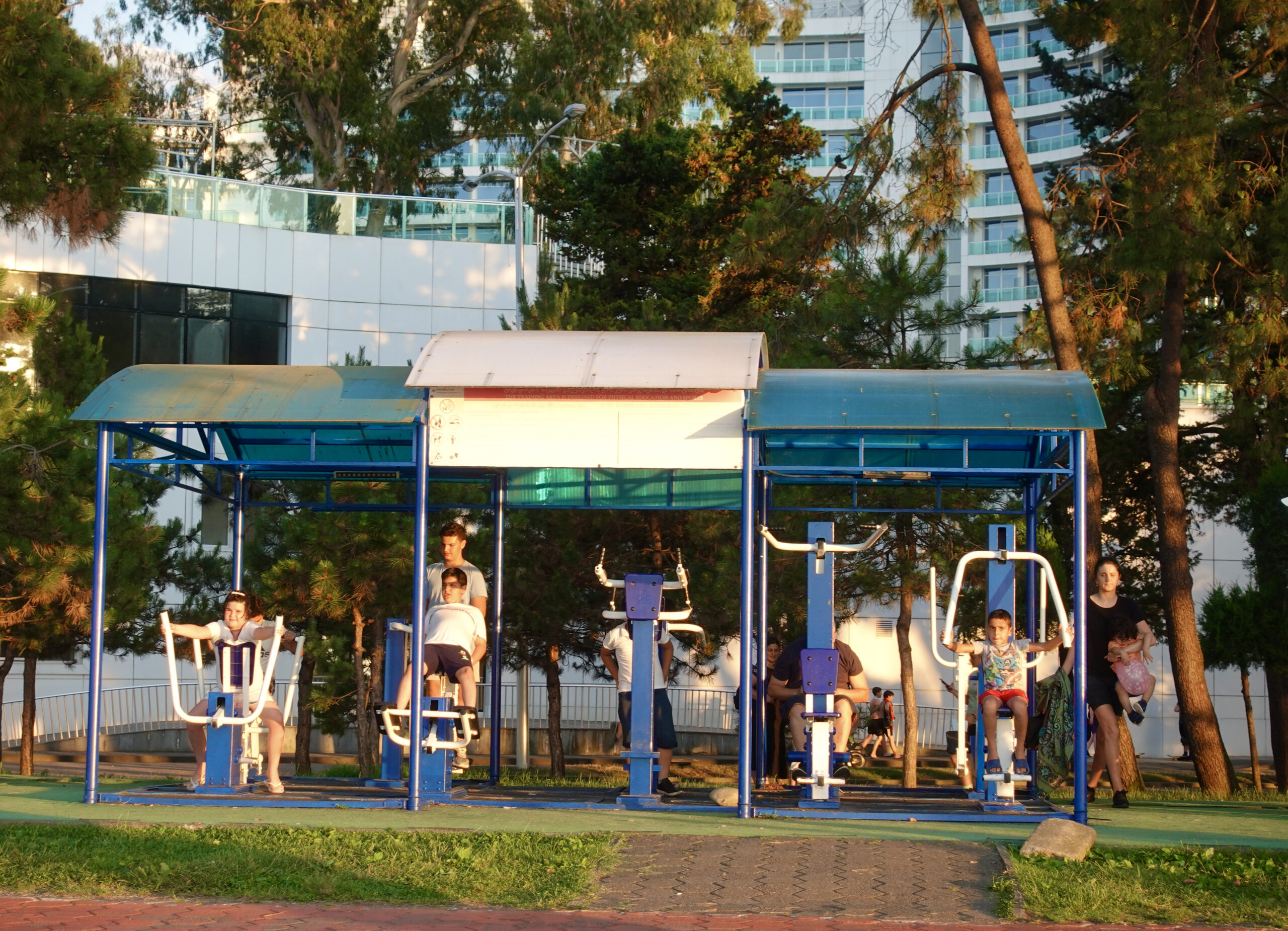

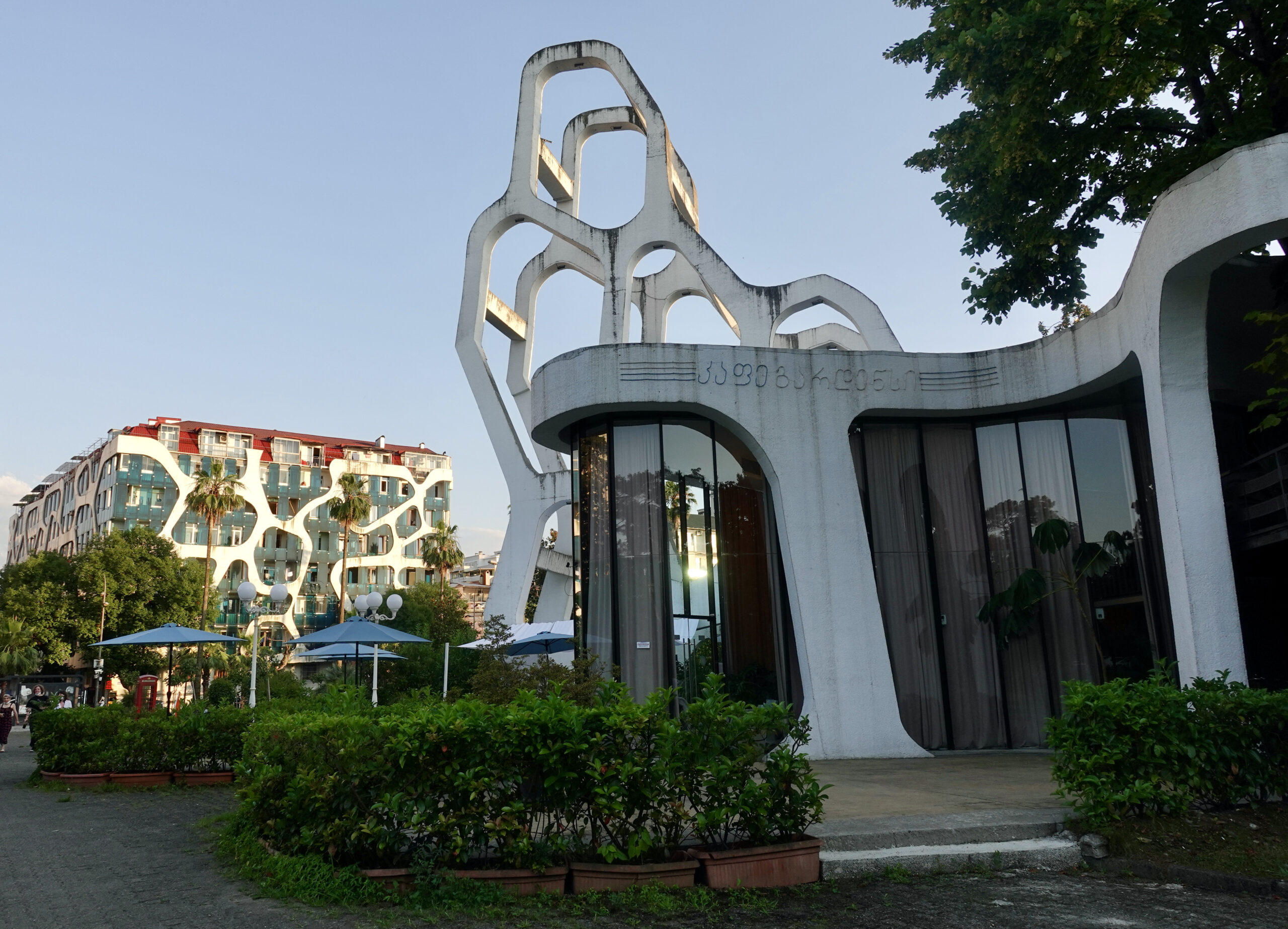

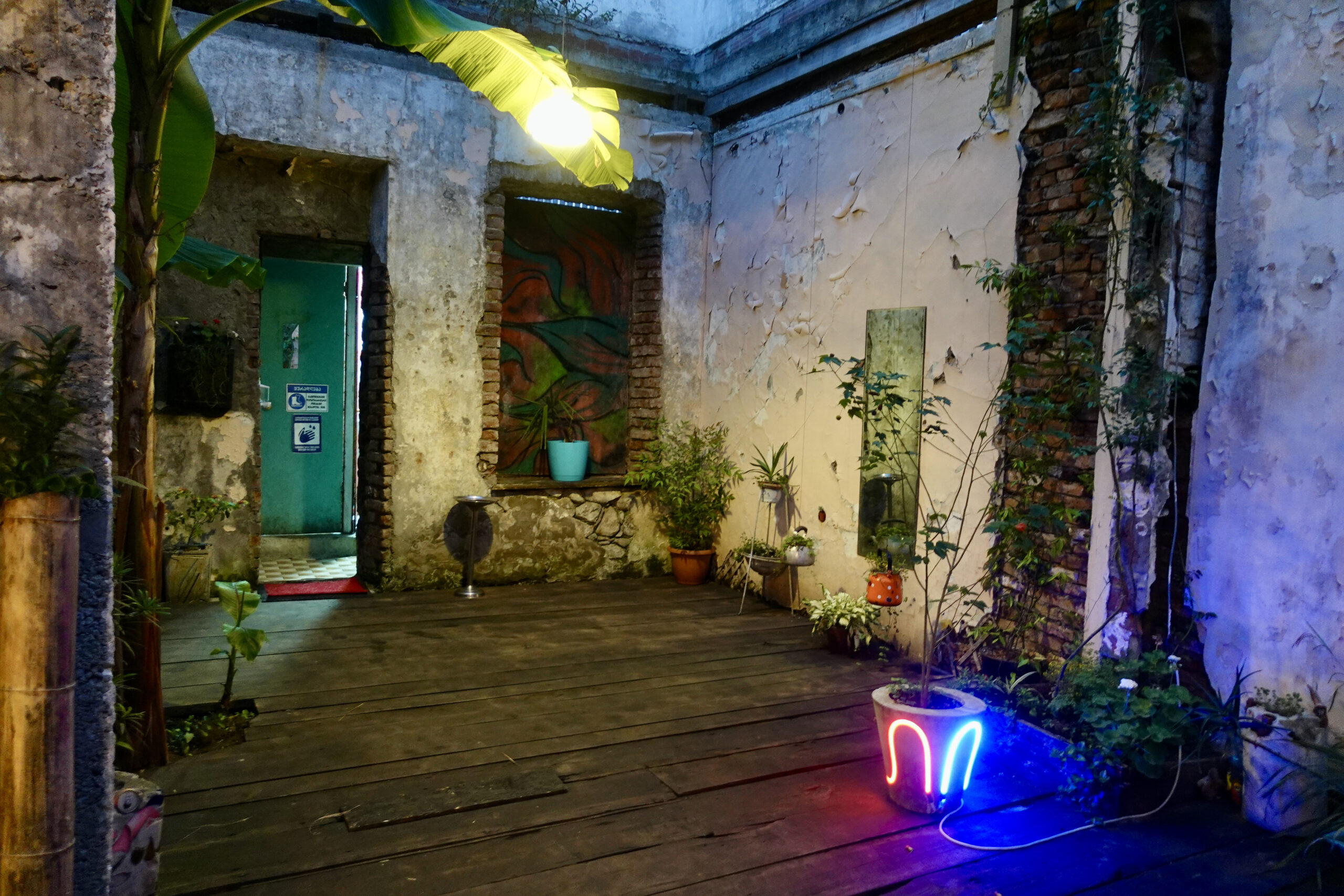
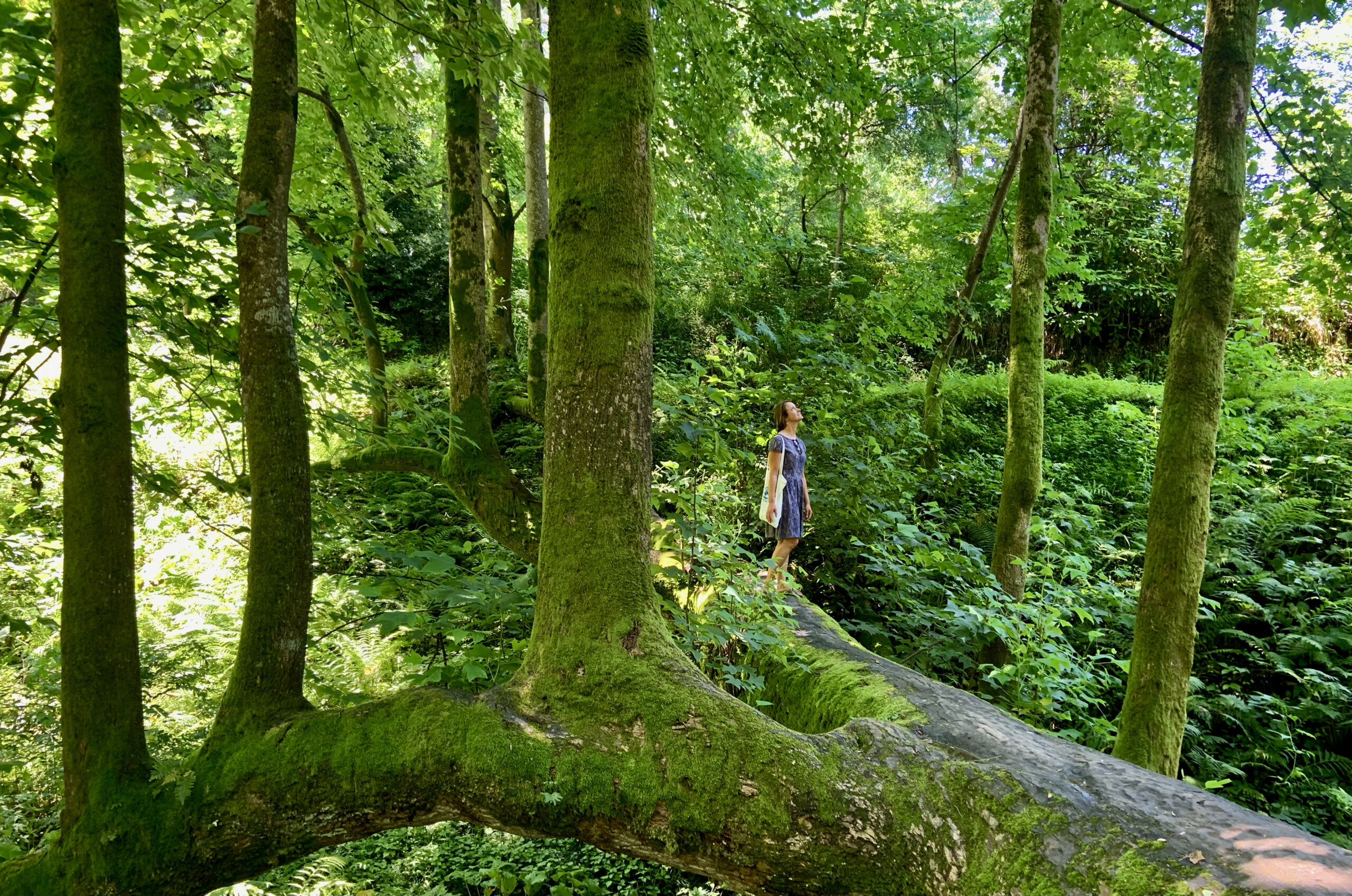
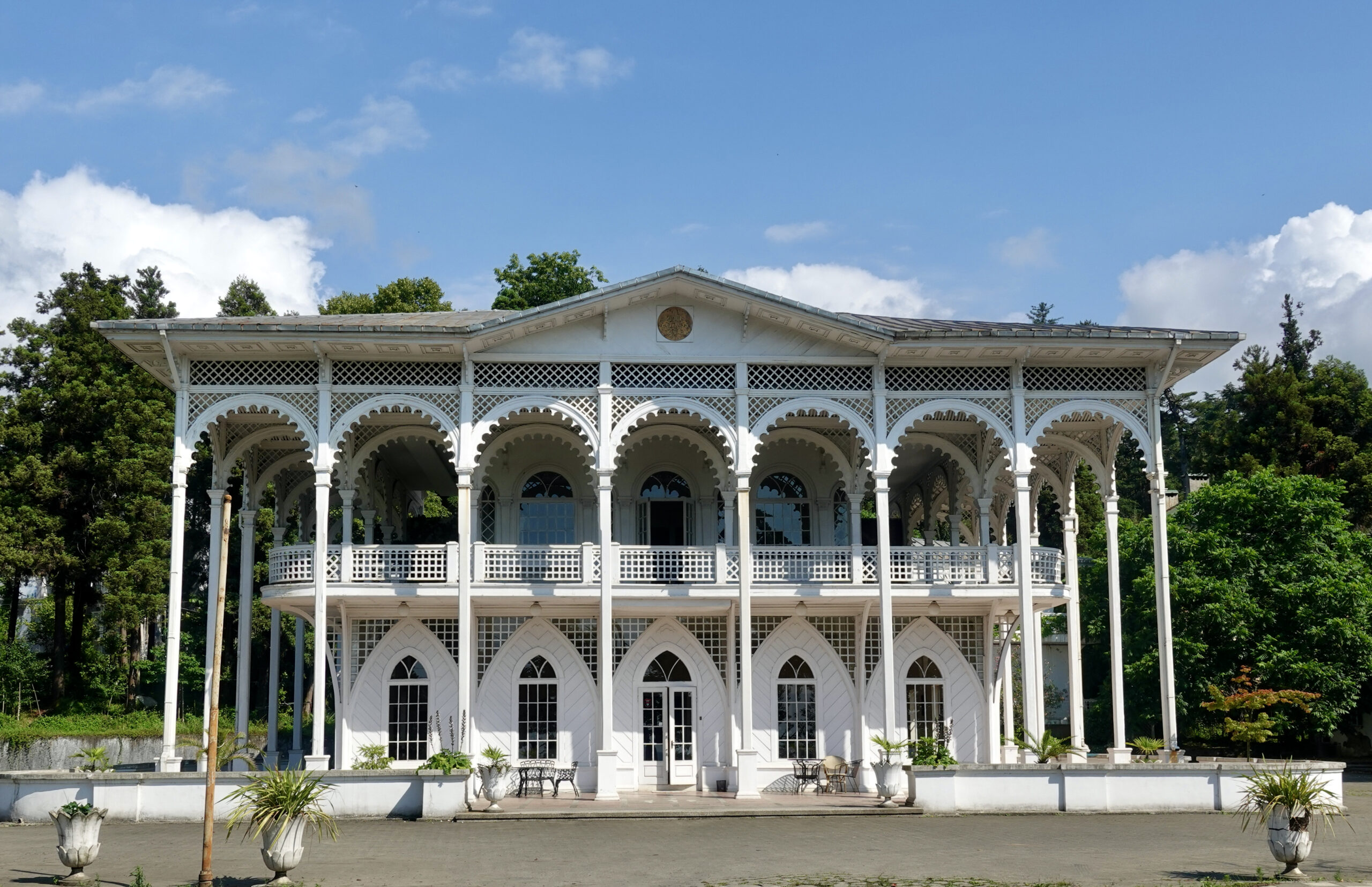
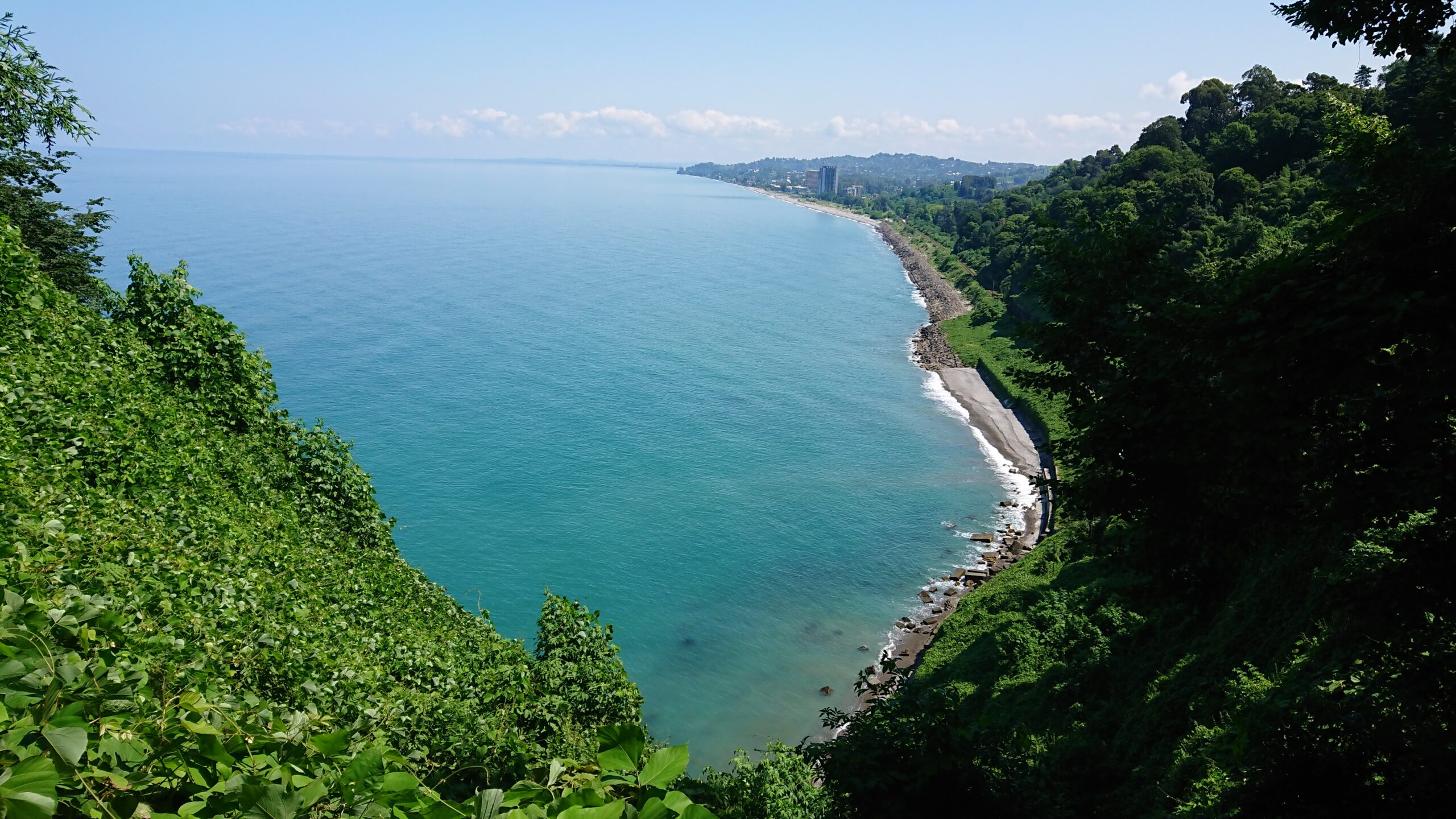
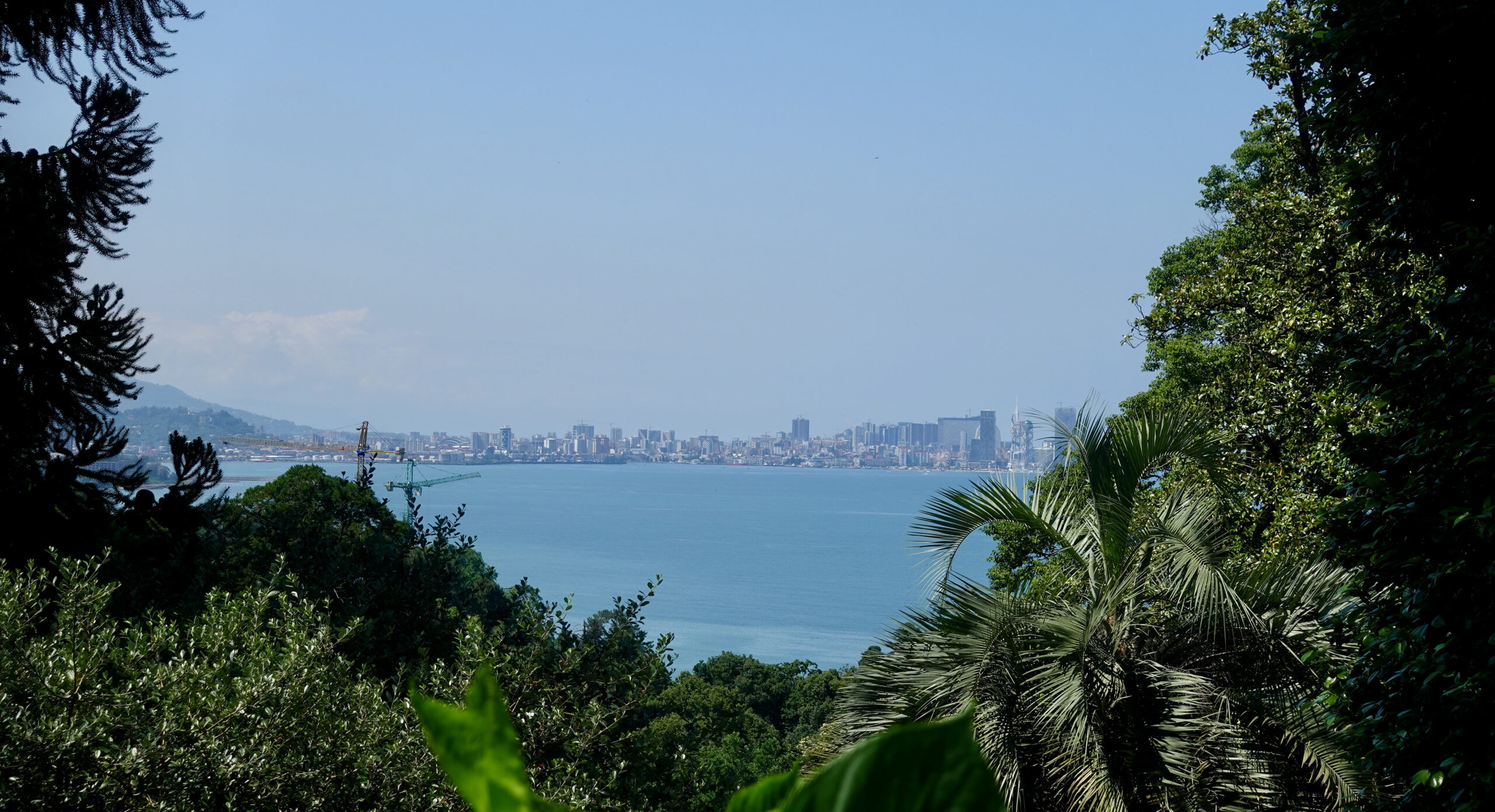



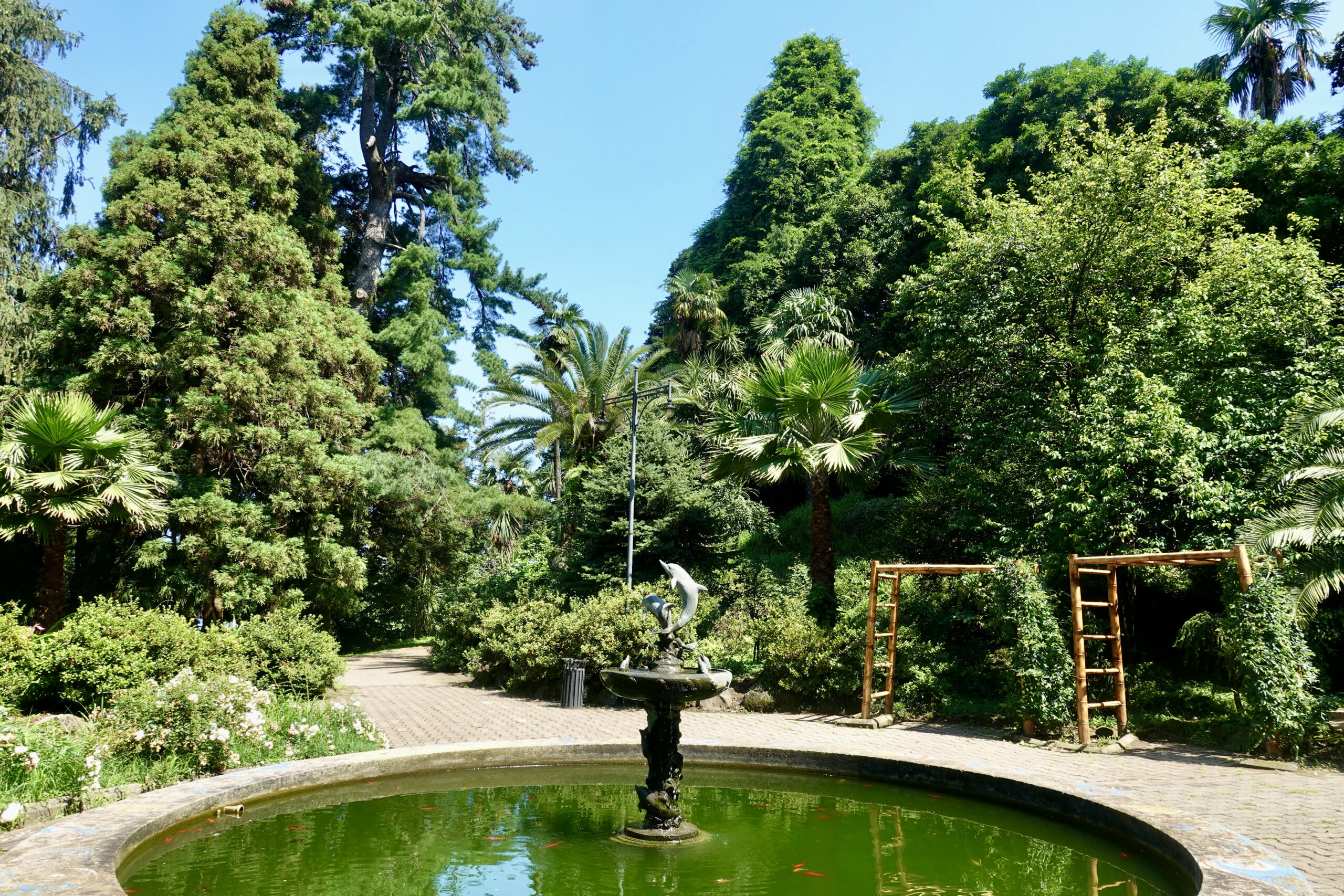
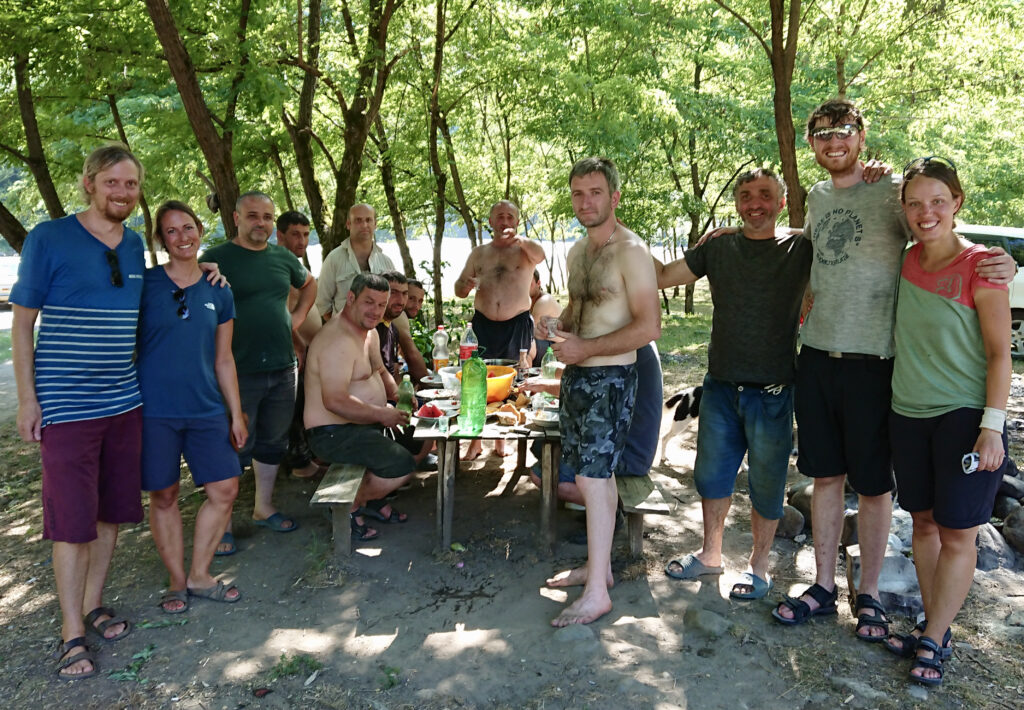
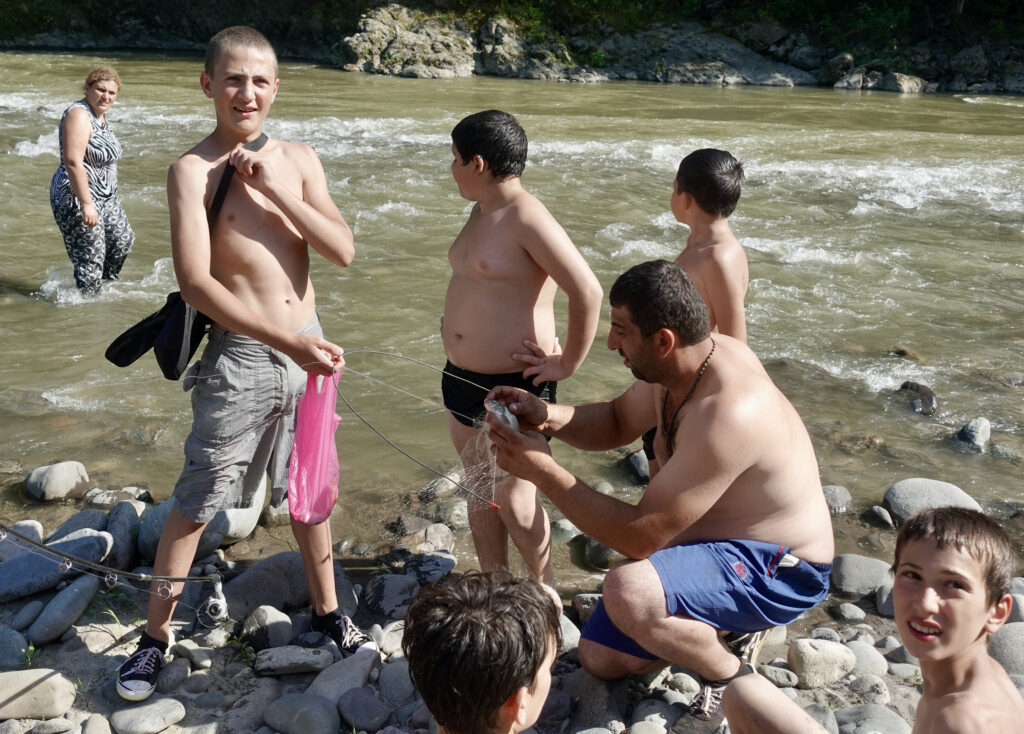

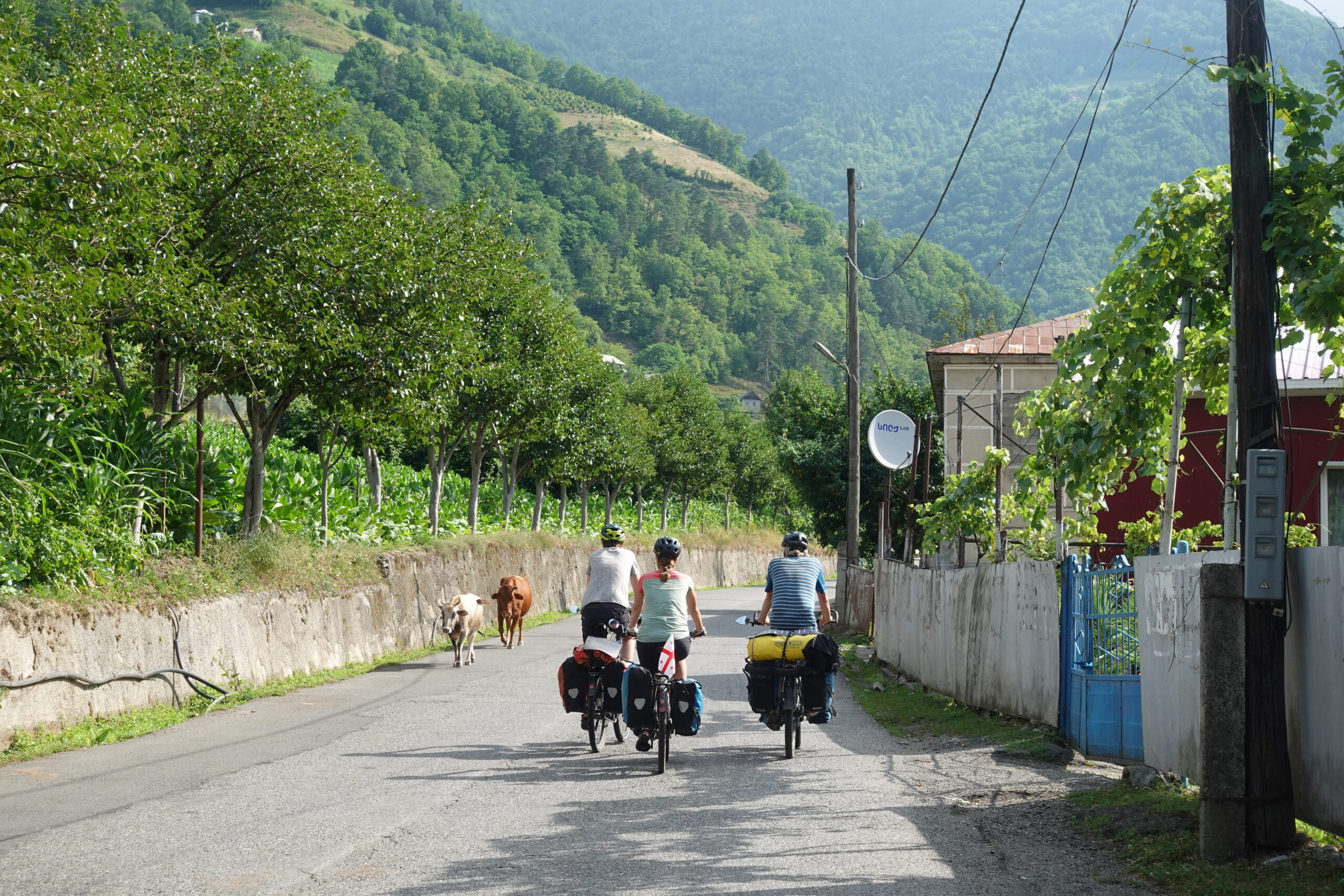
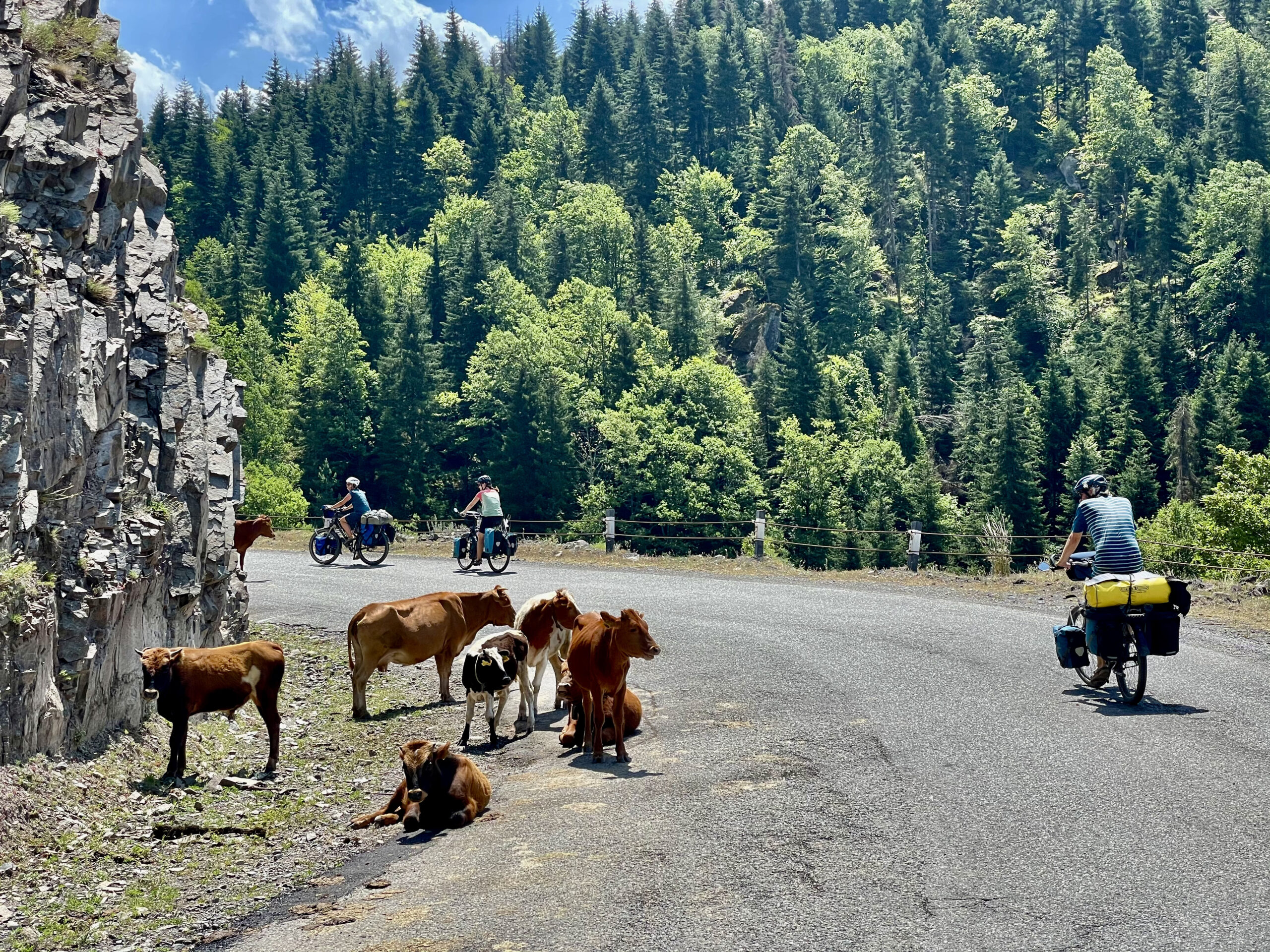
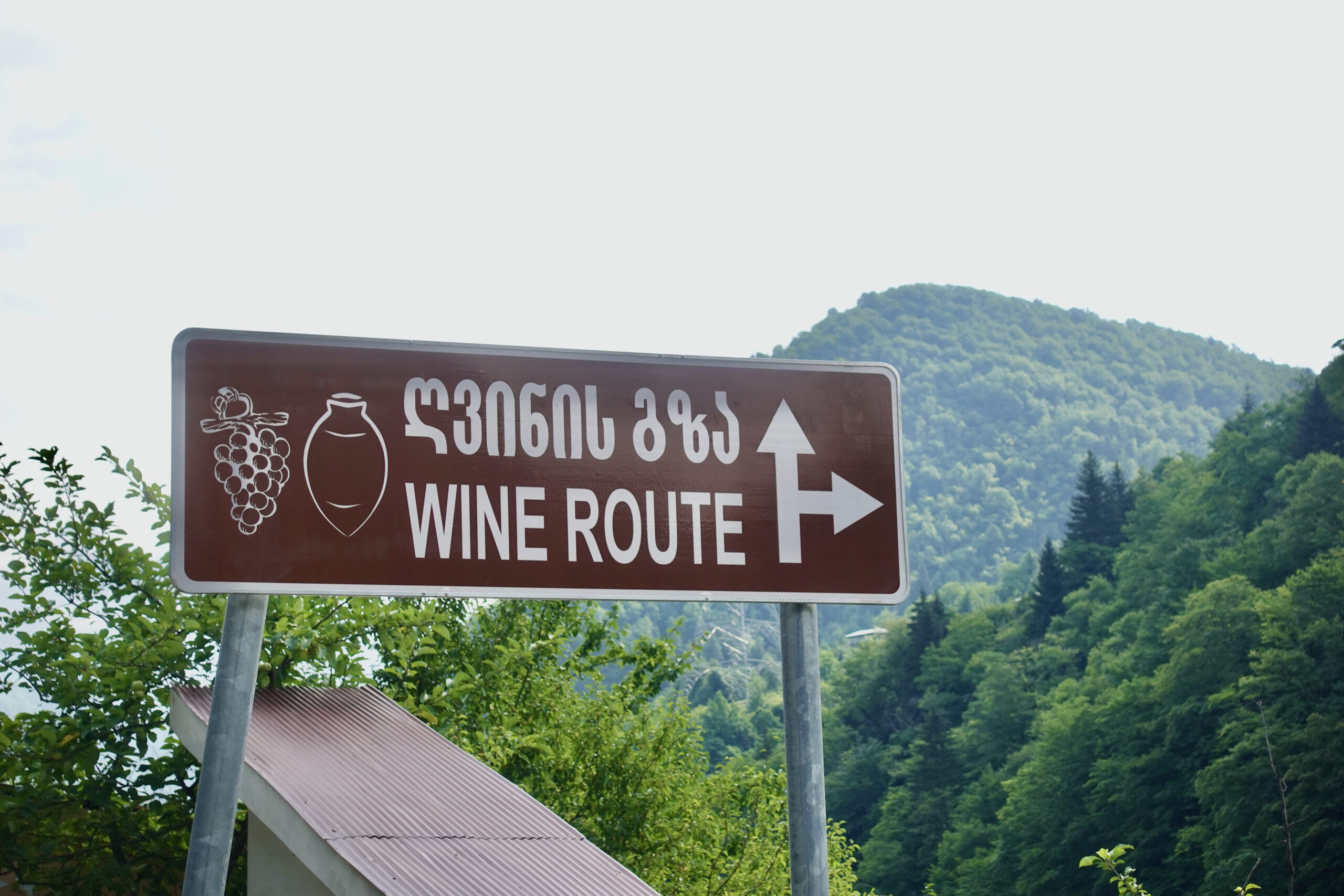
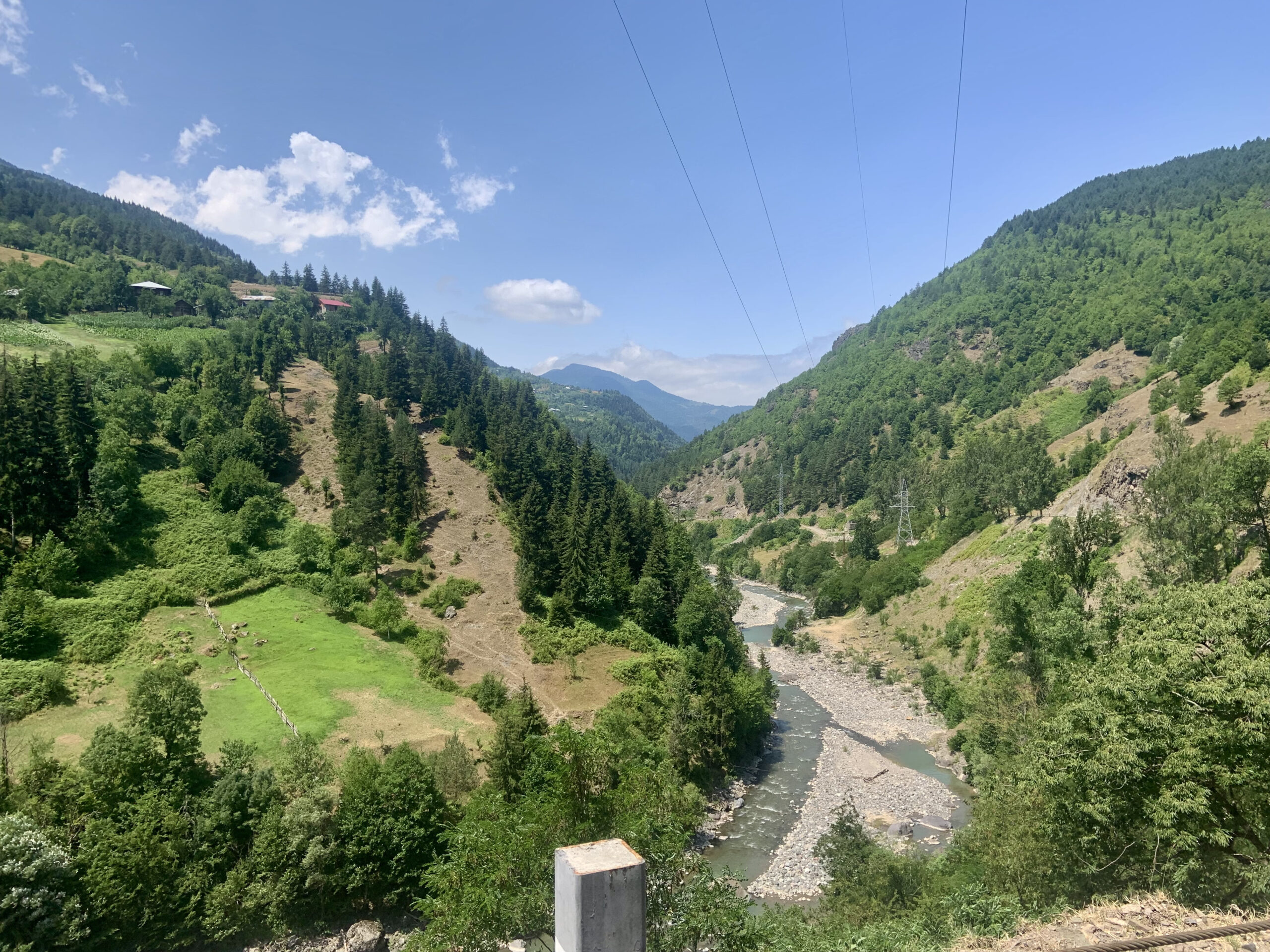
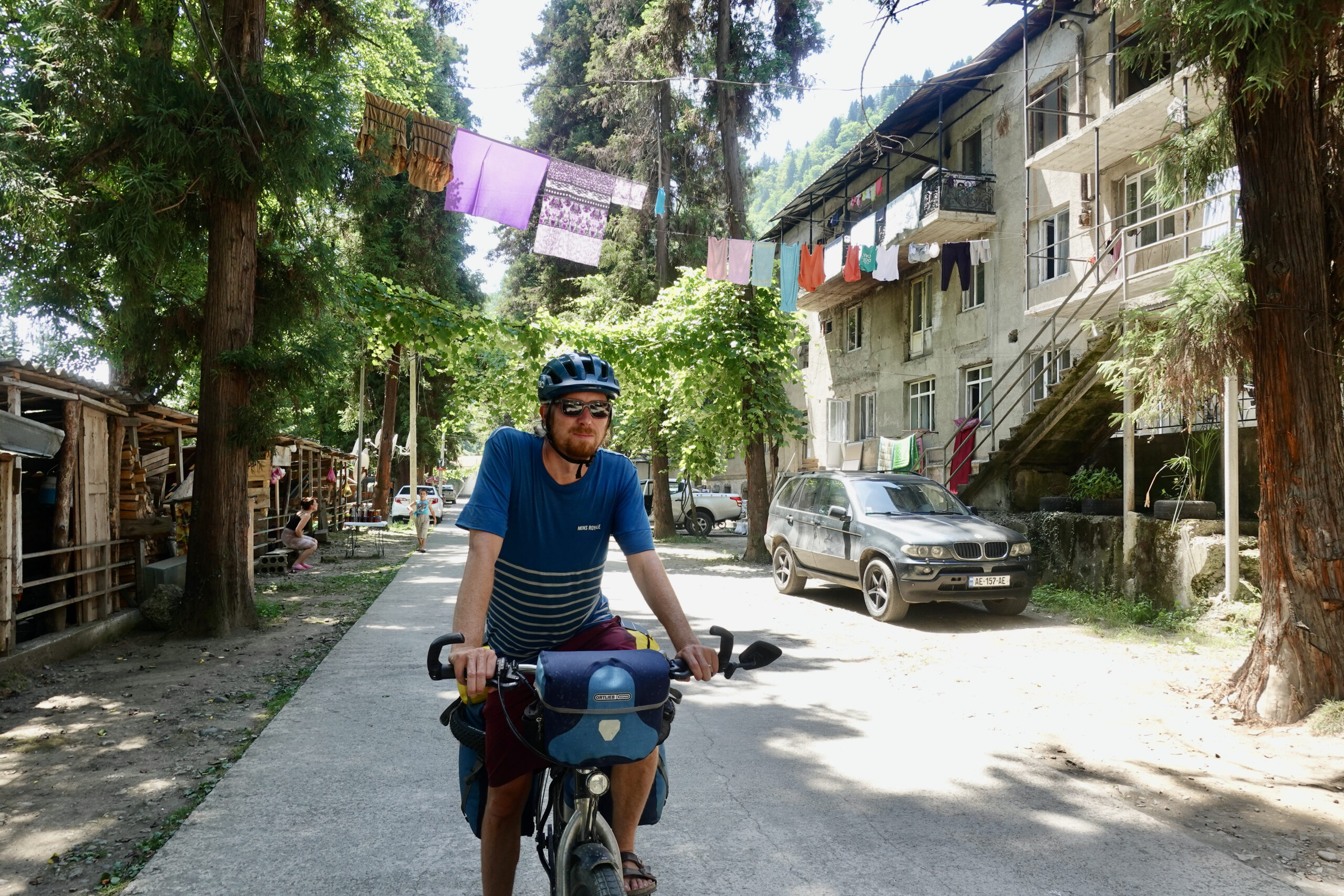
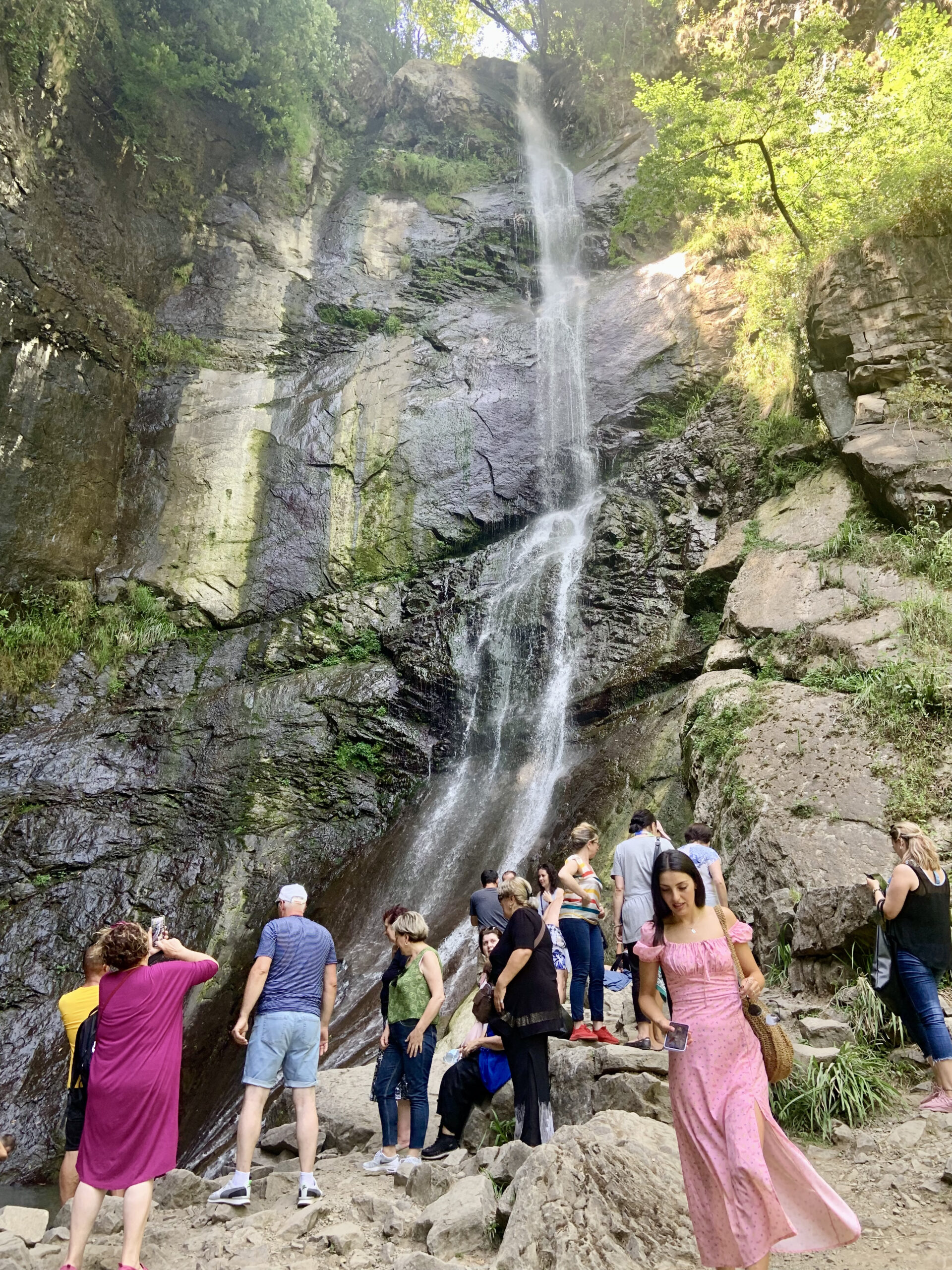
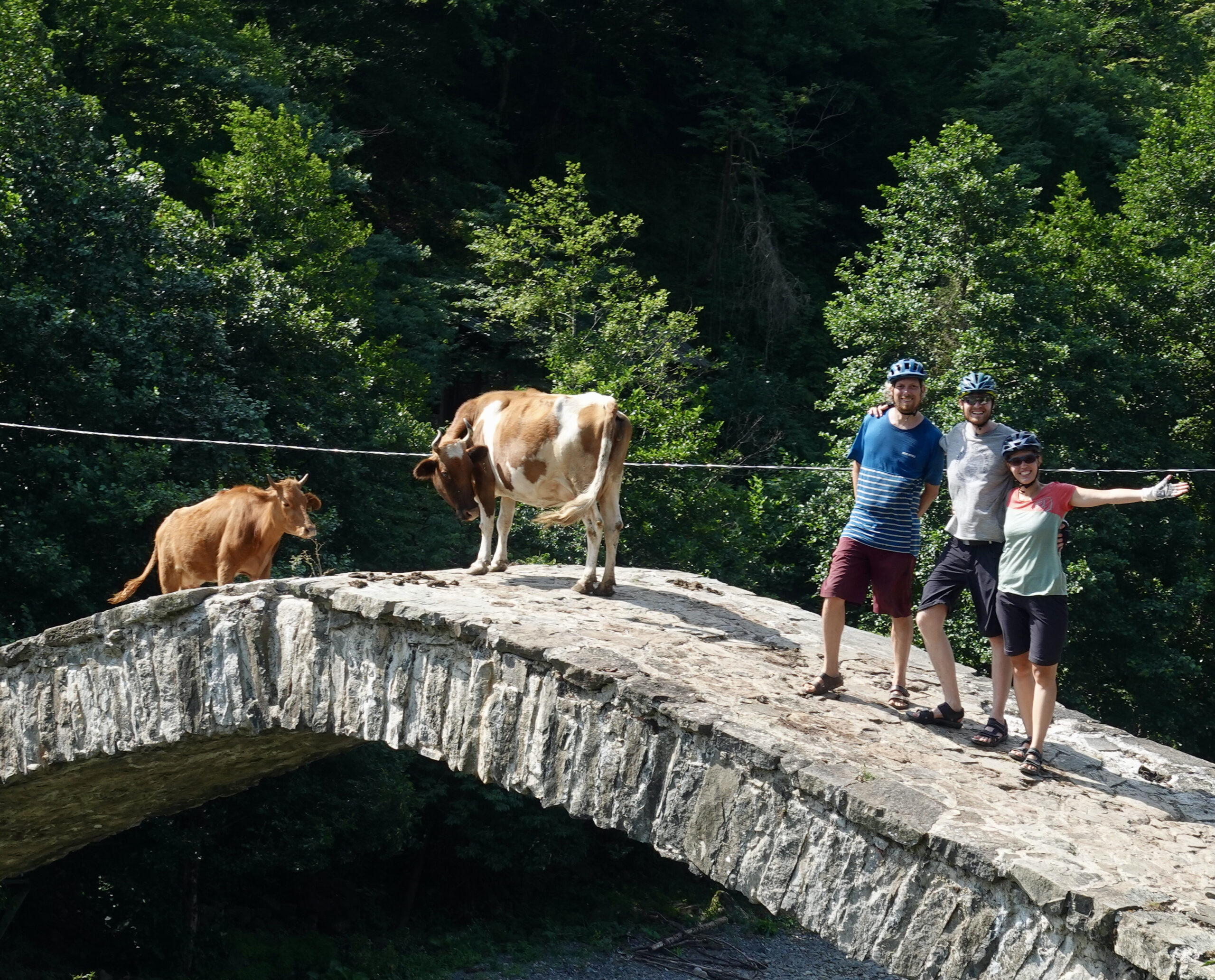

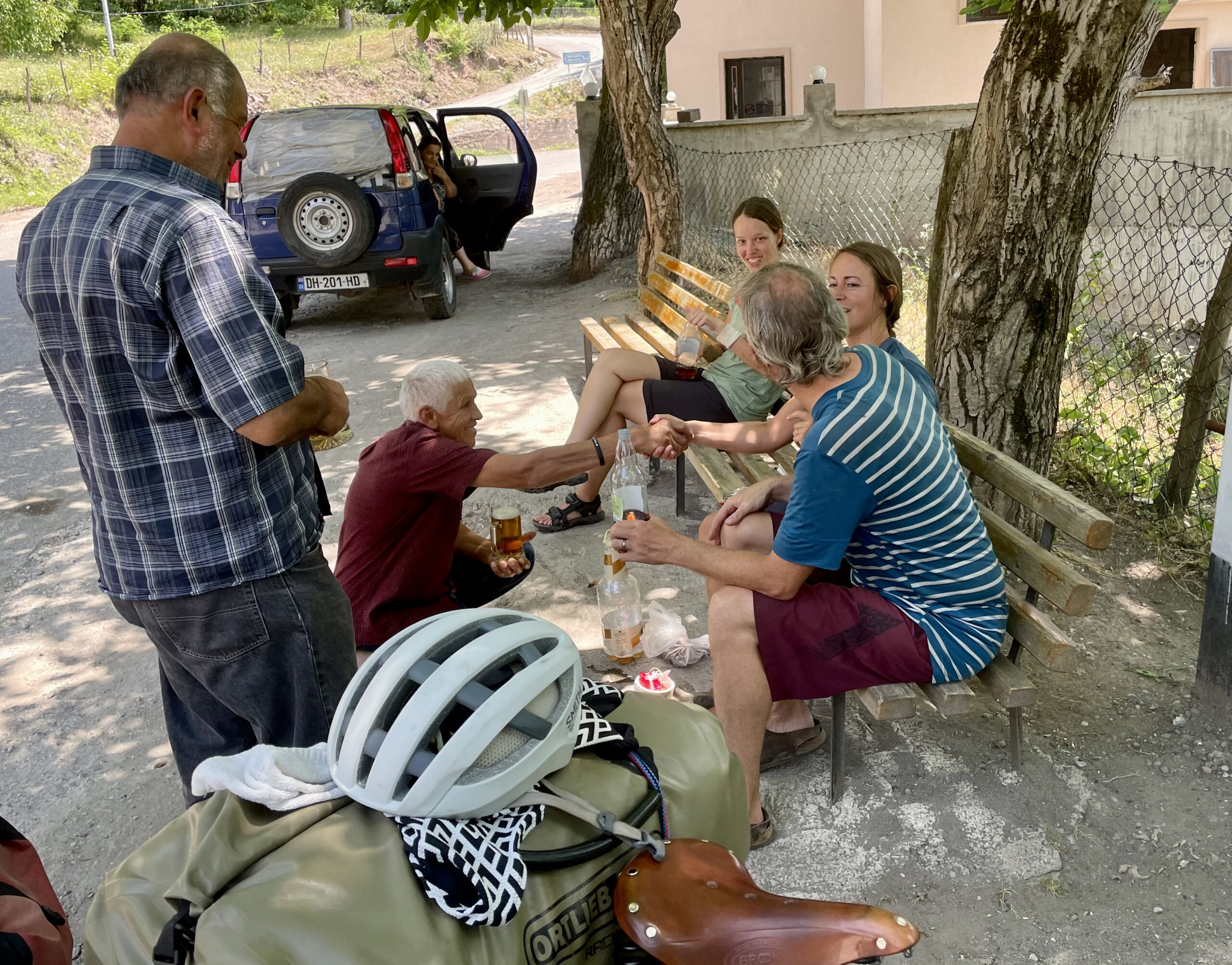

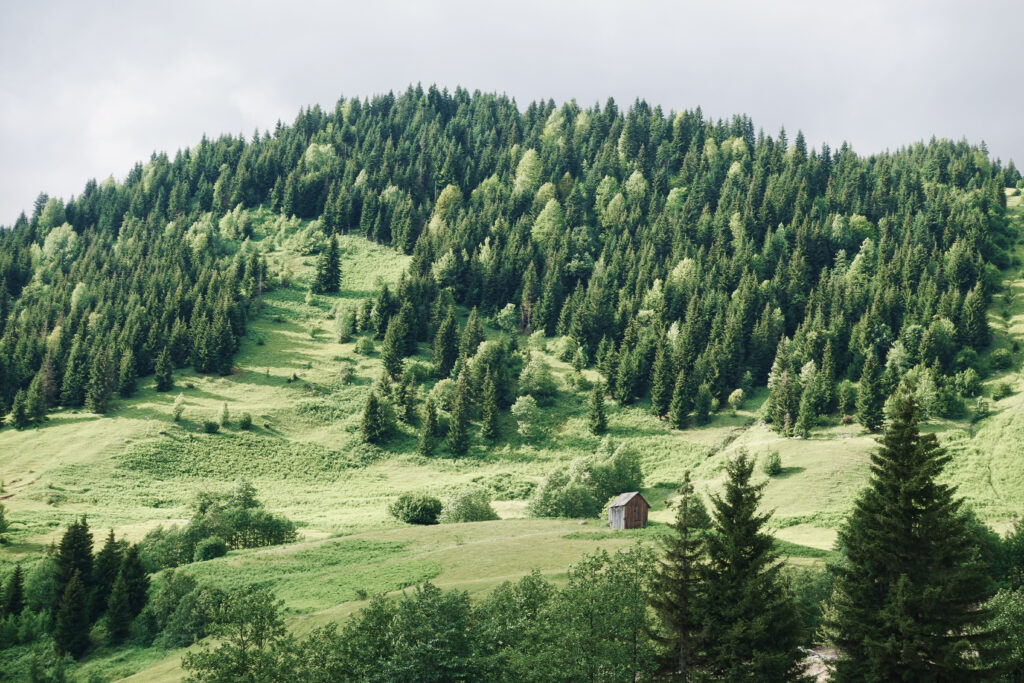
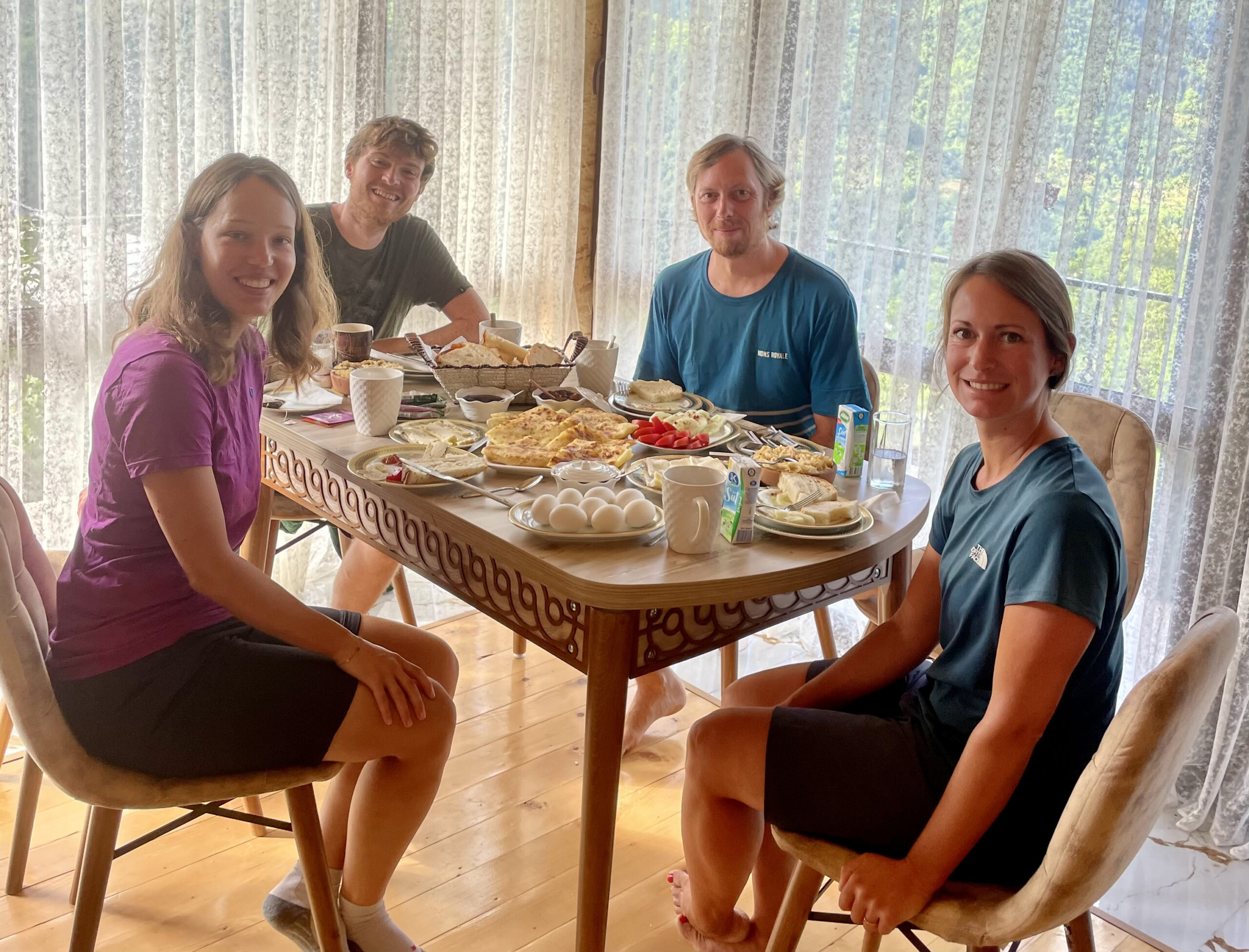
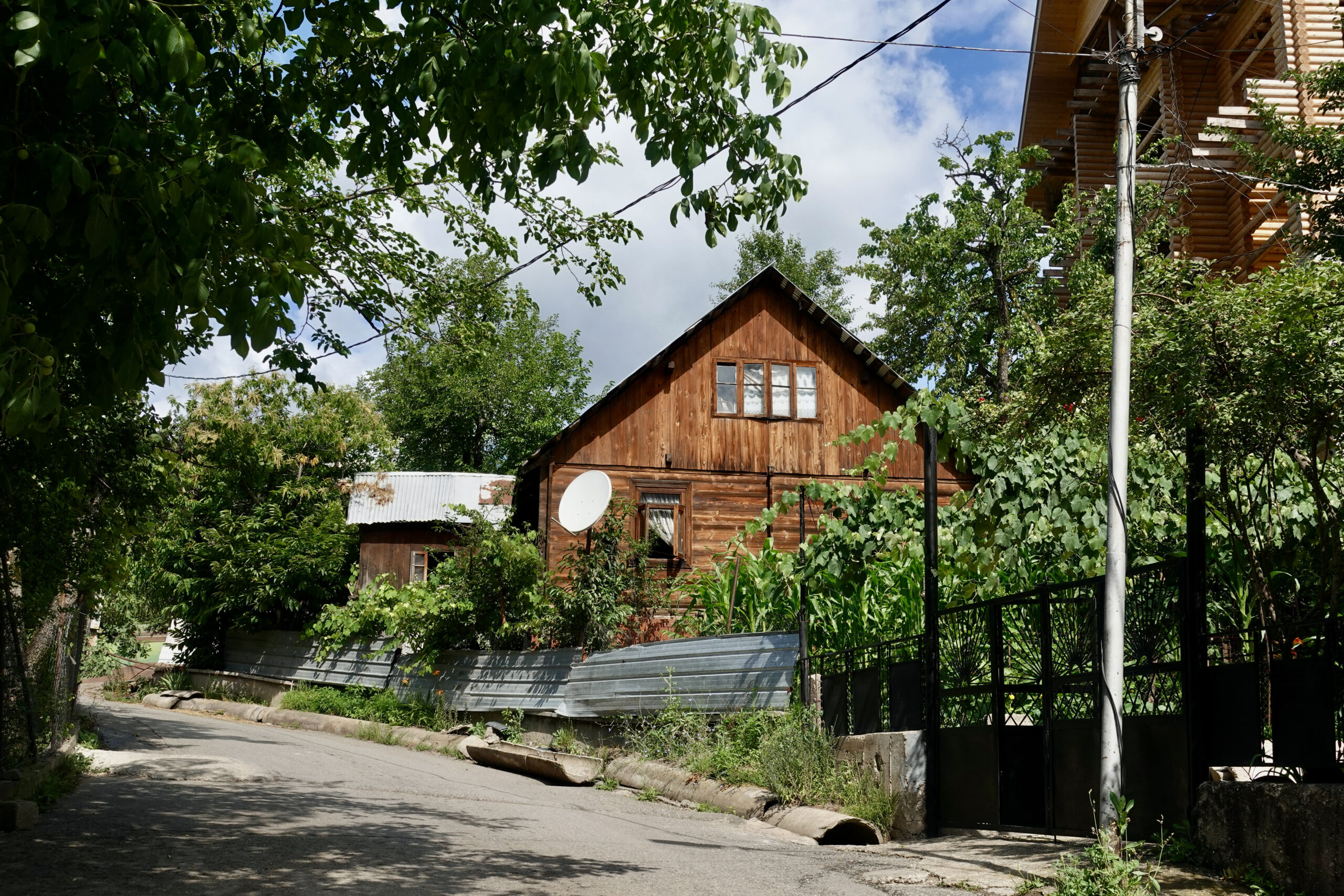
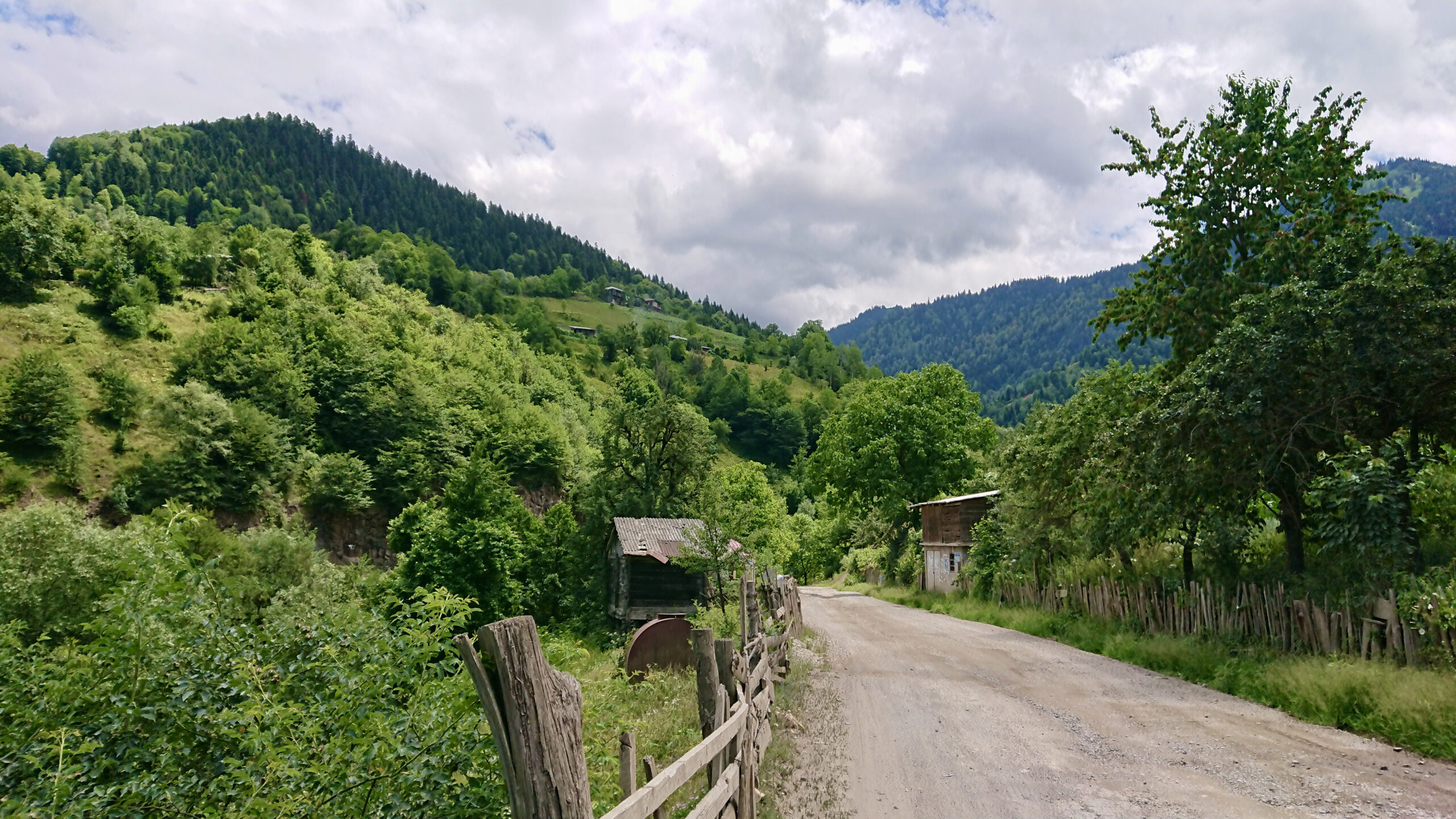
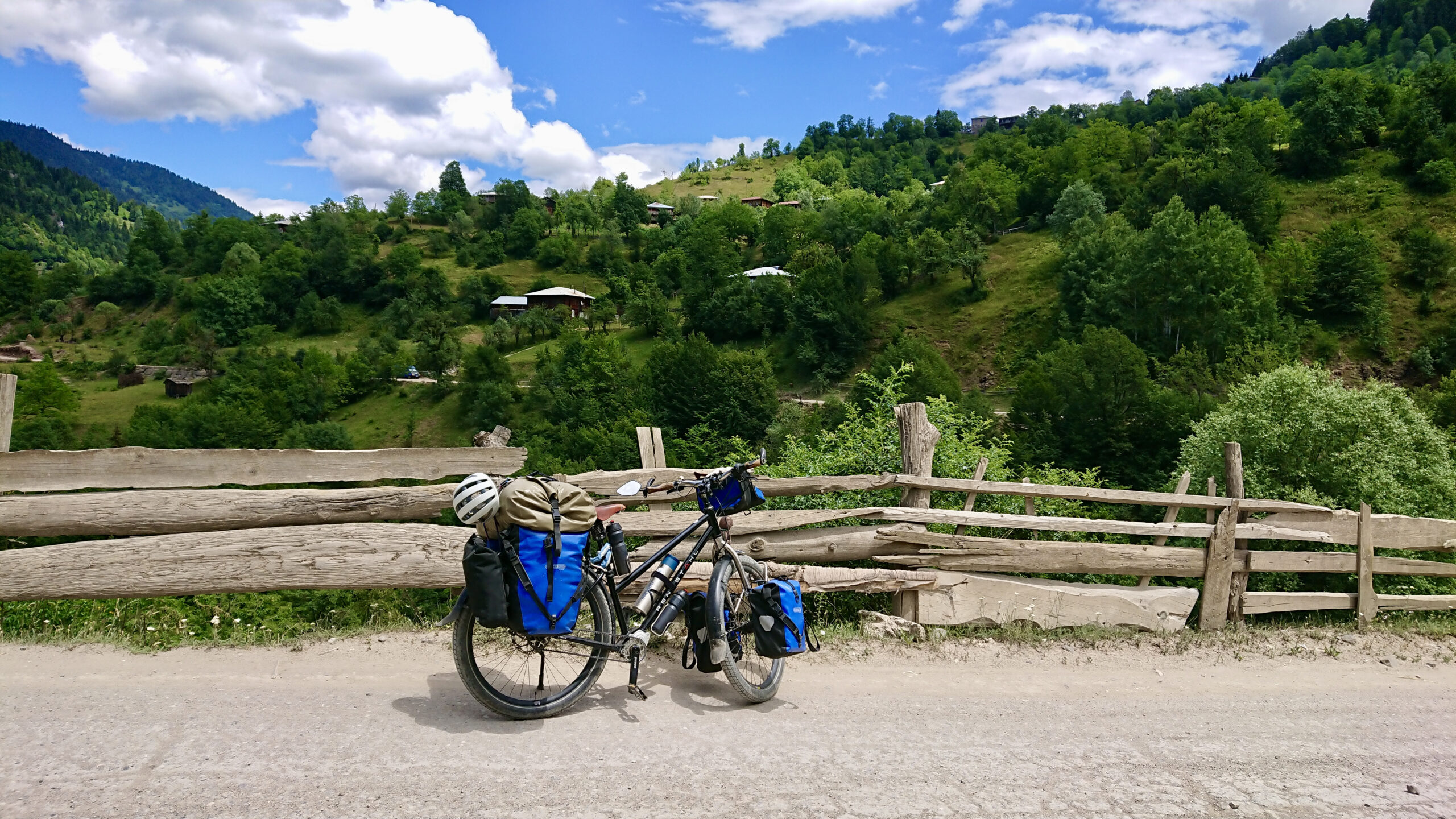

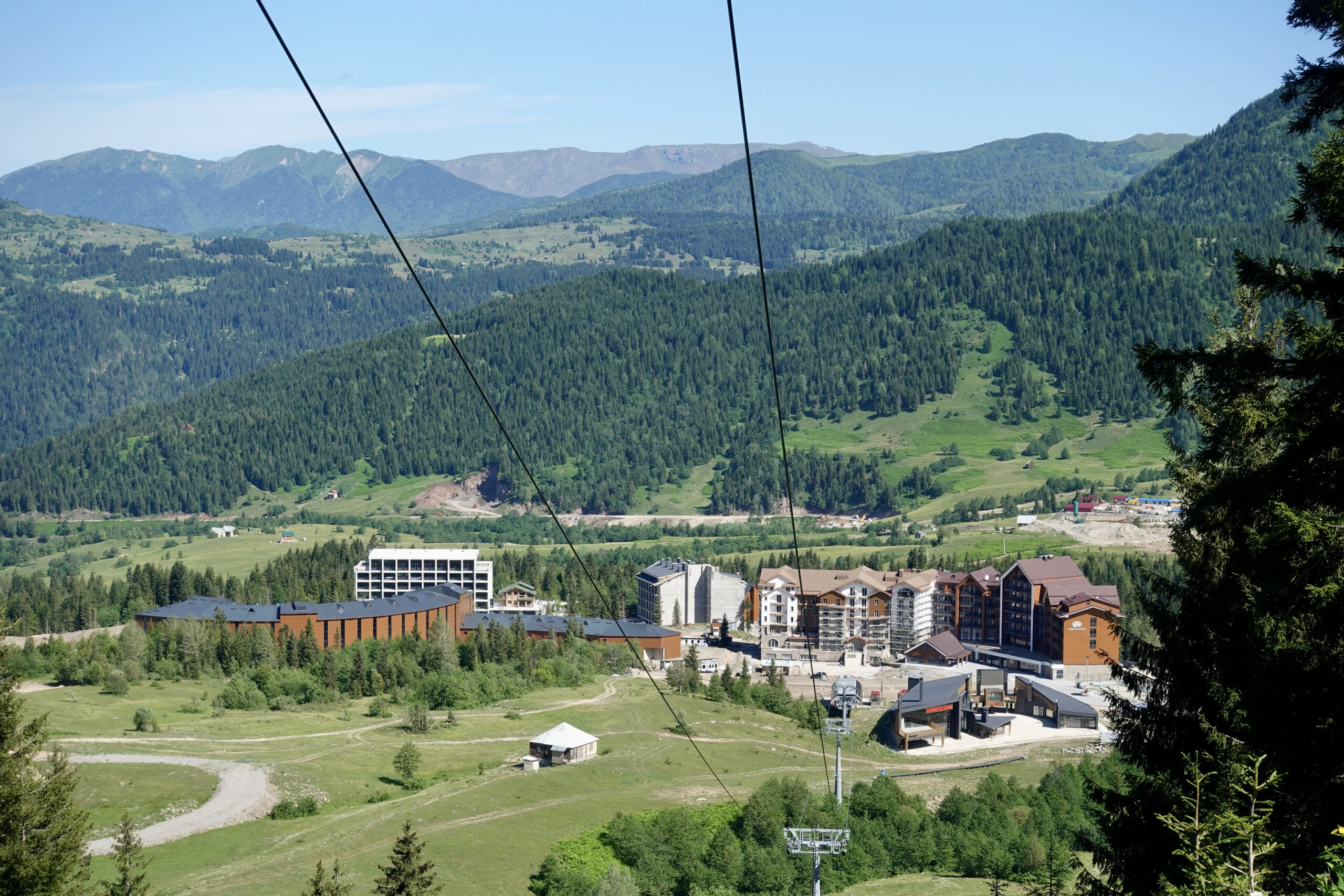
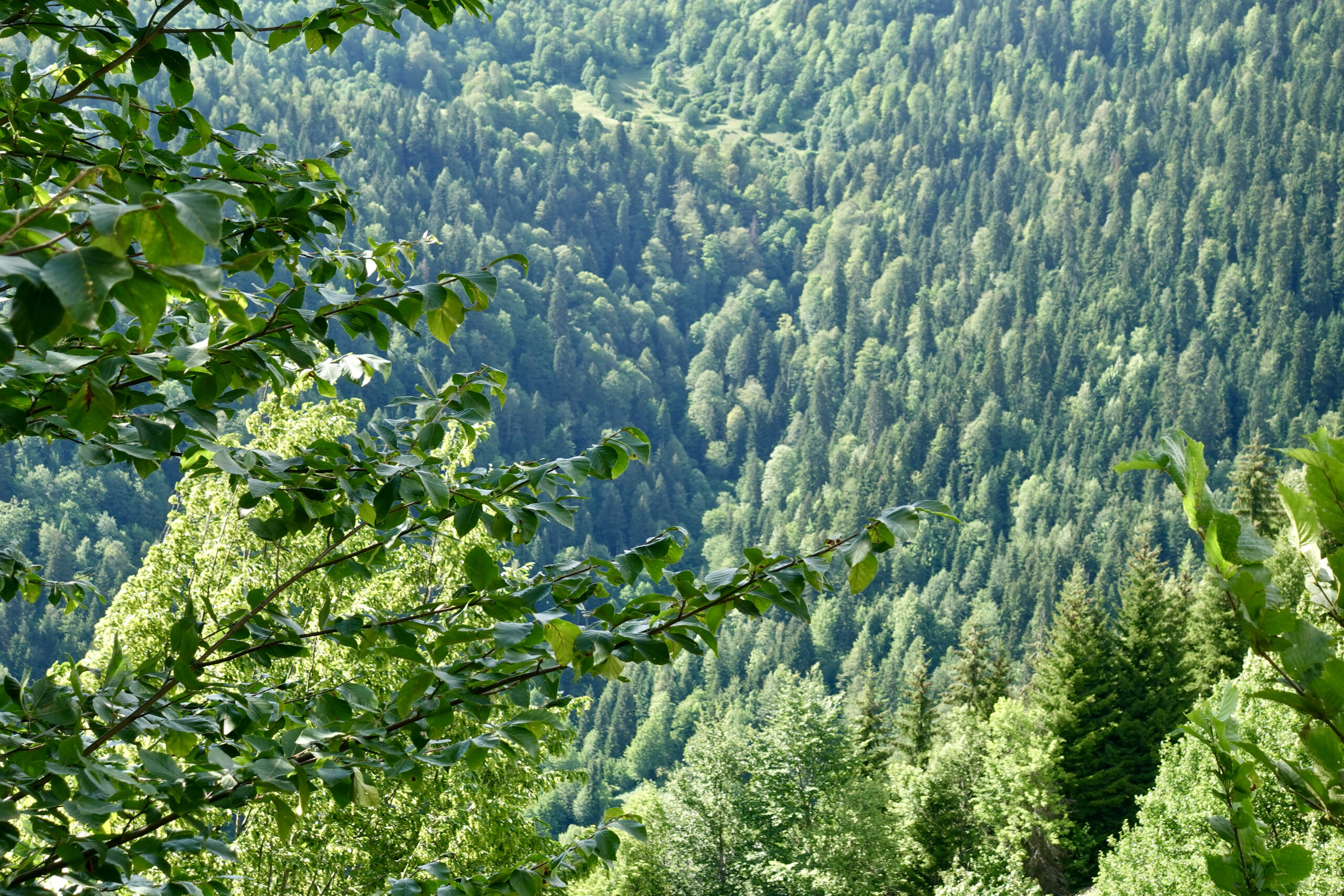
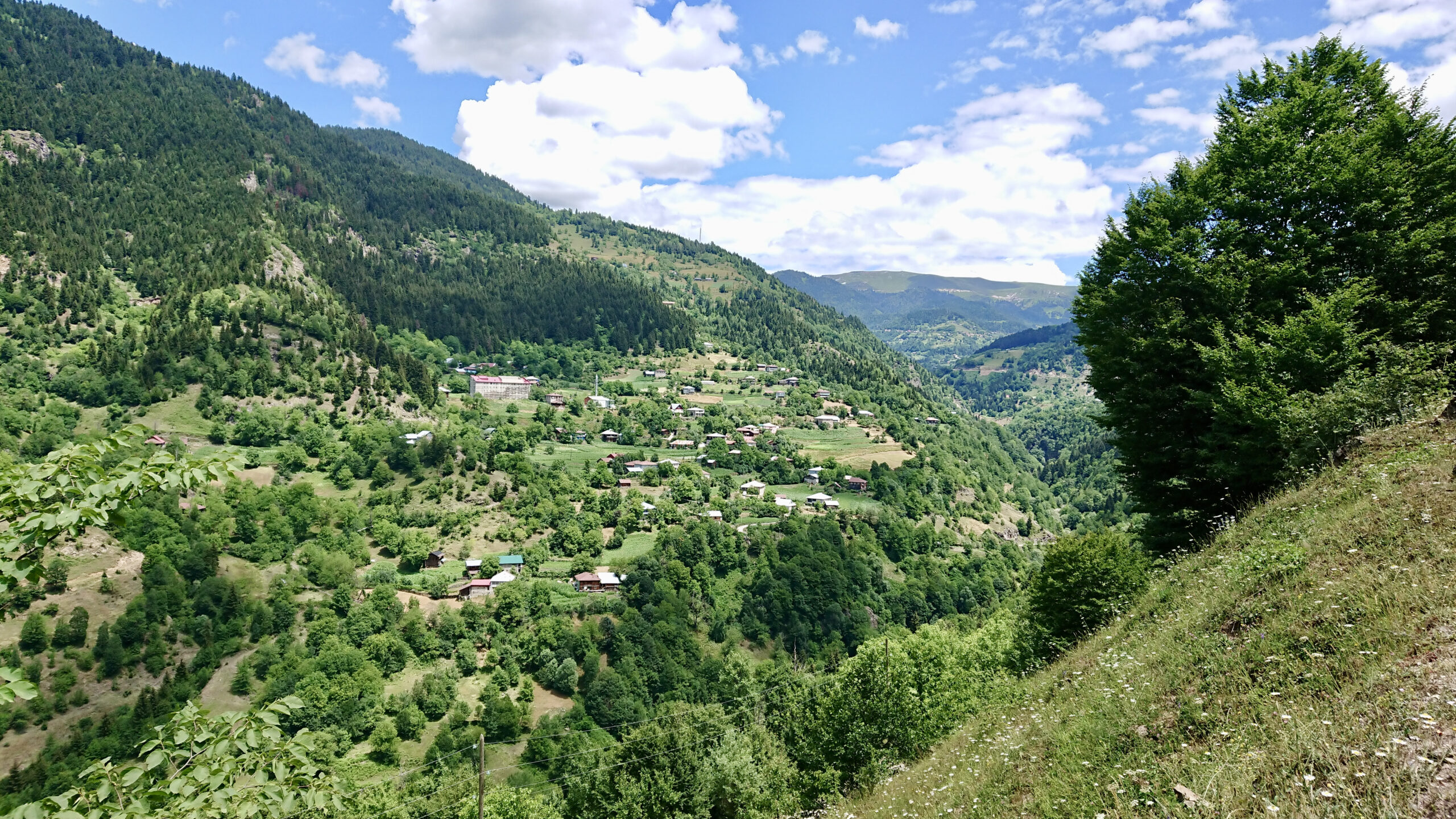
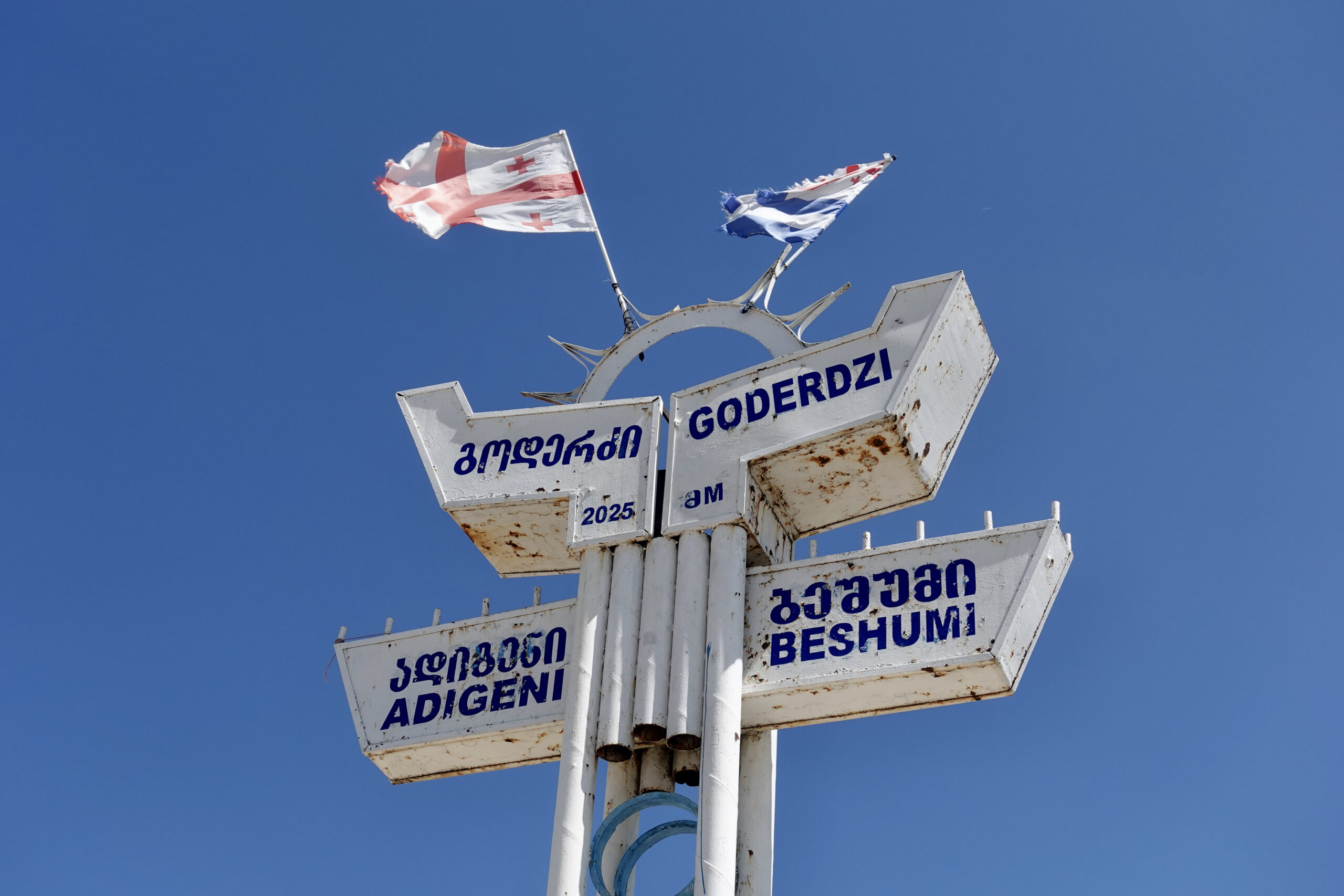

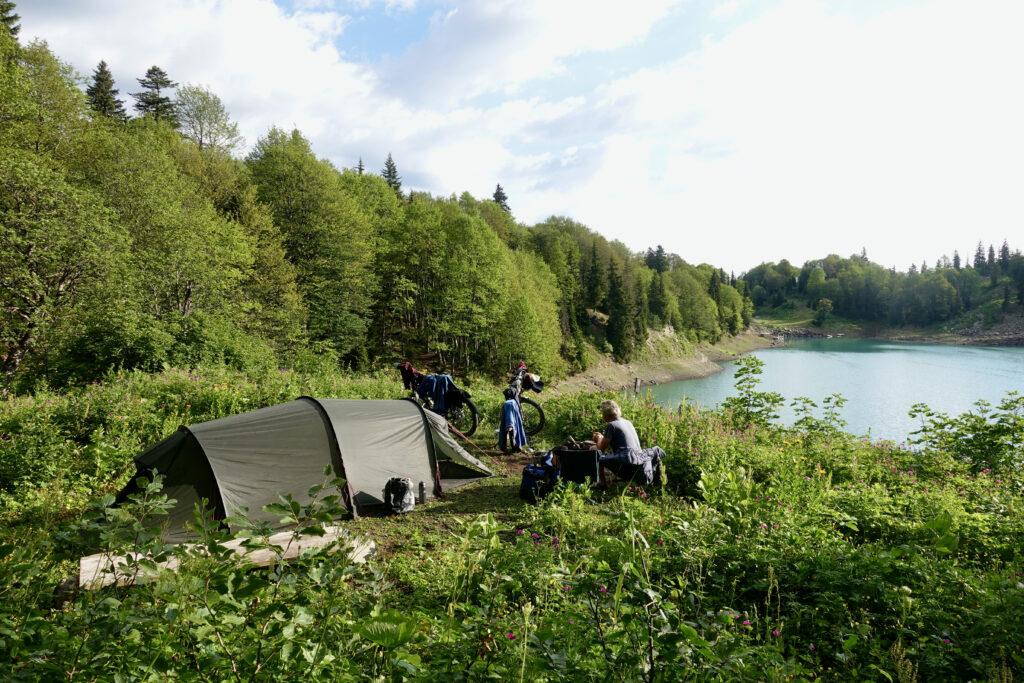


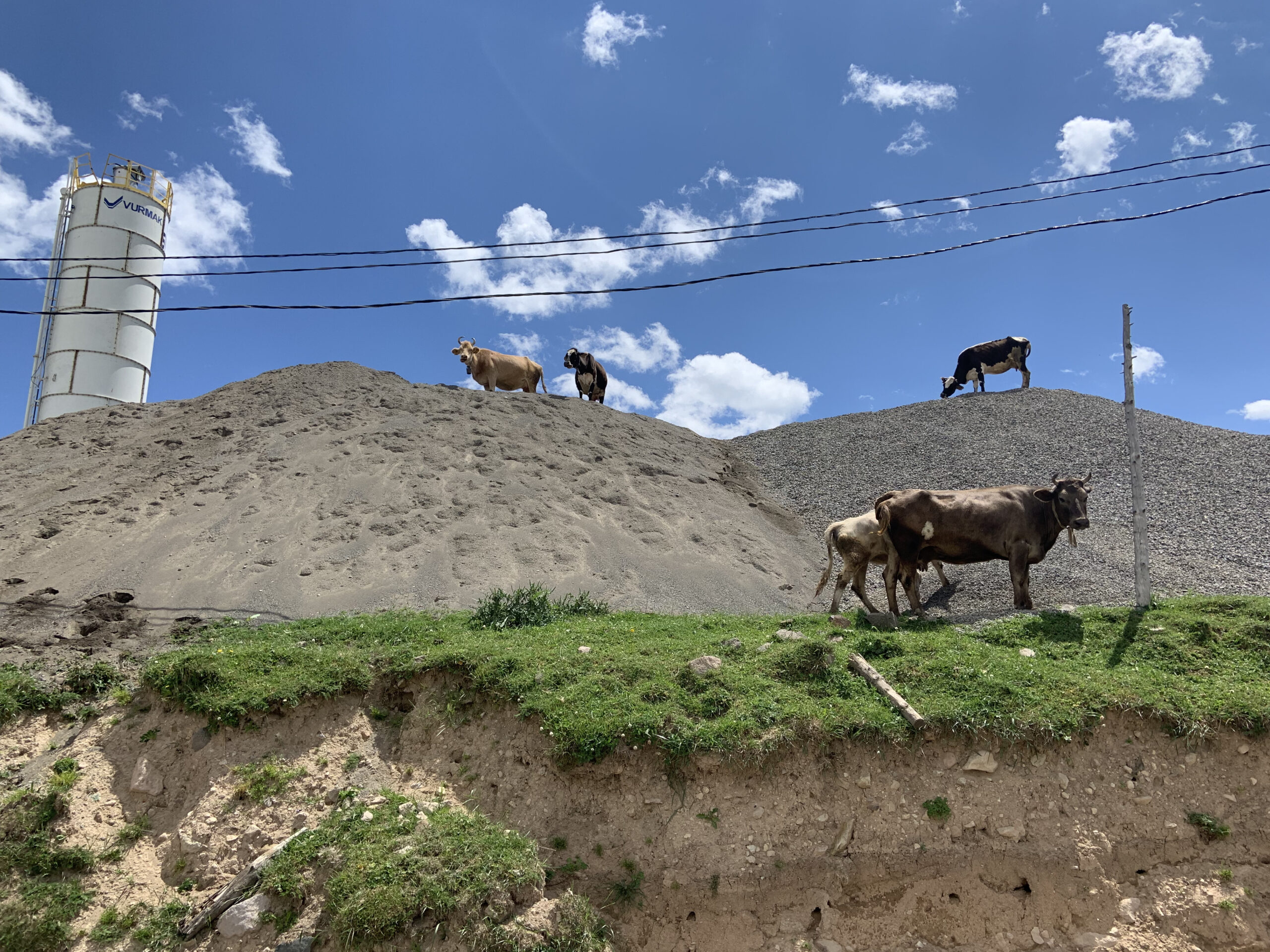
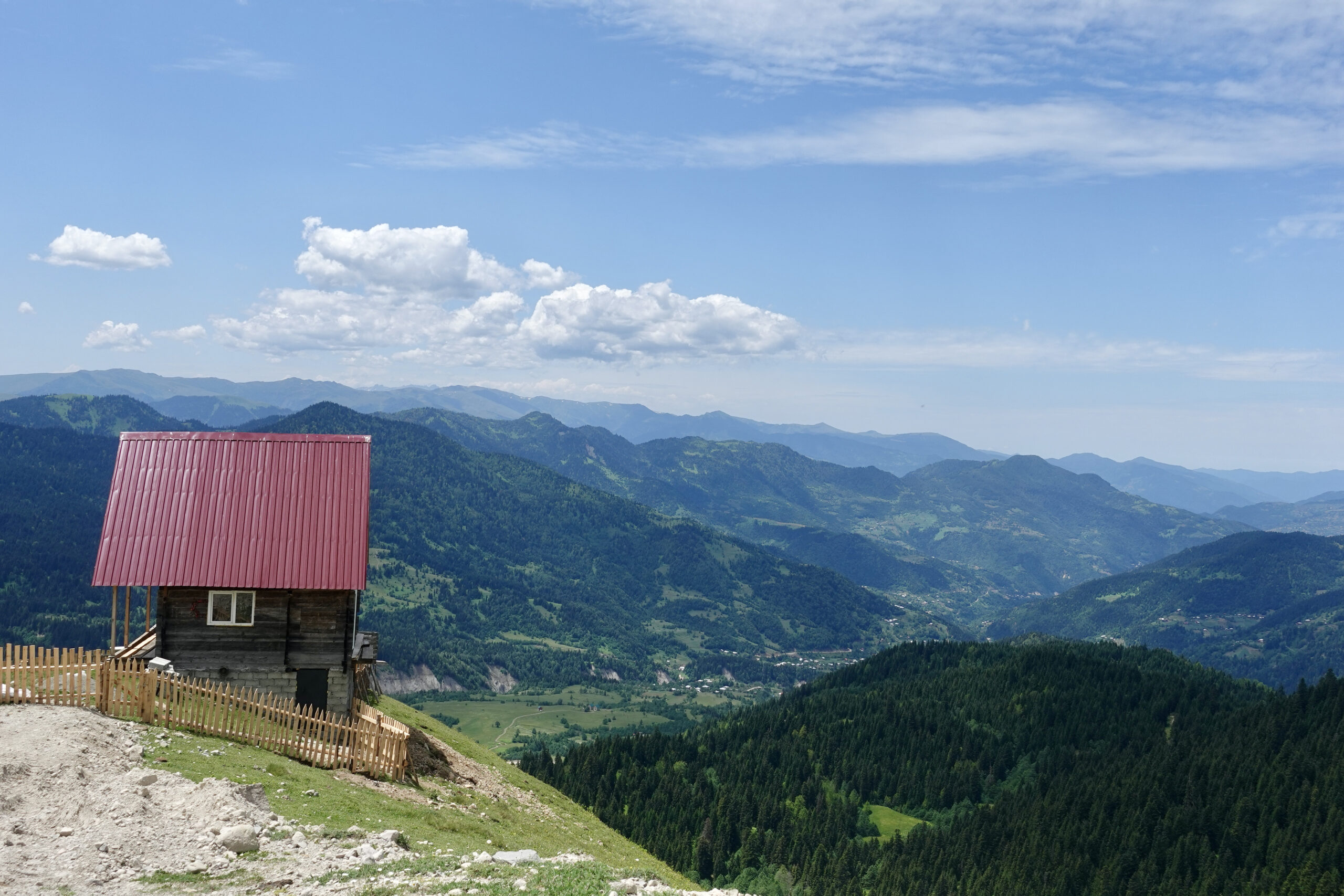
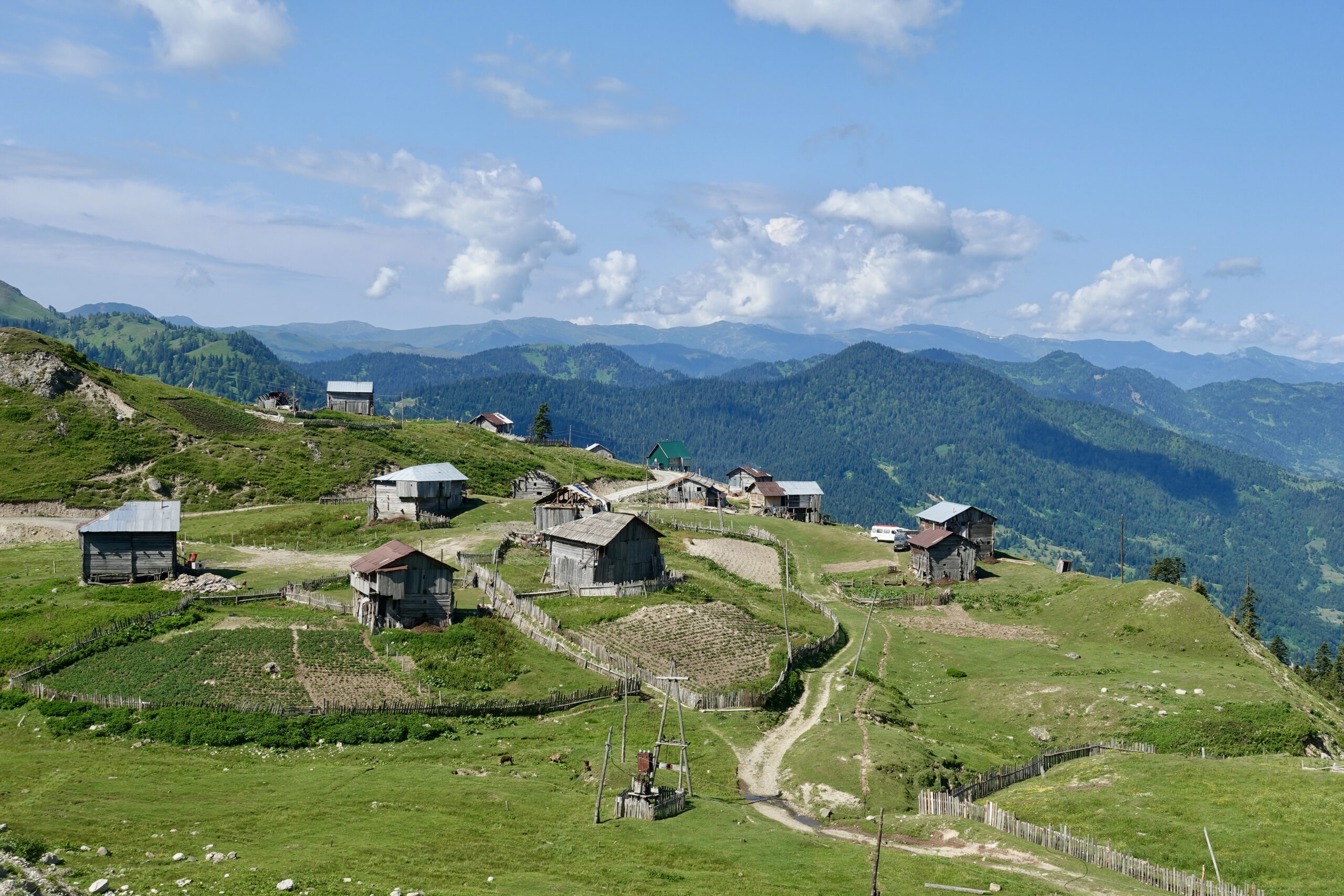

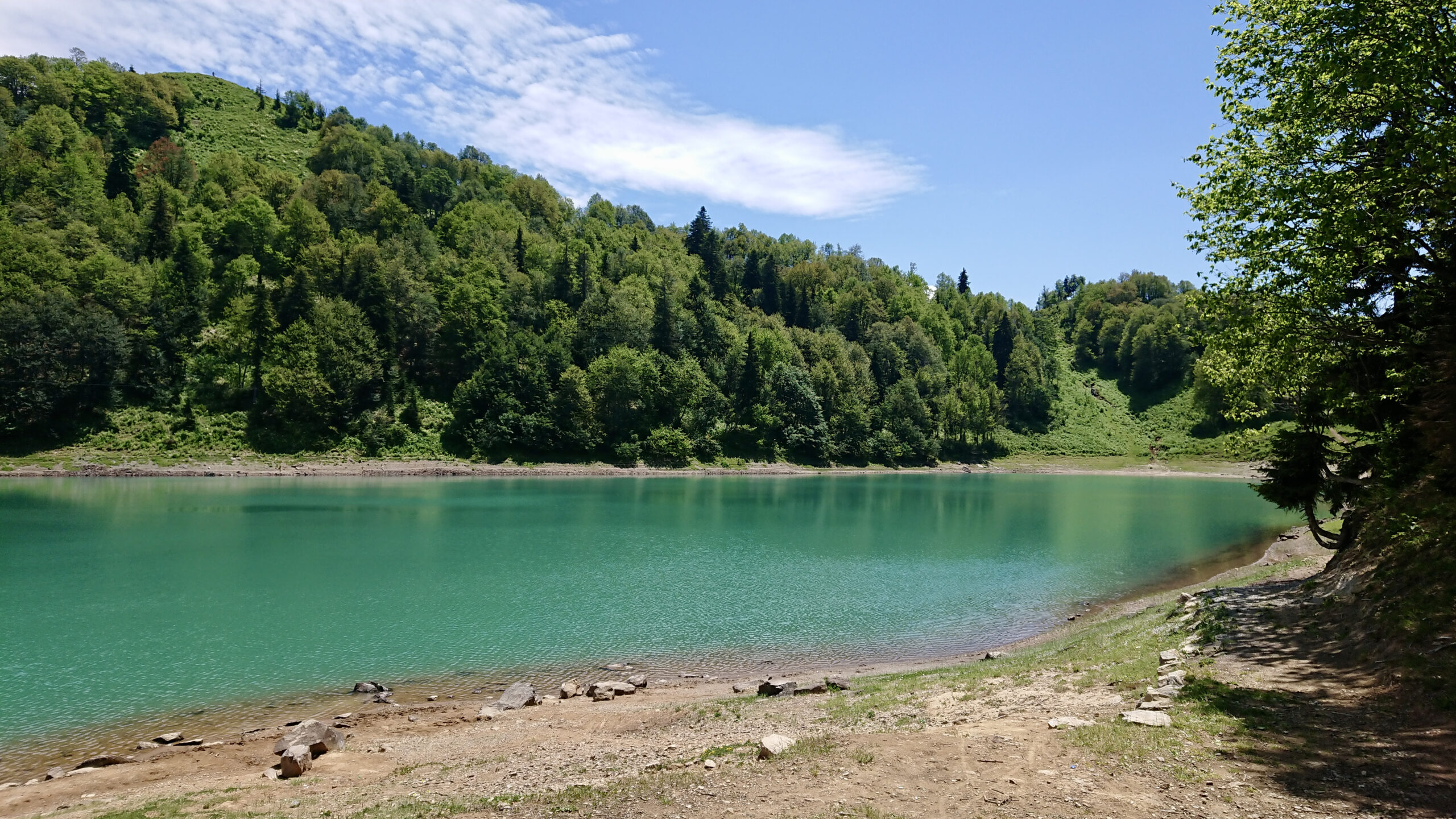


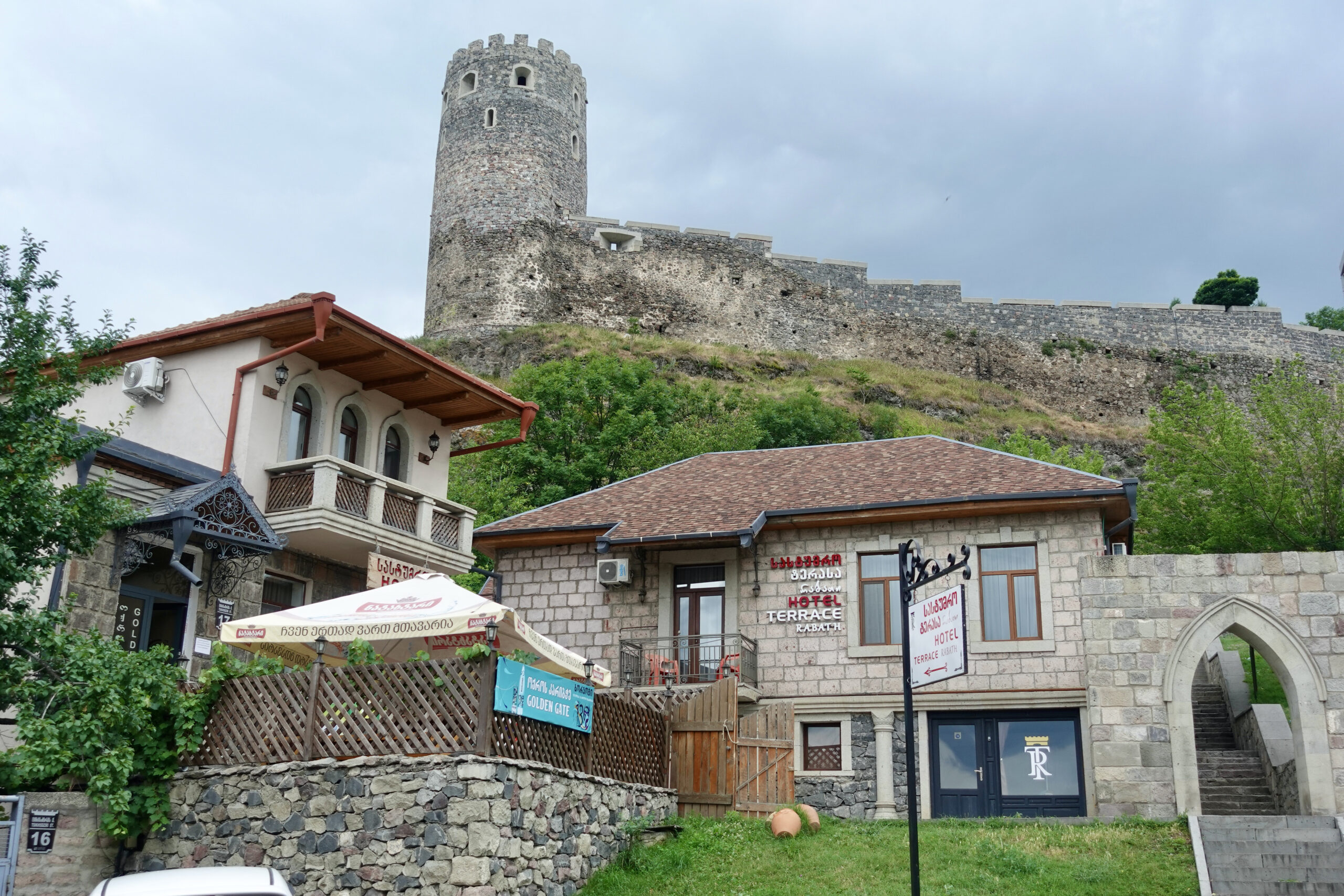
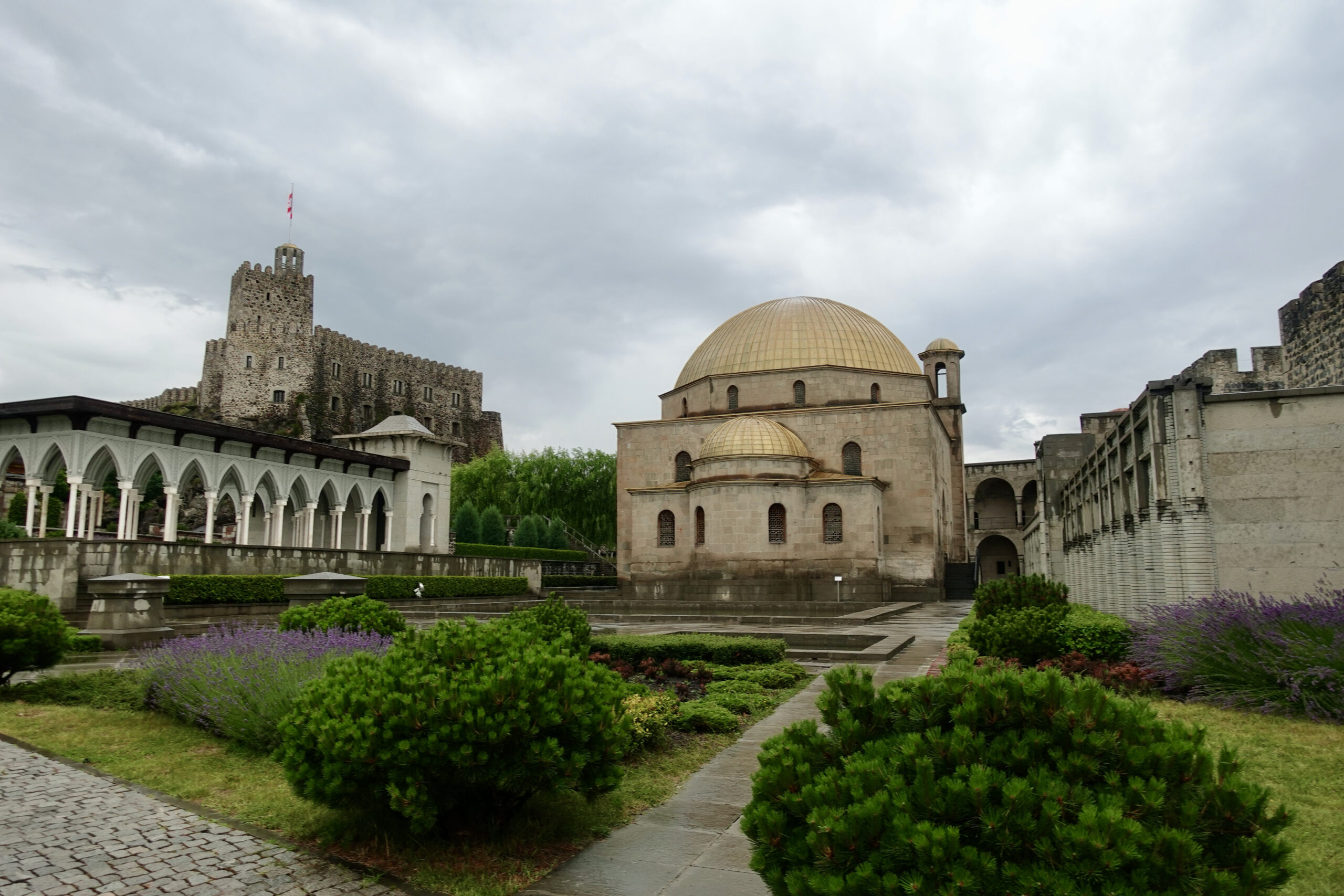
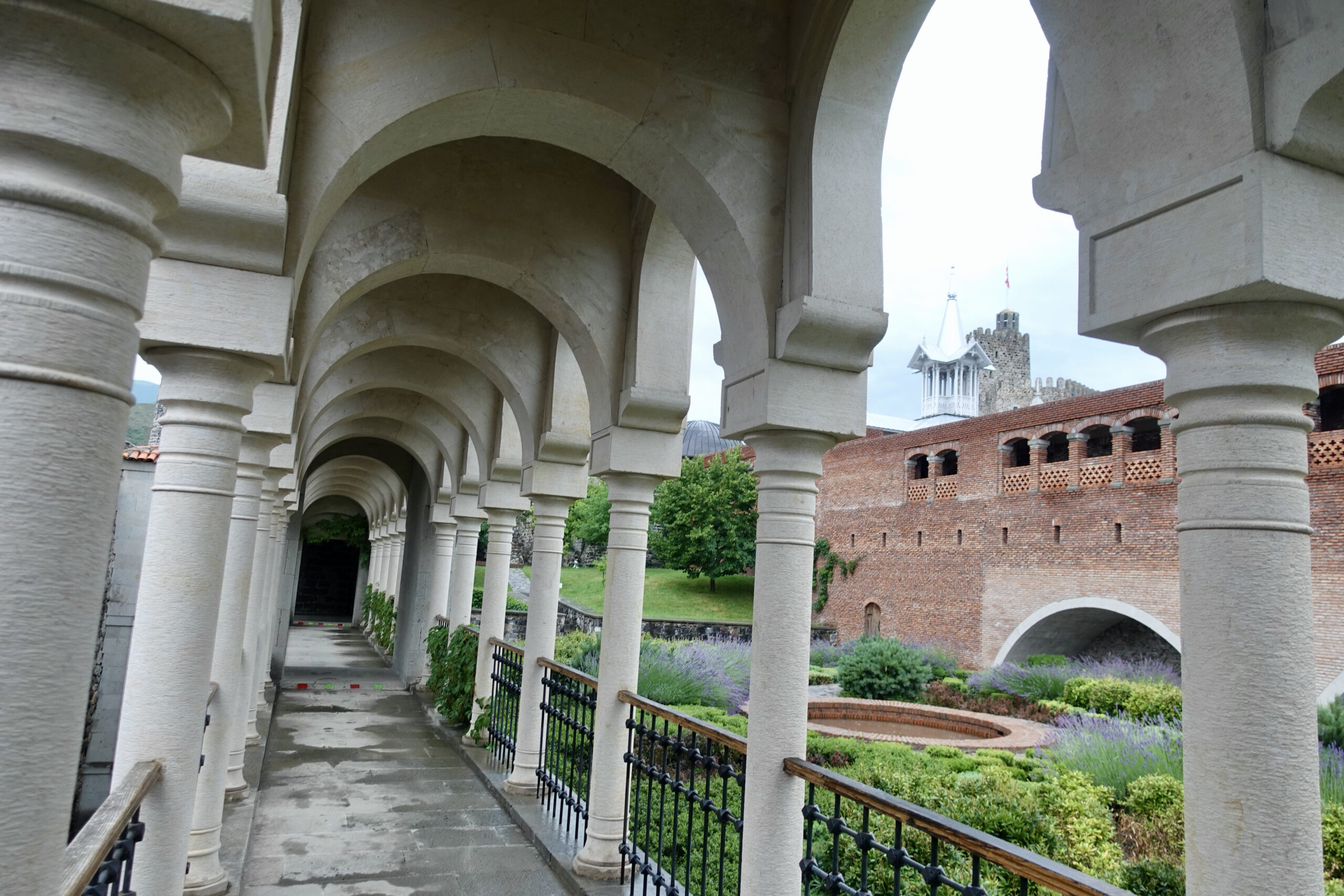
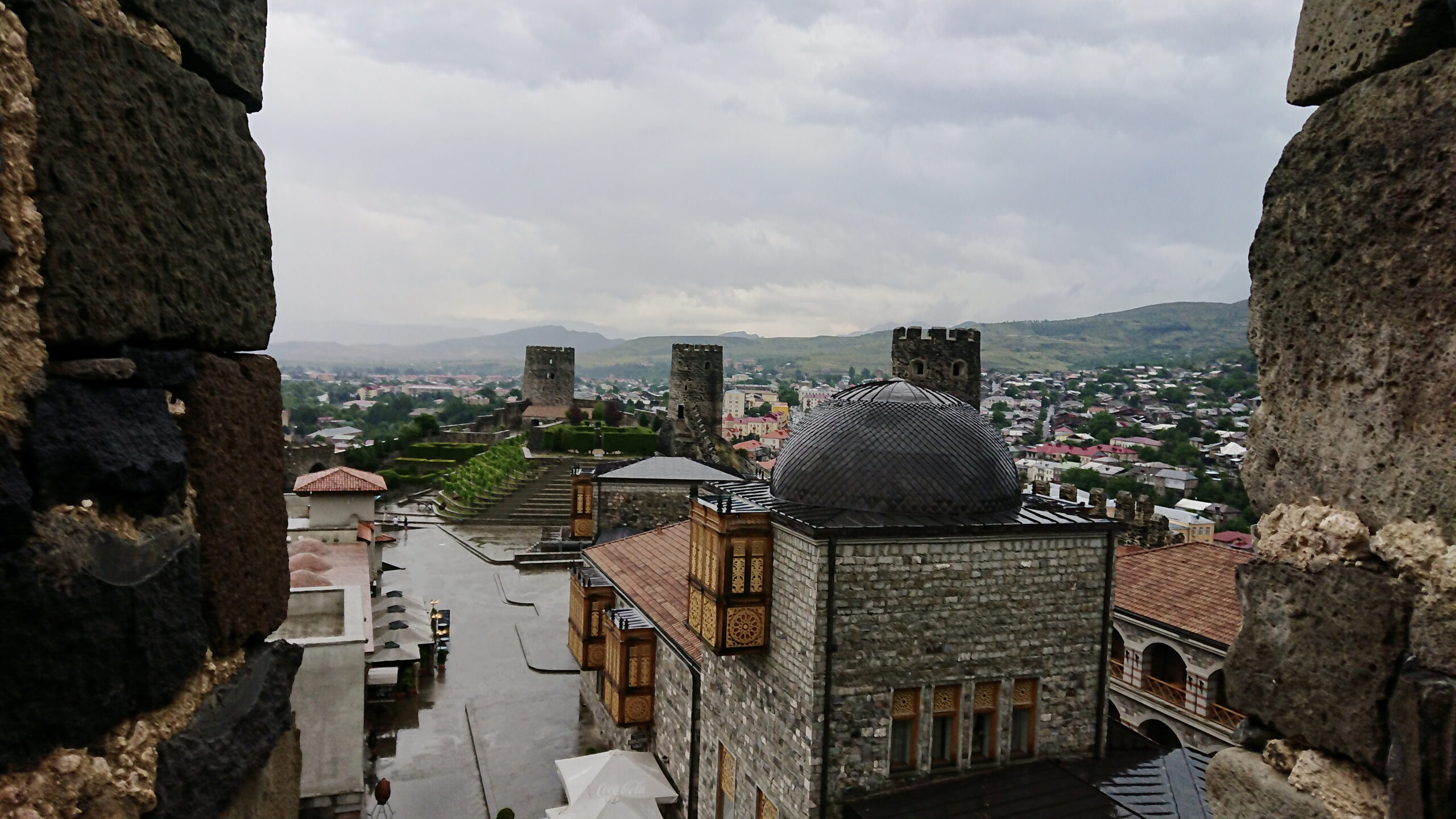
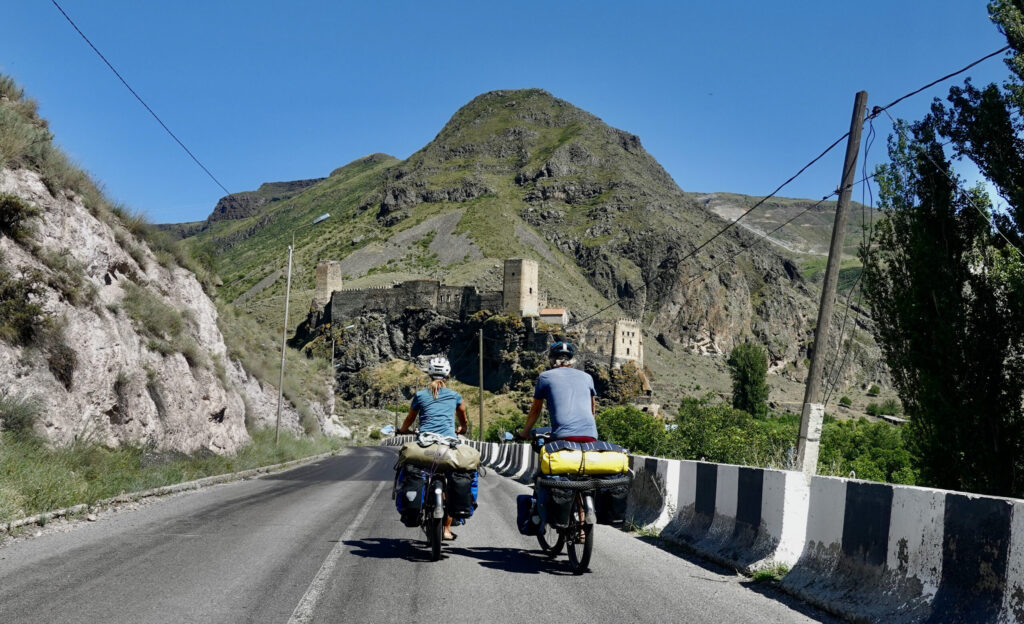
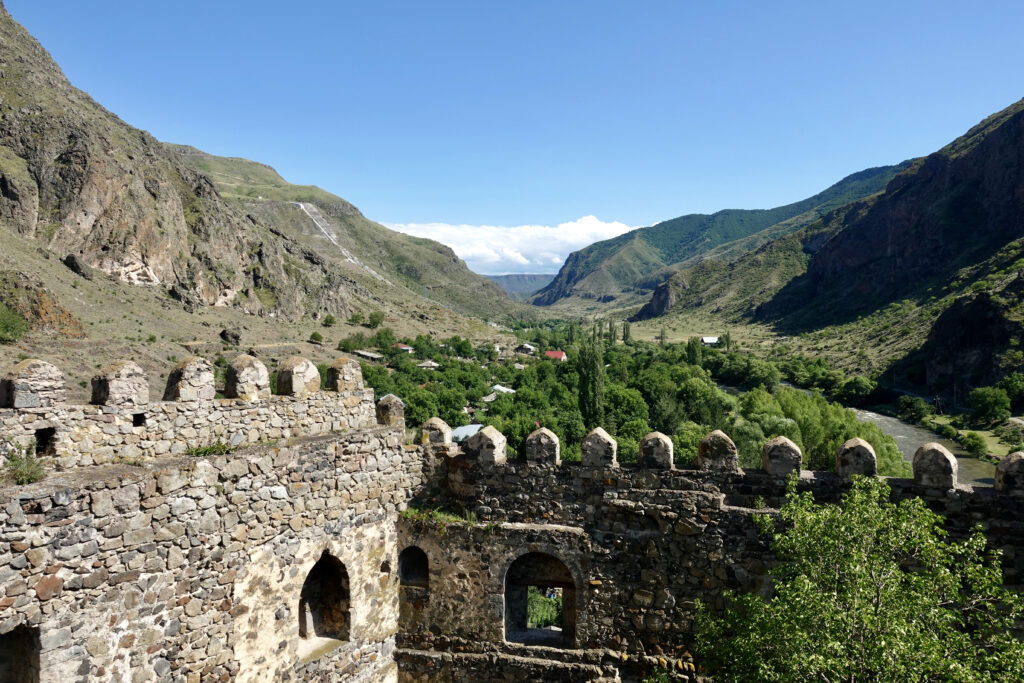
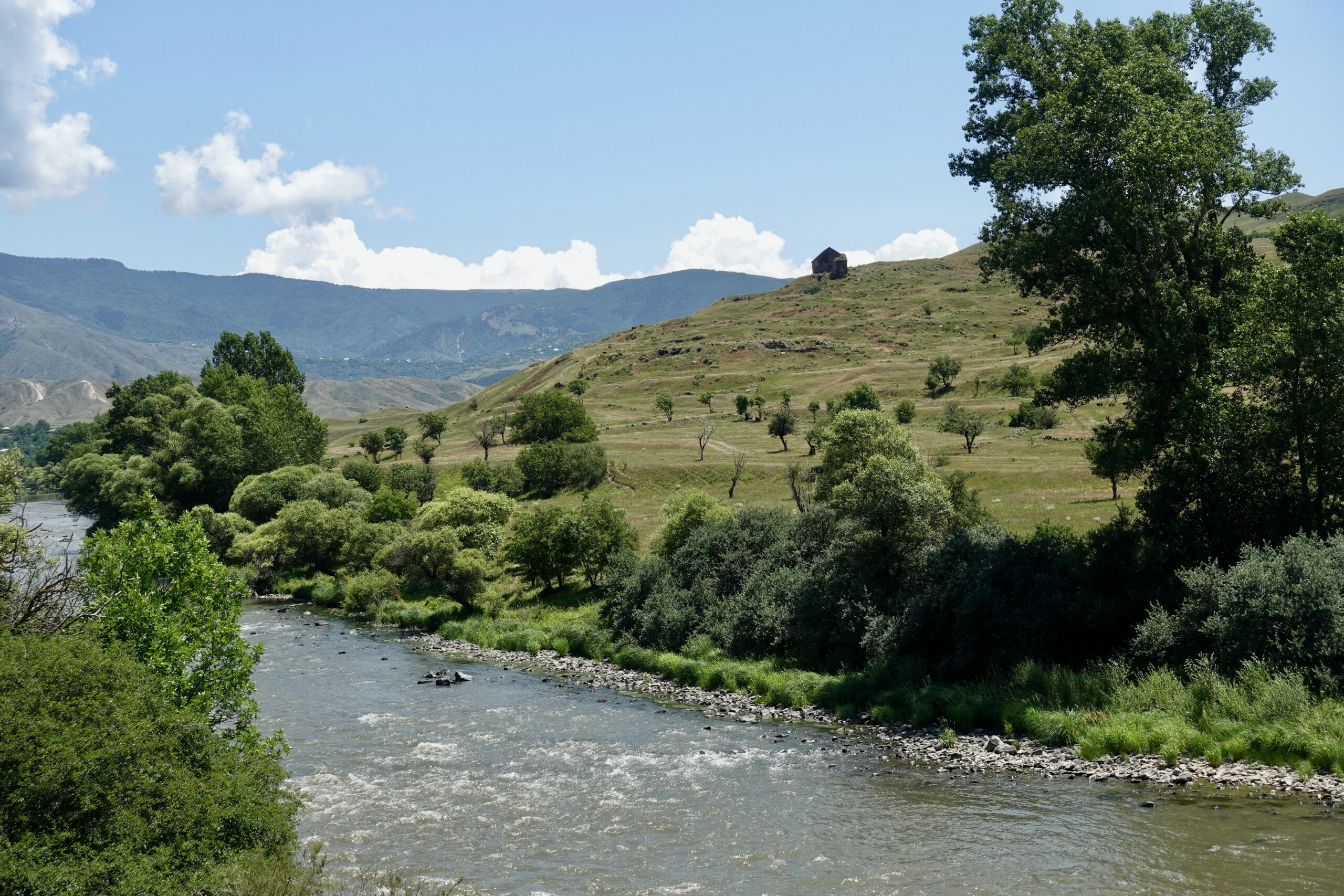

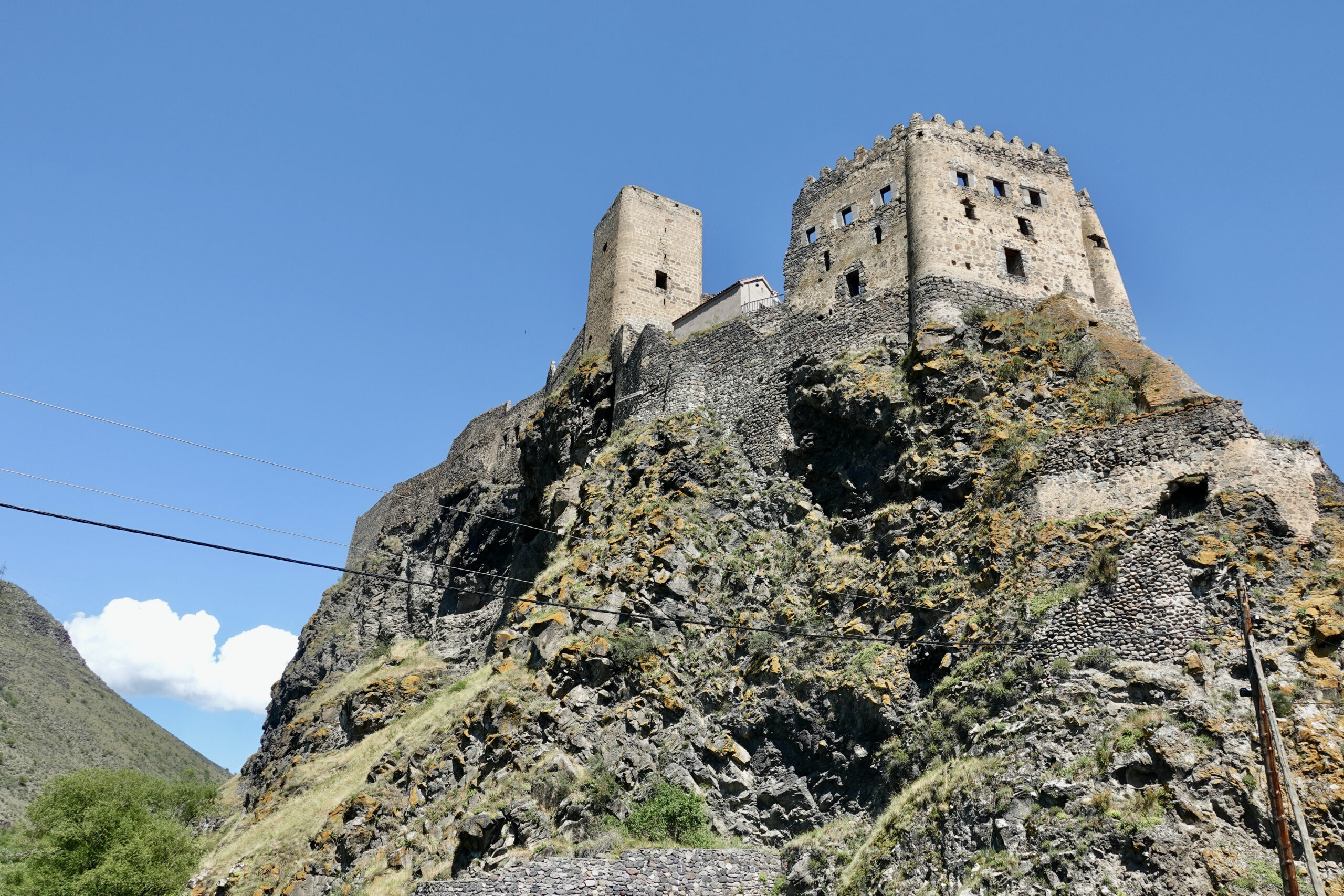
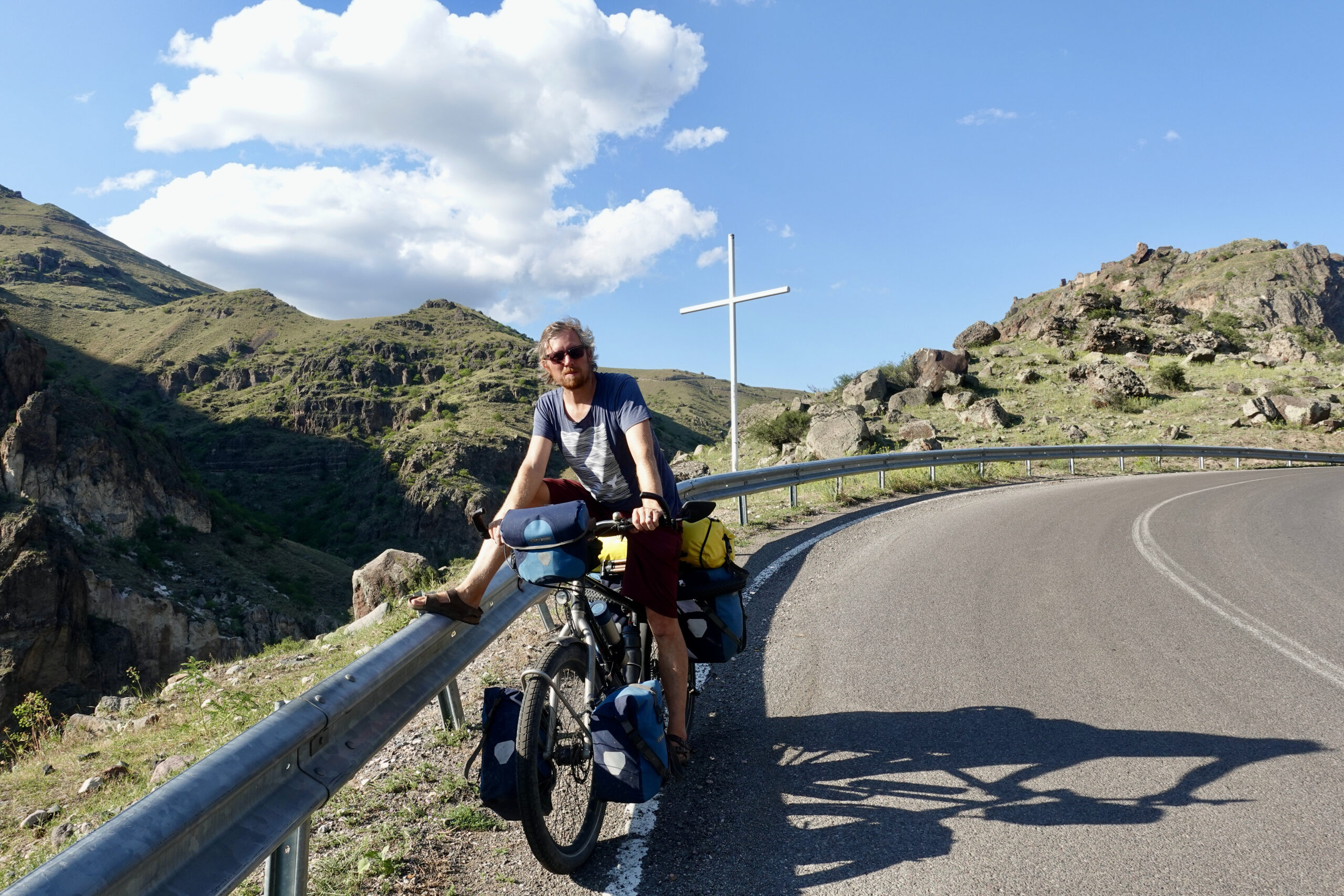
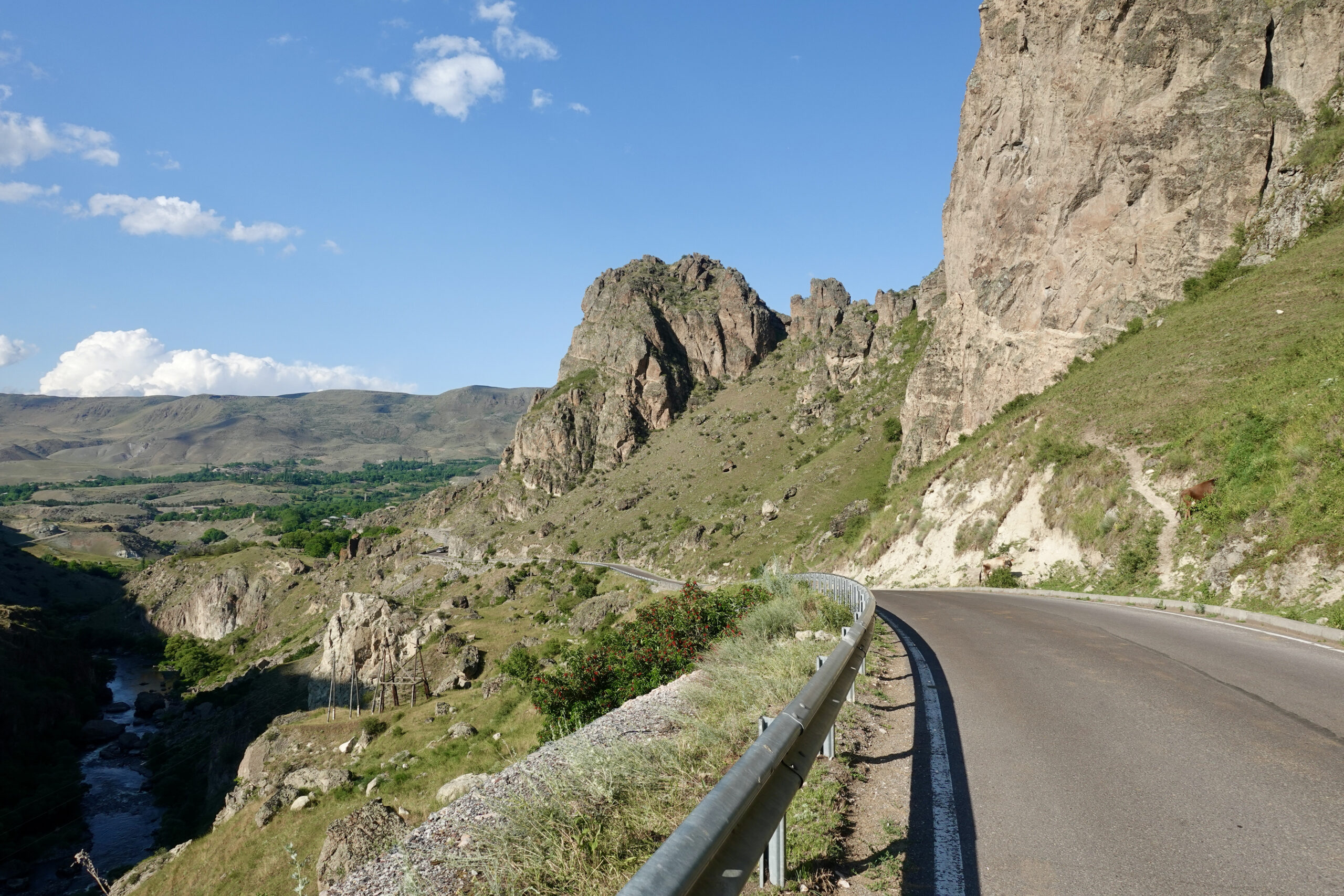
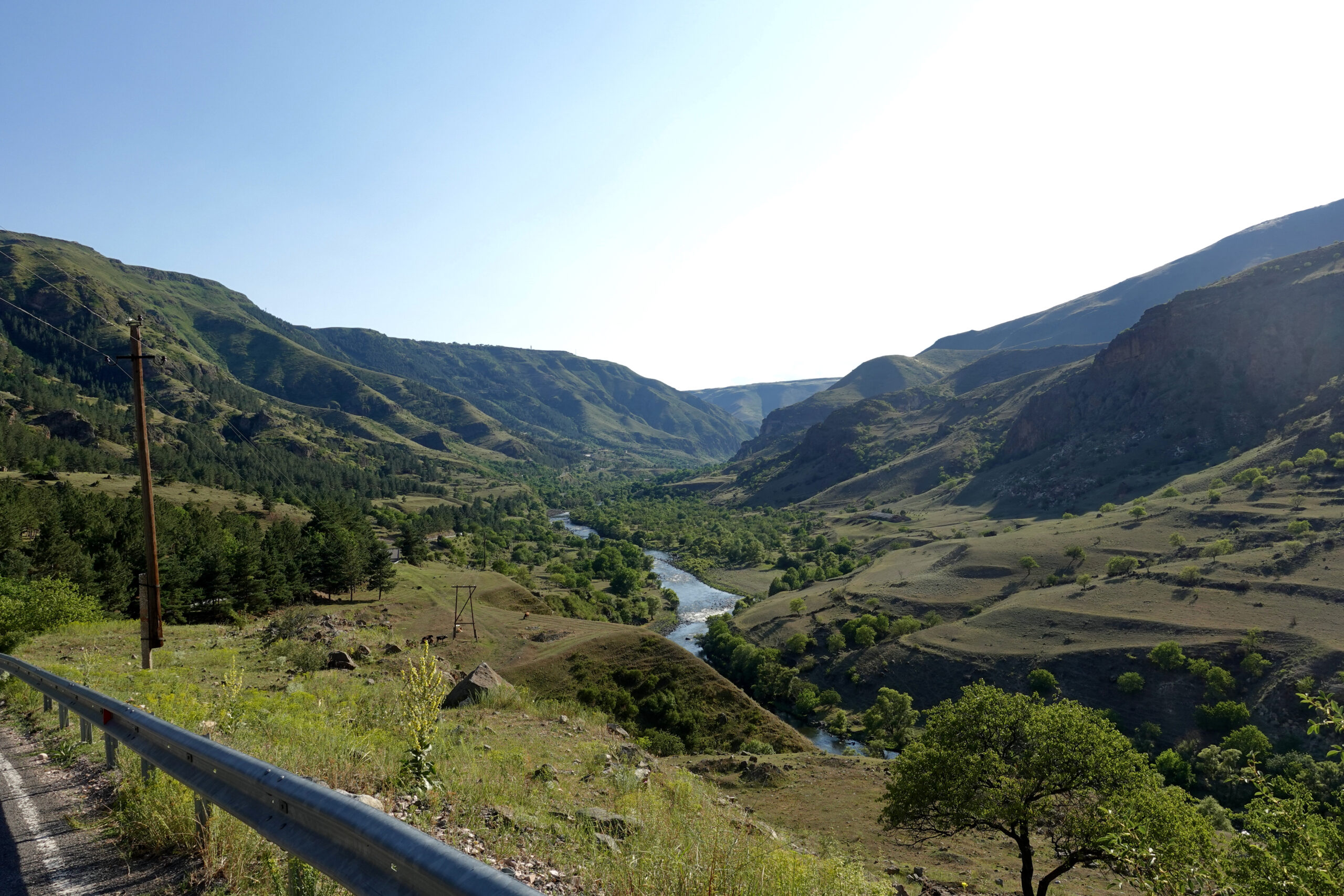
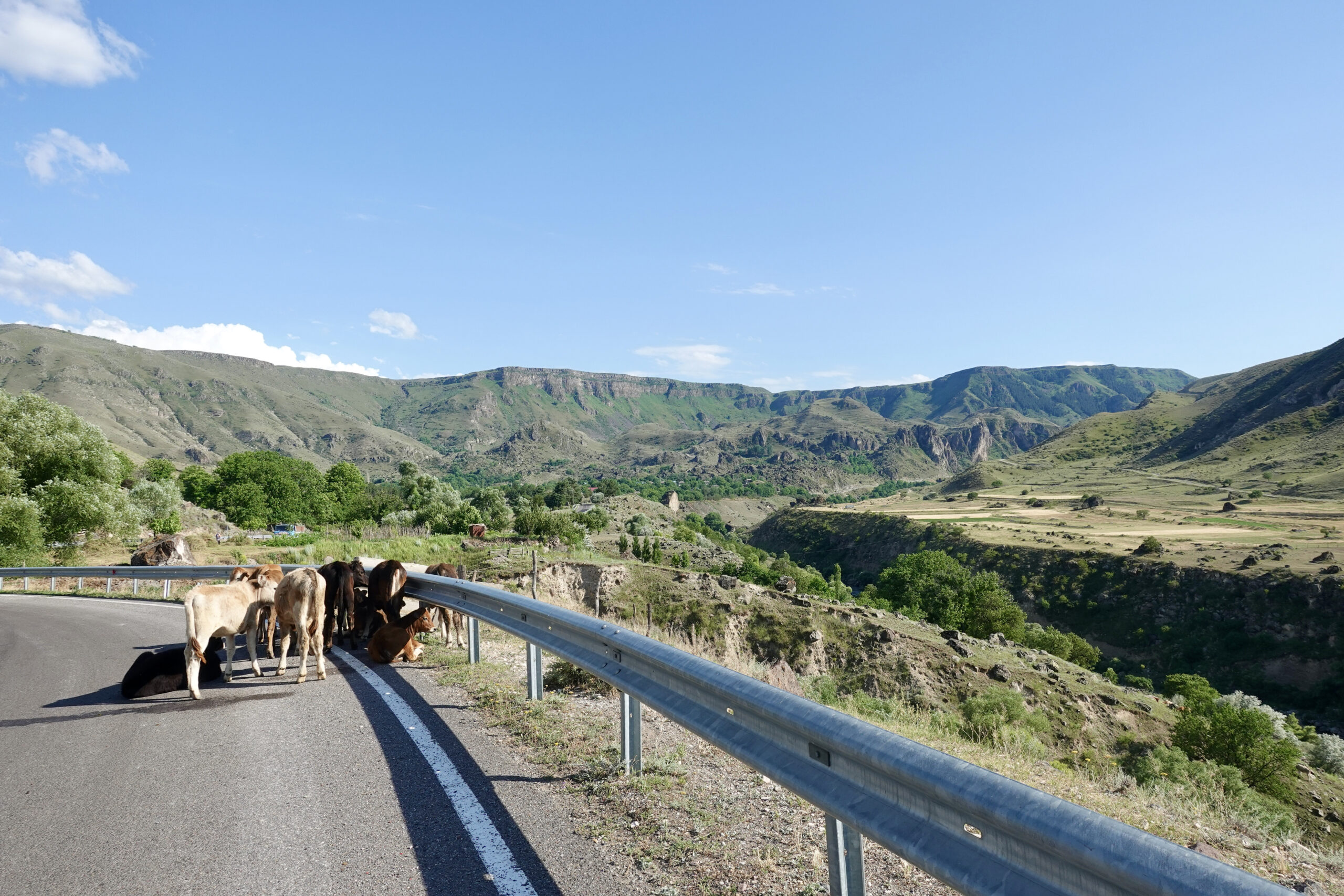


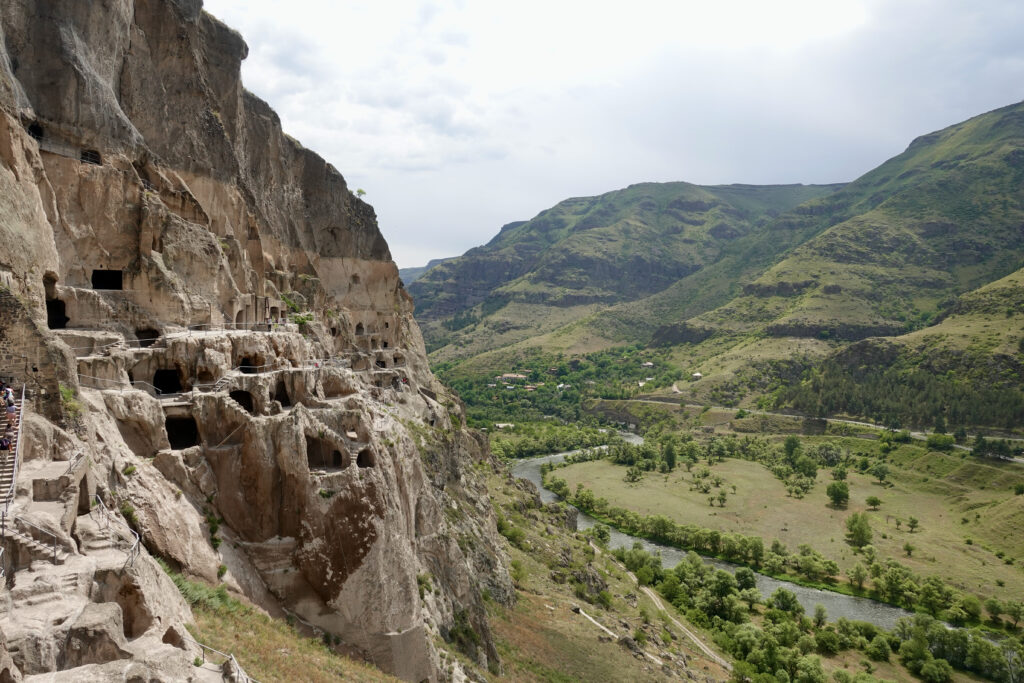
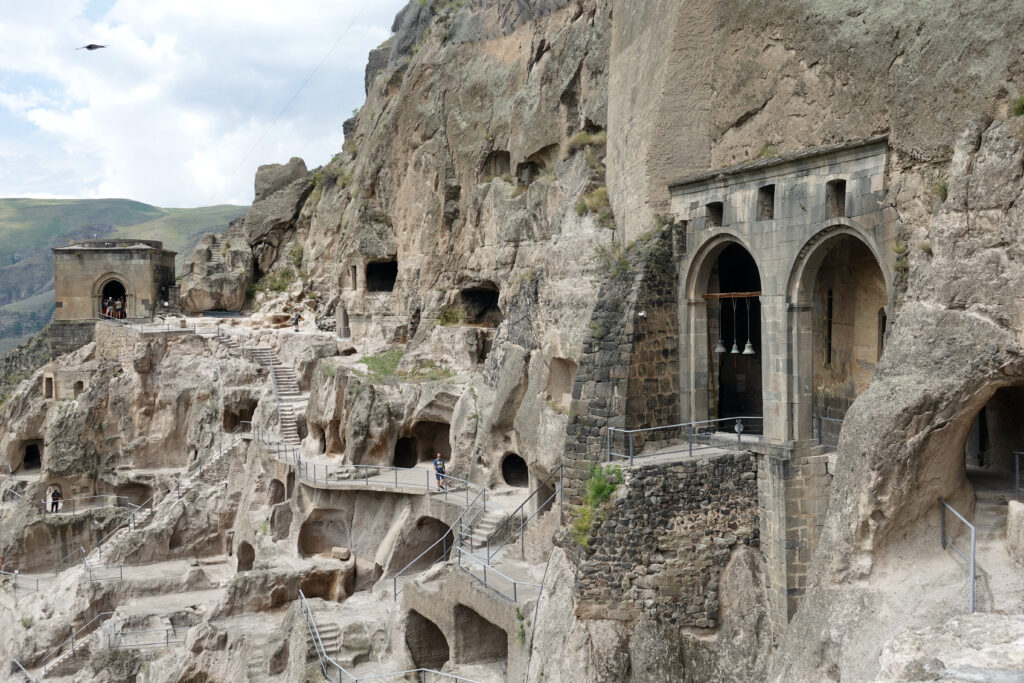

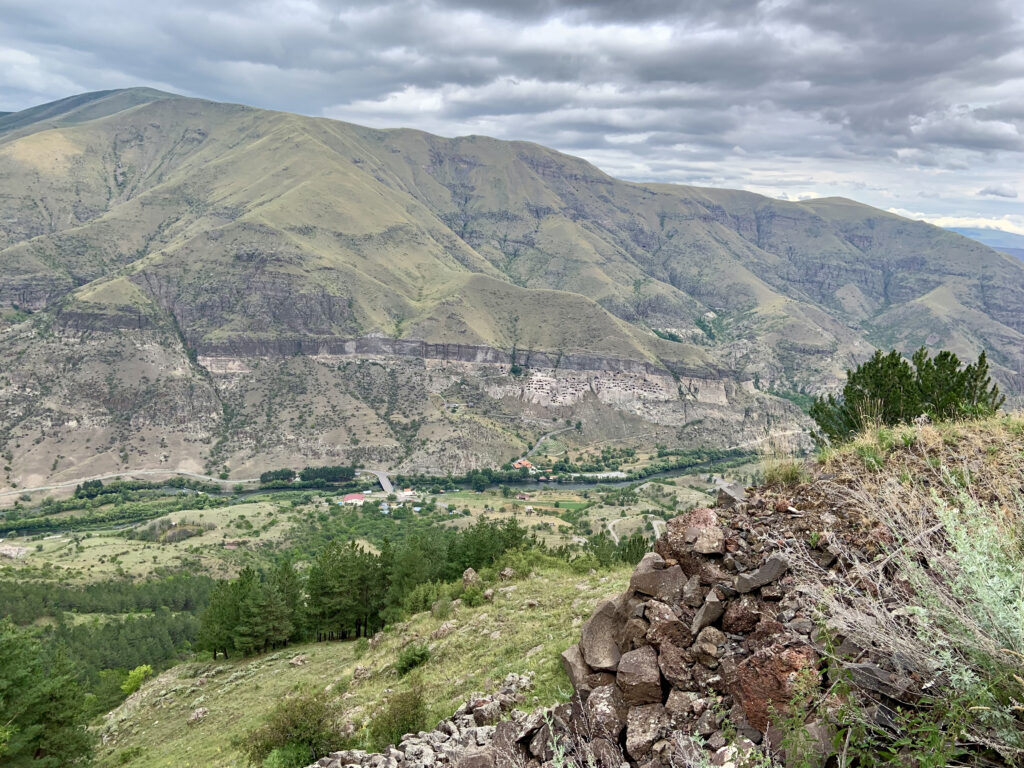
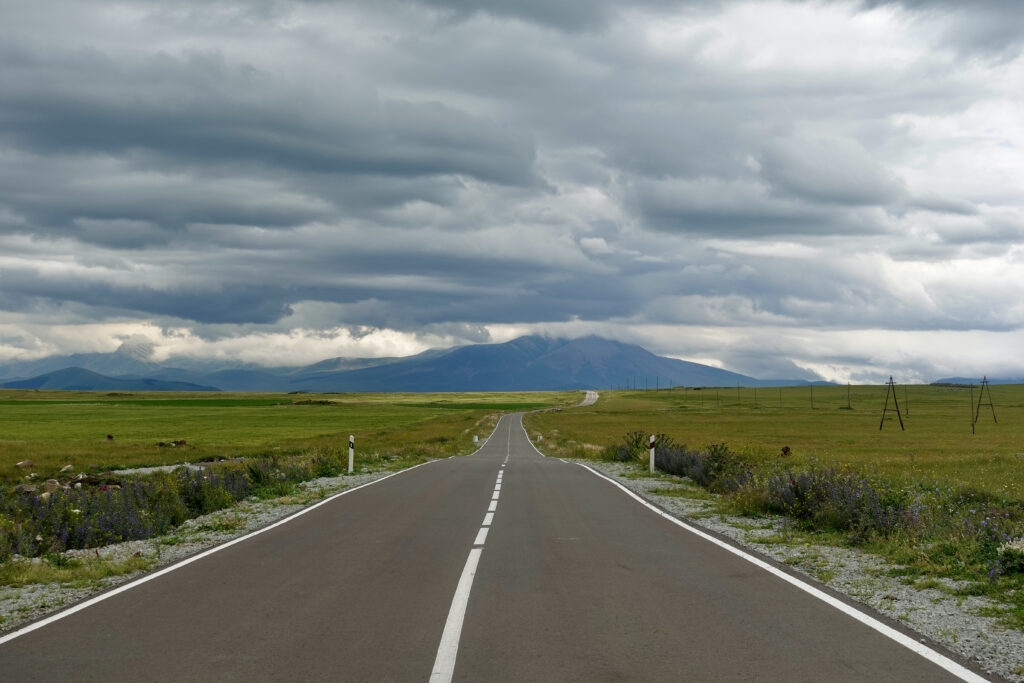
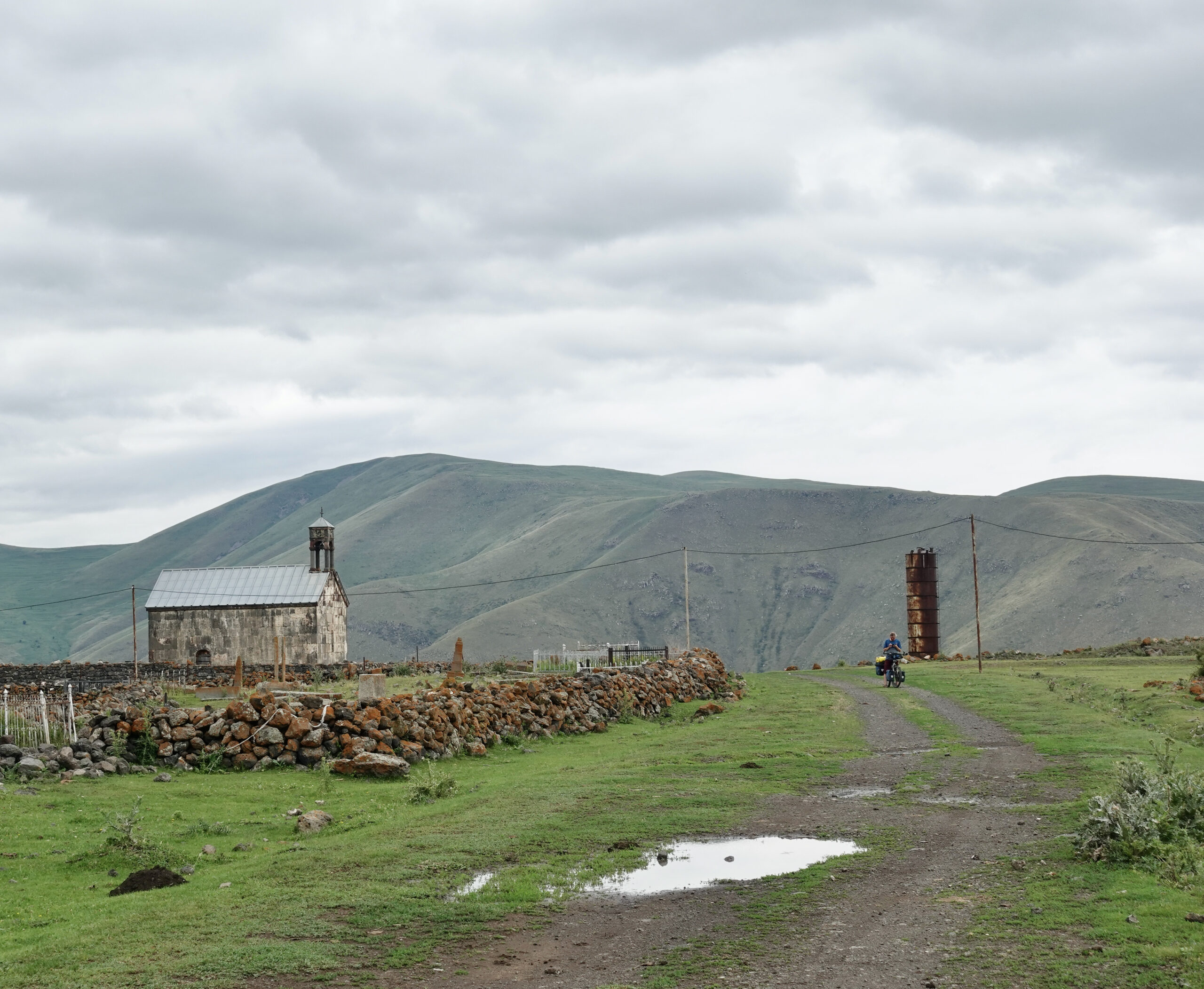
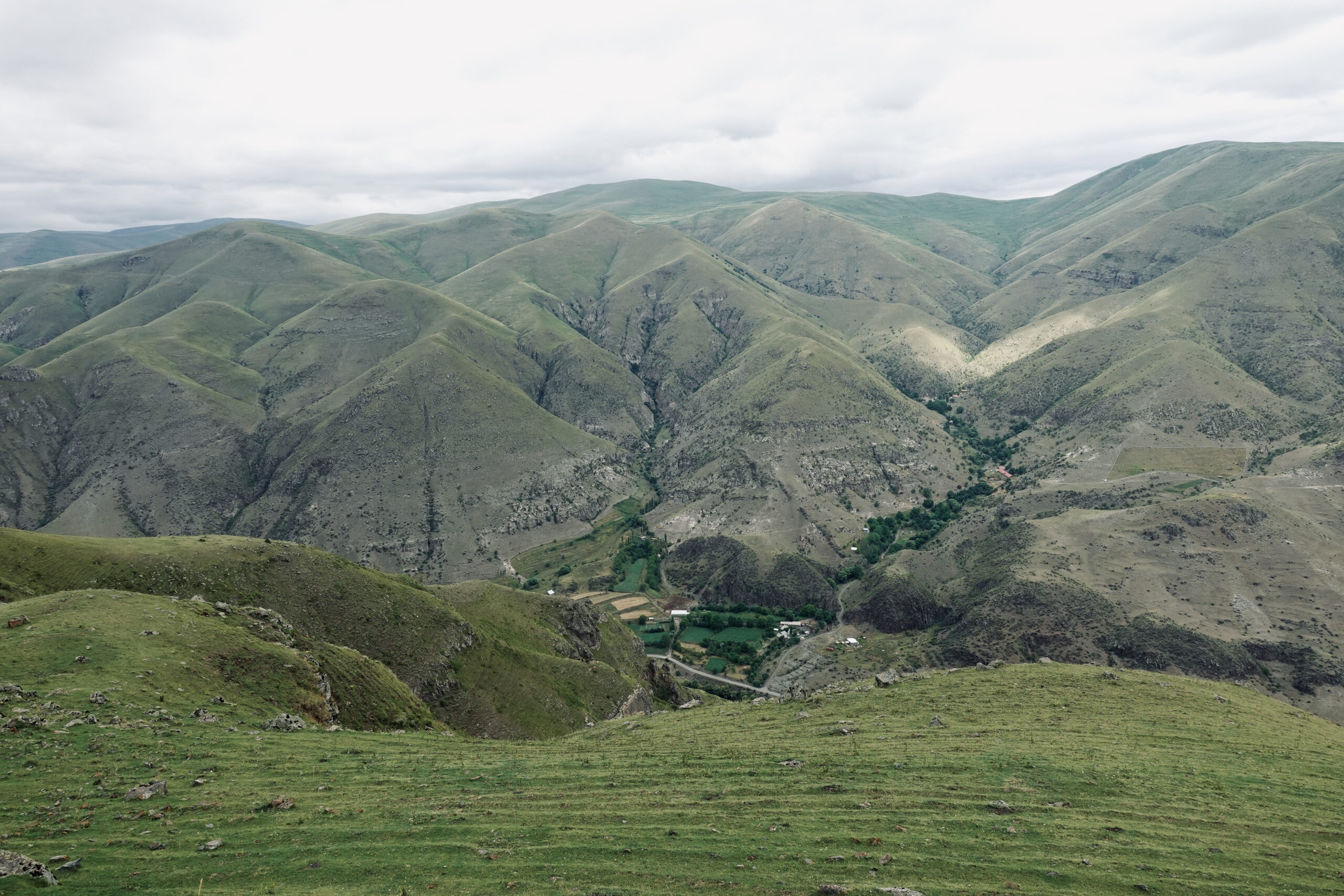
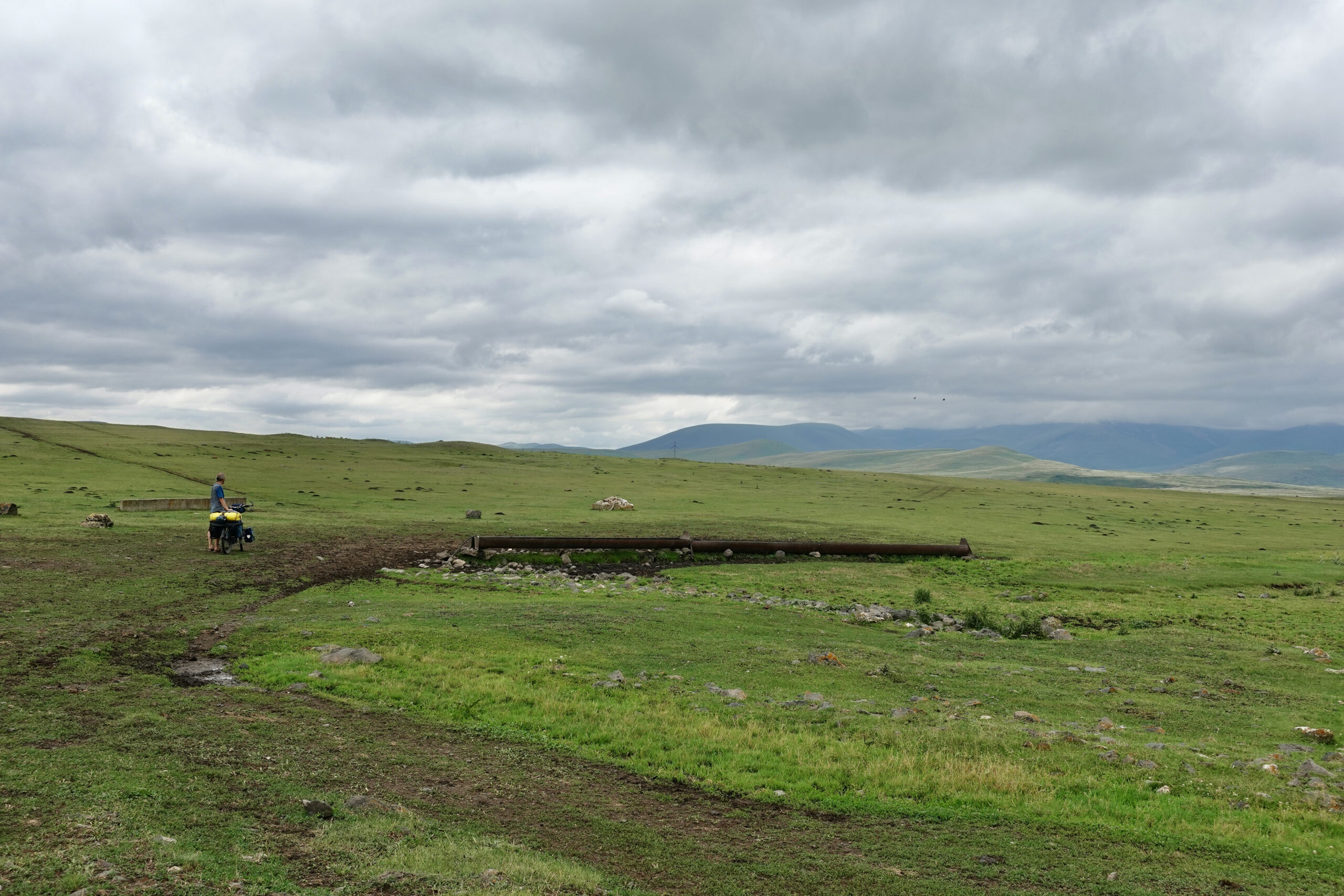
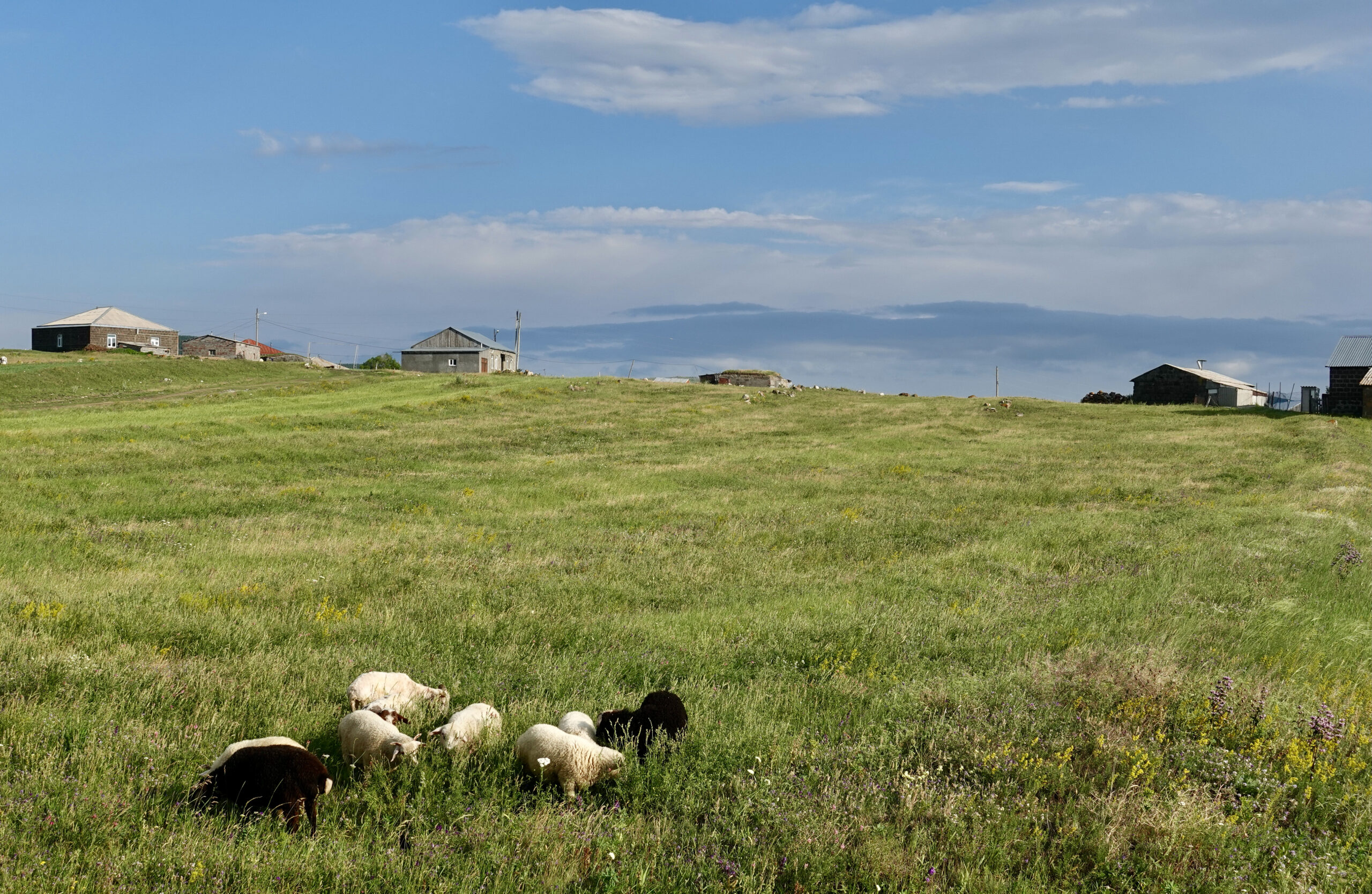

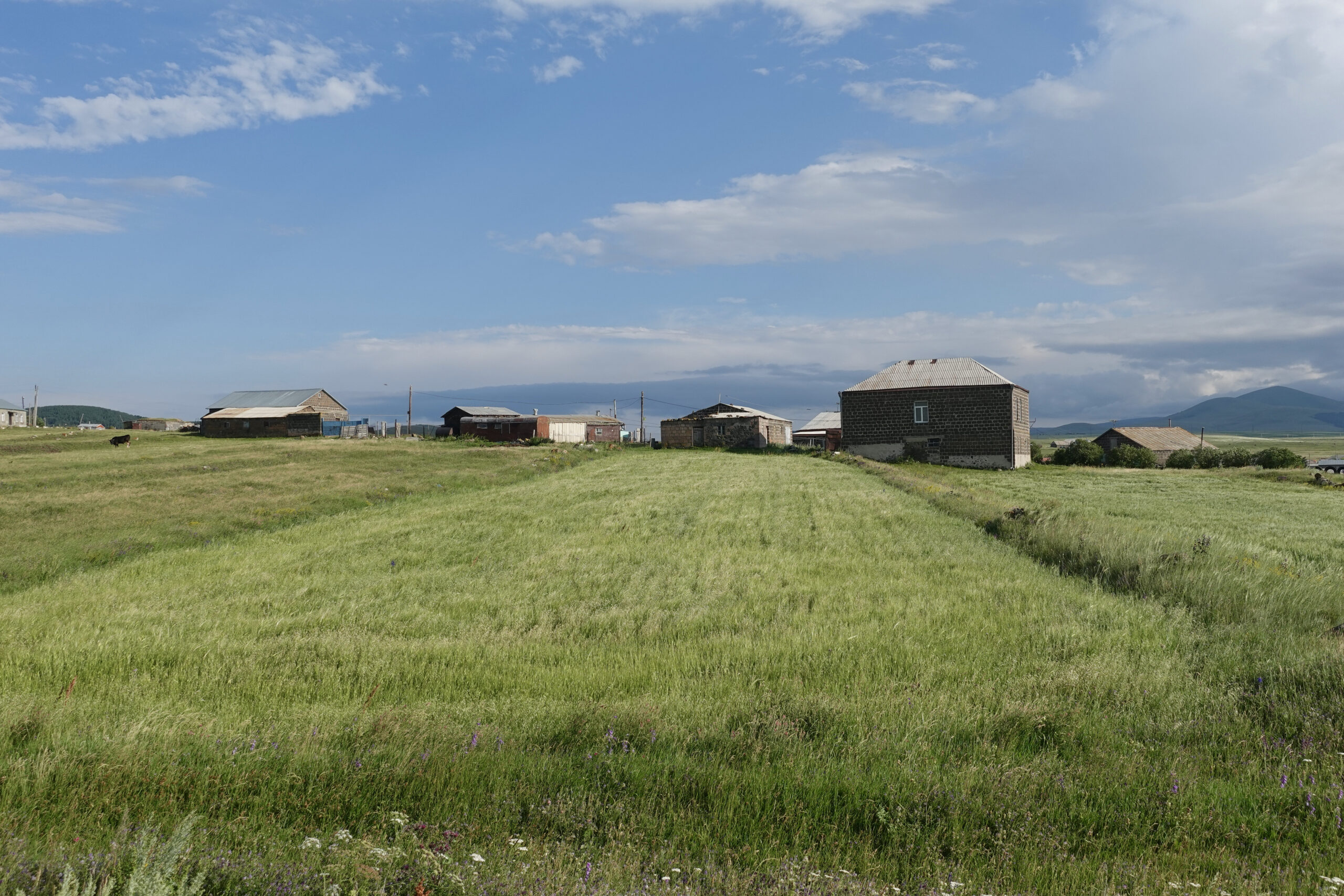
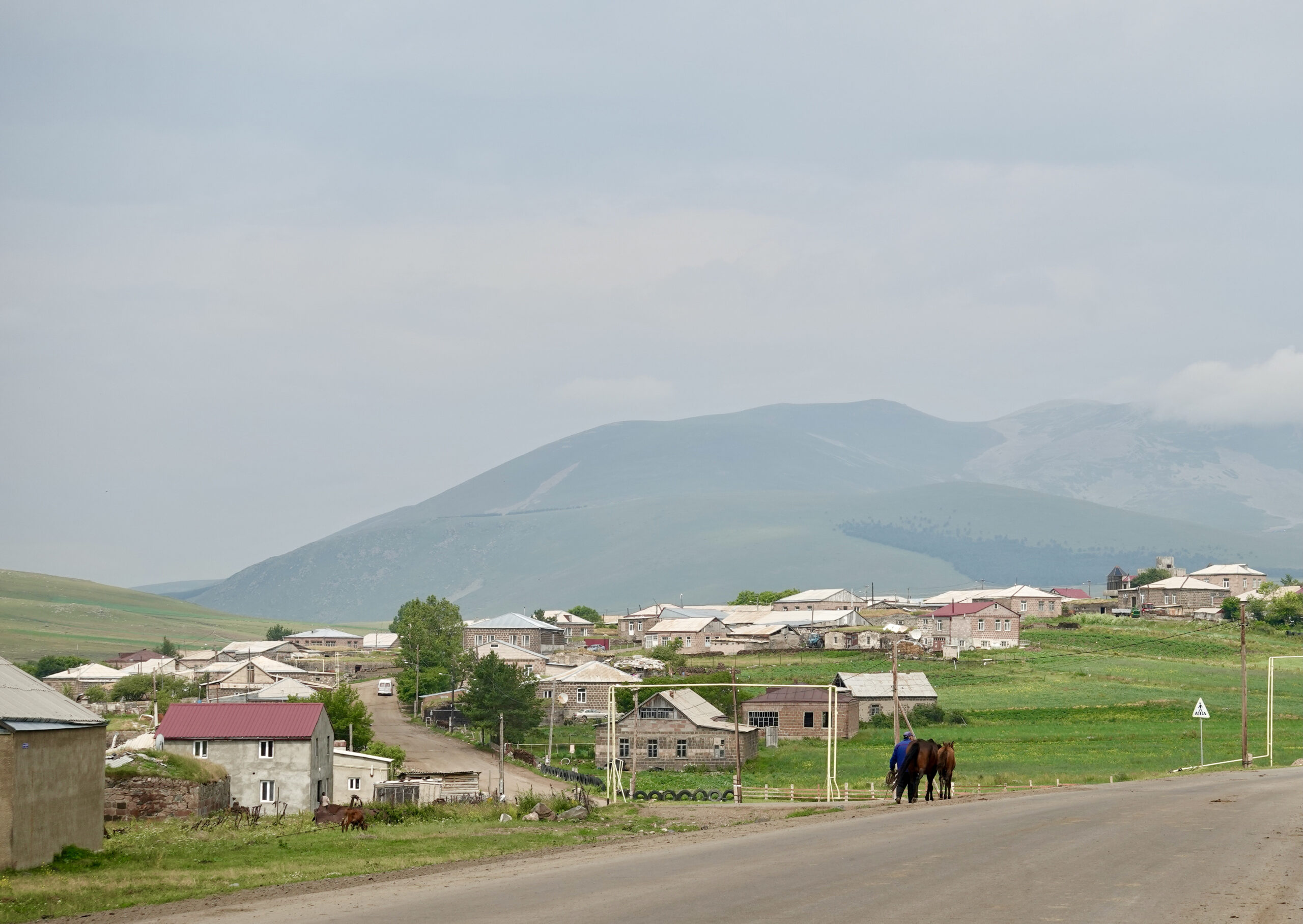
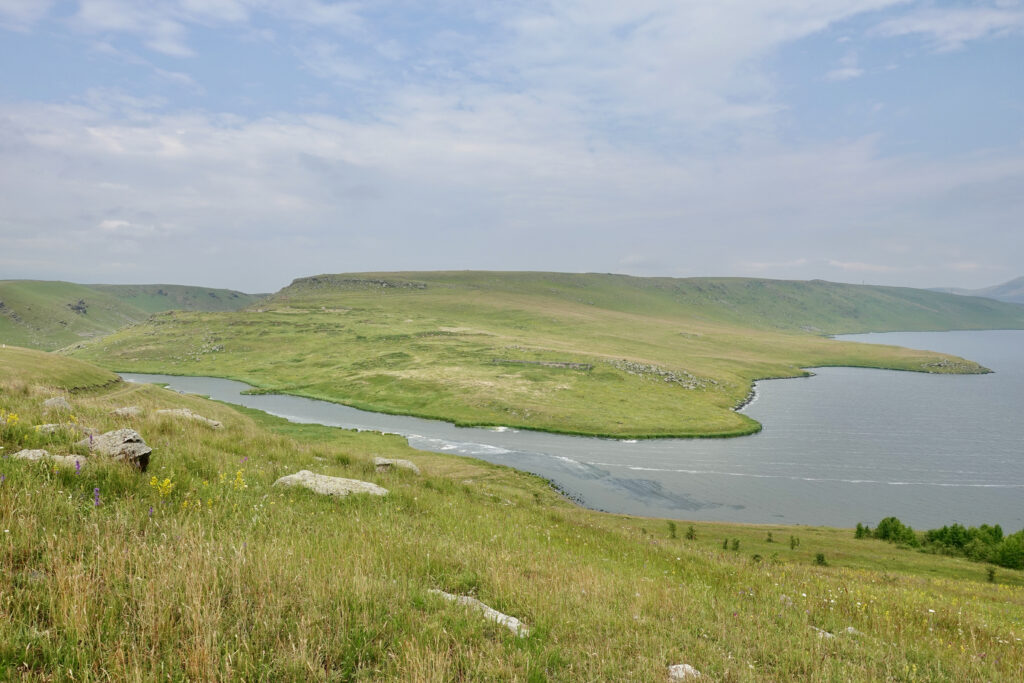
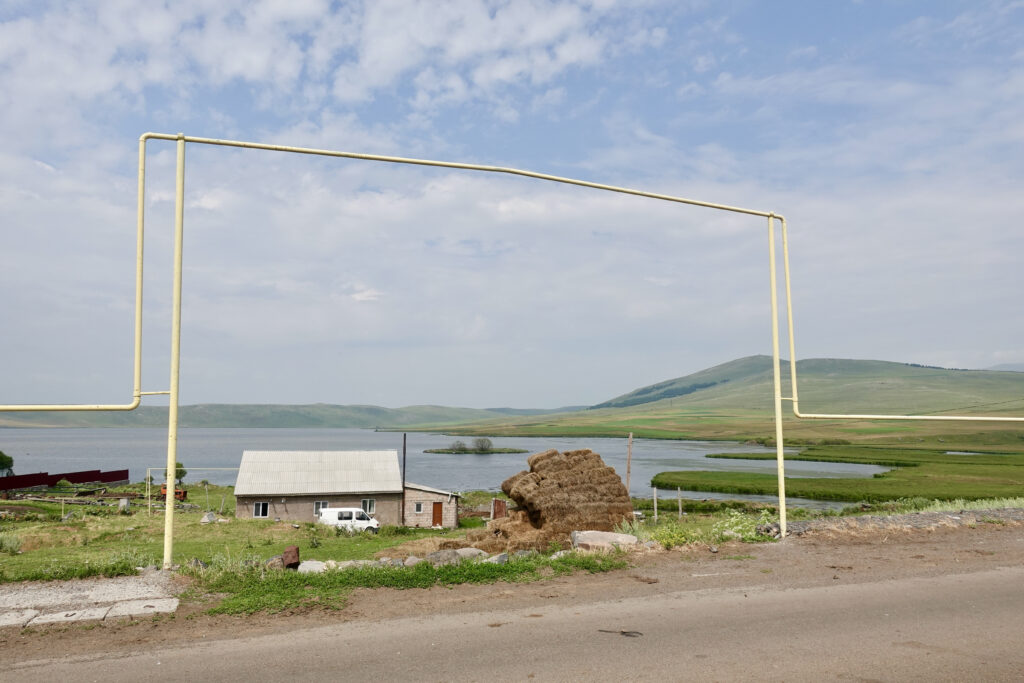

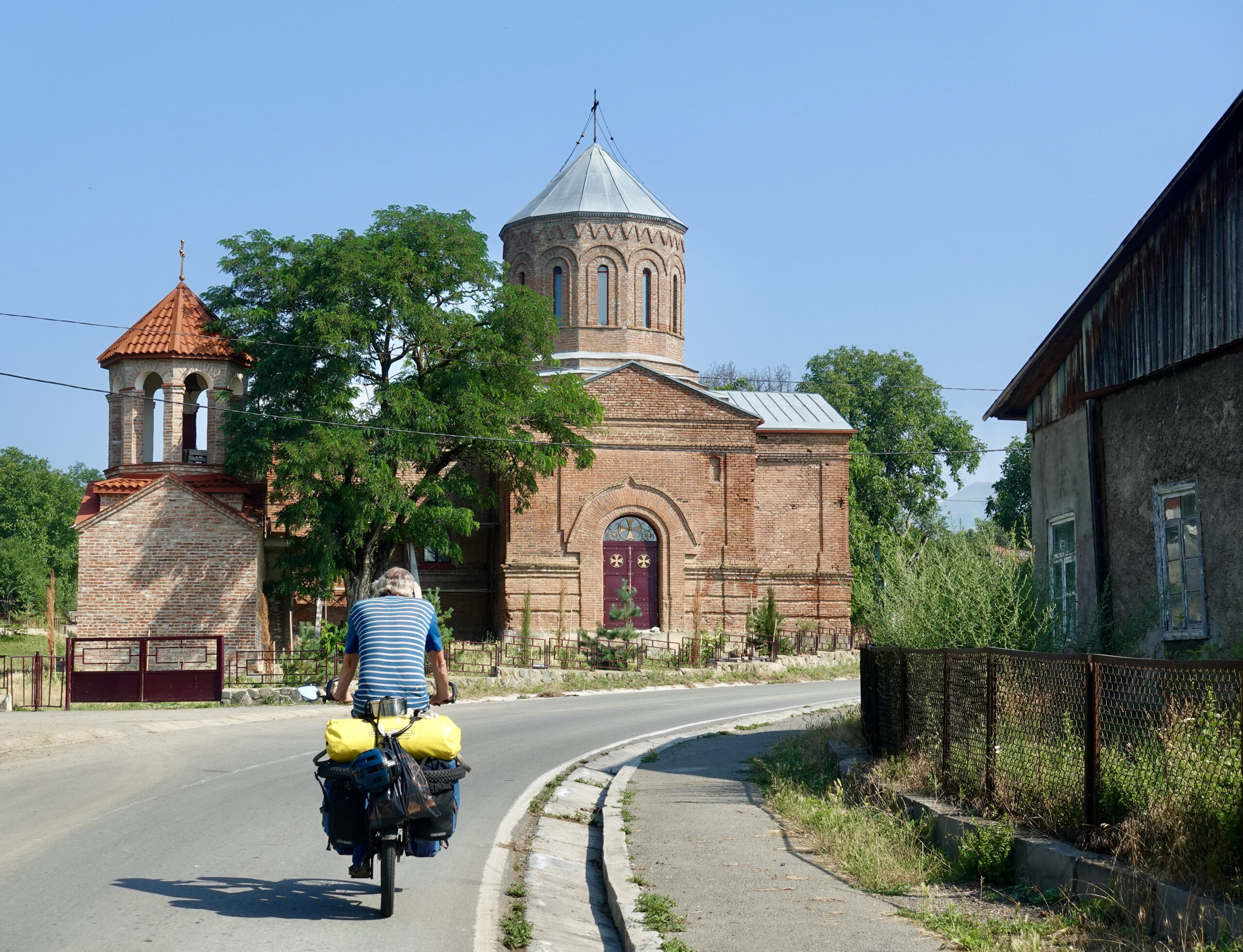
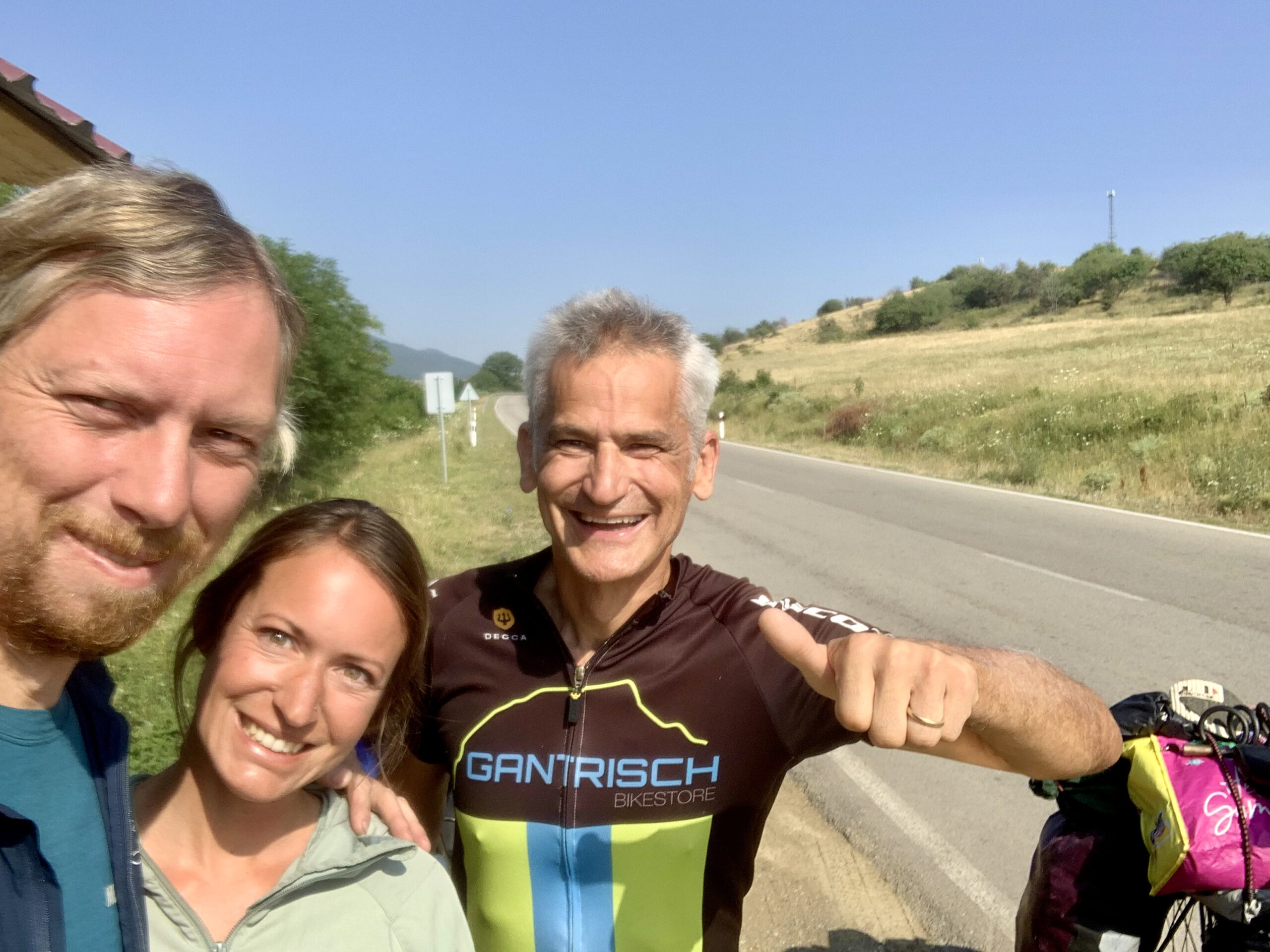
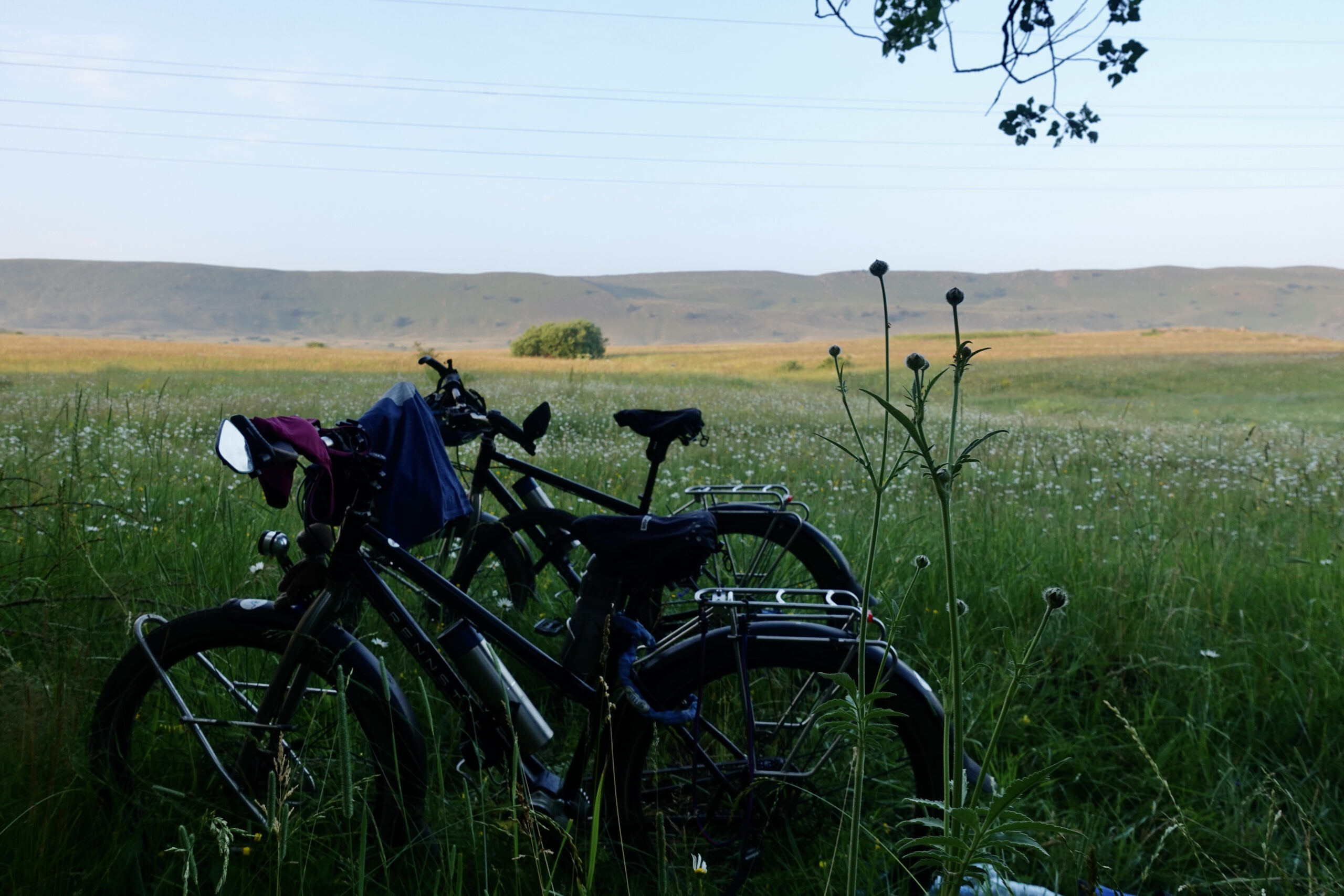

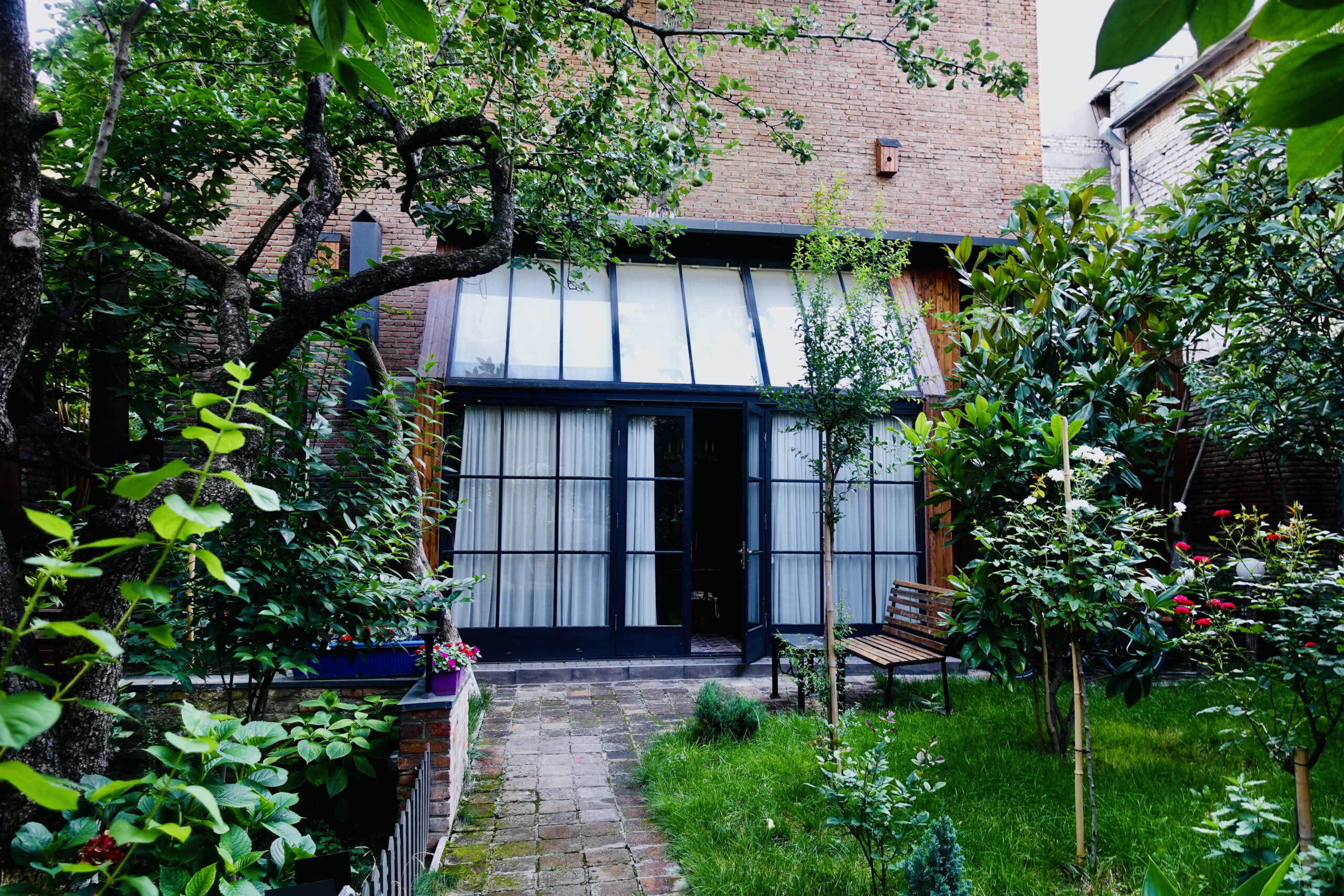
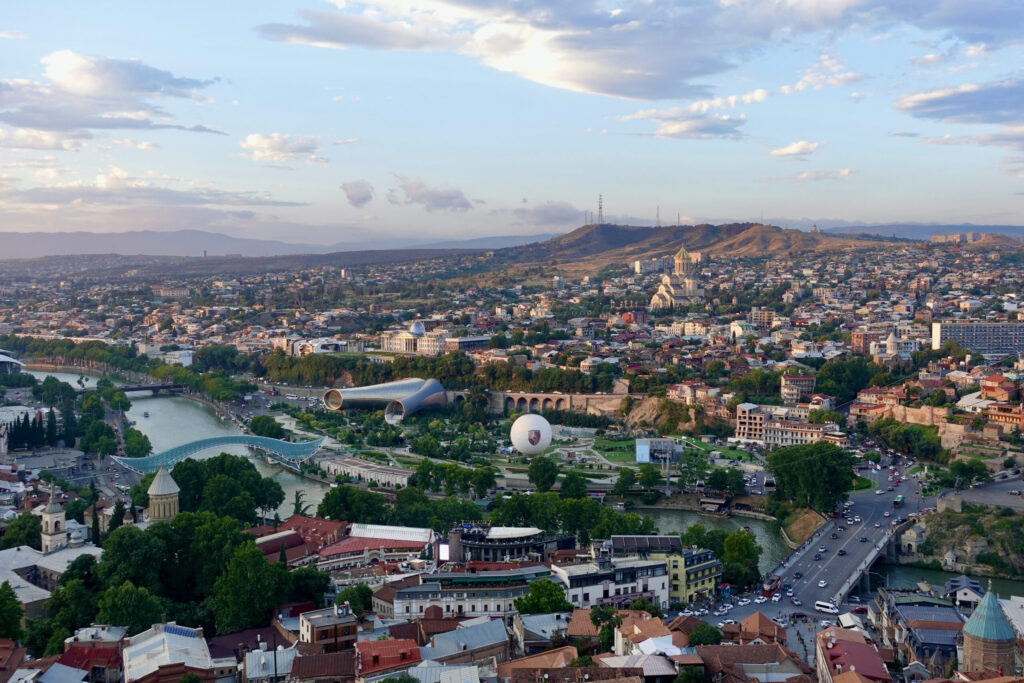


Leave a Reply